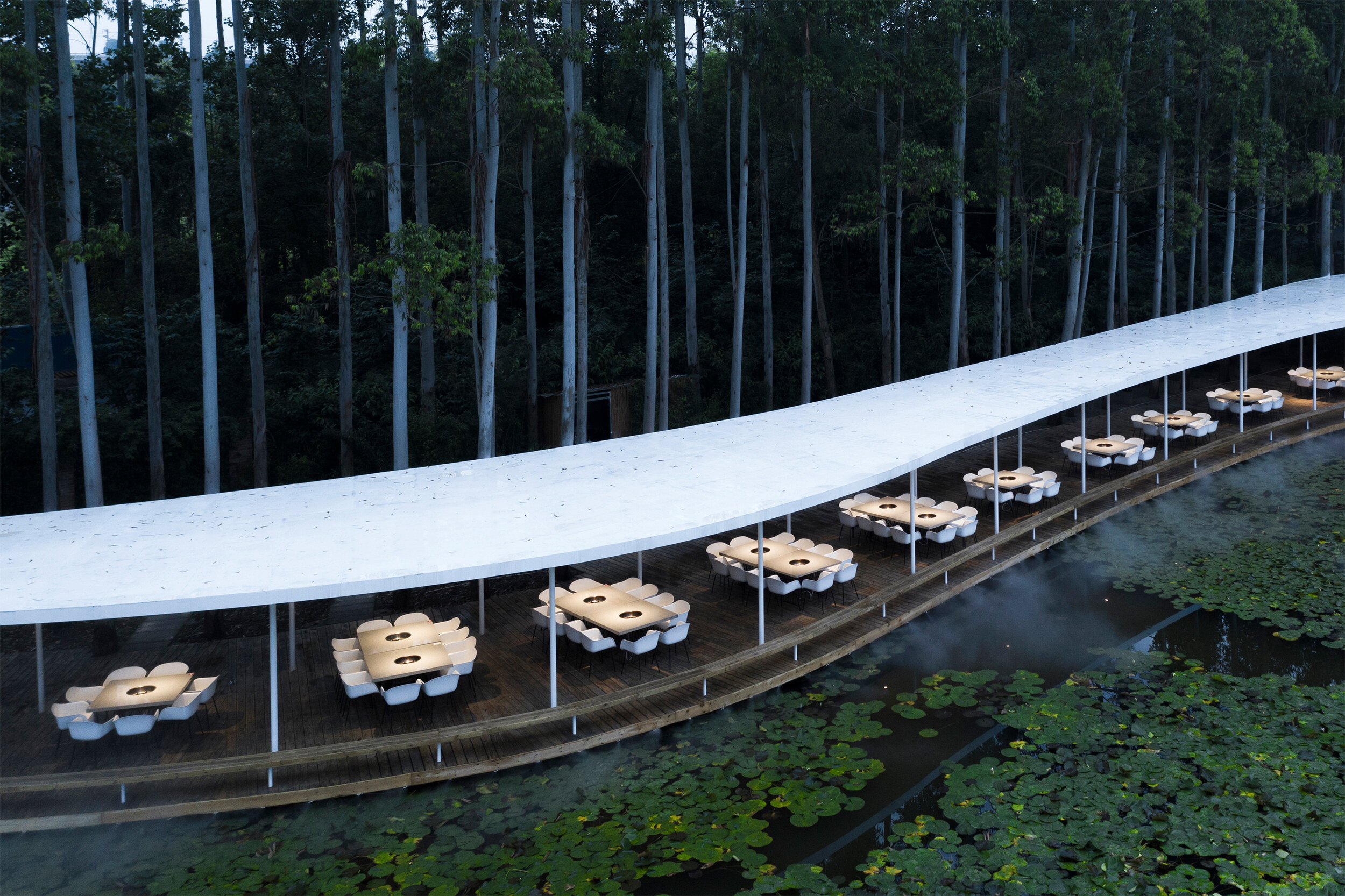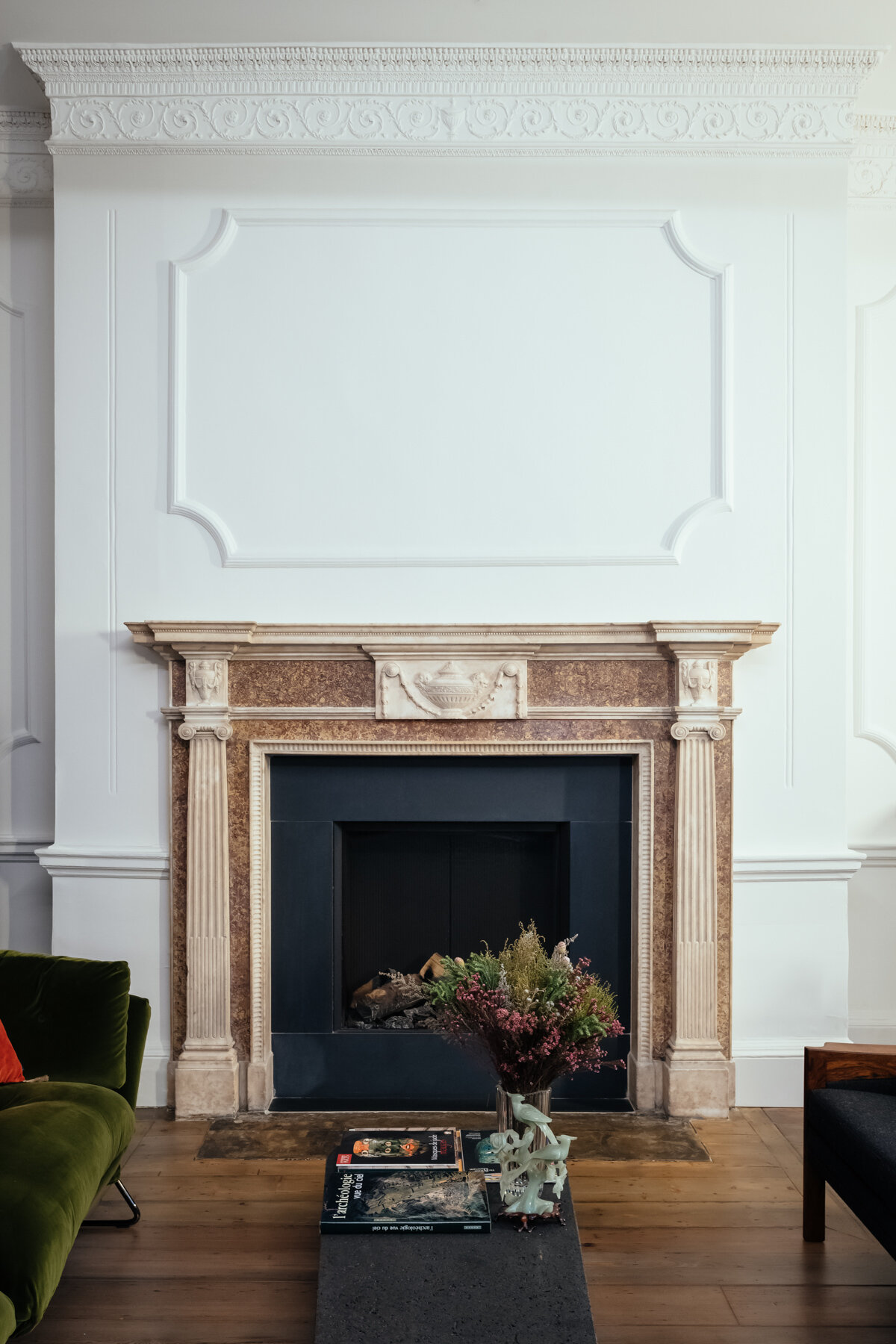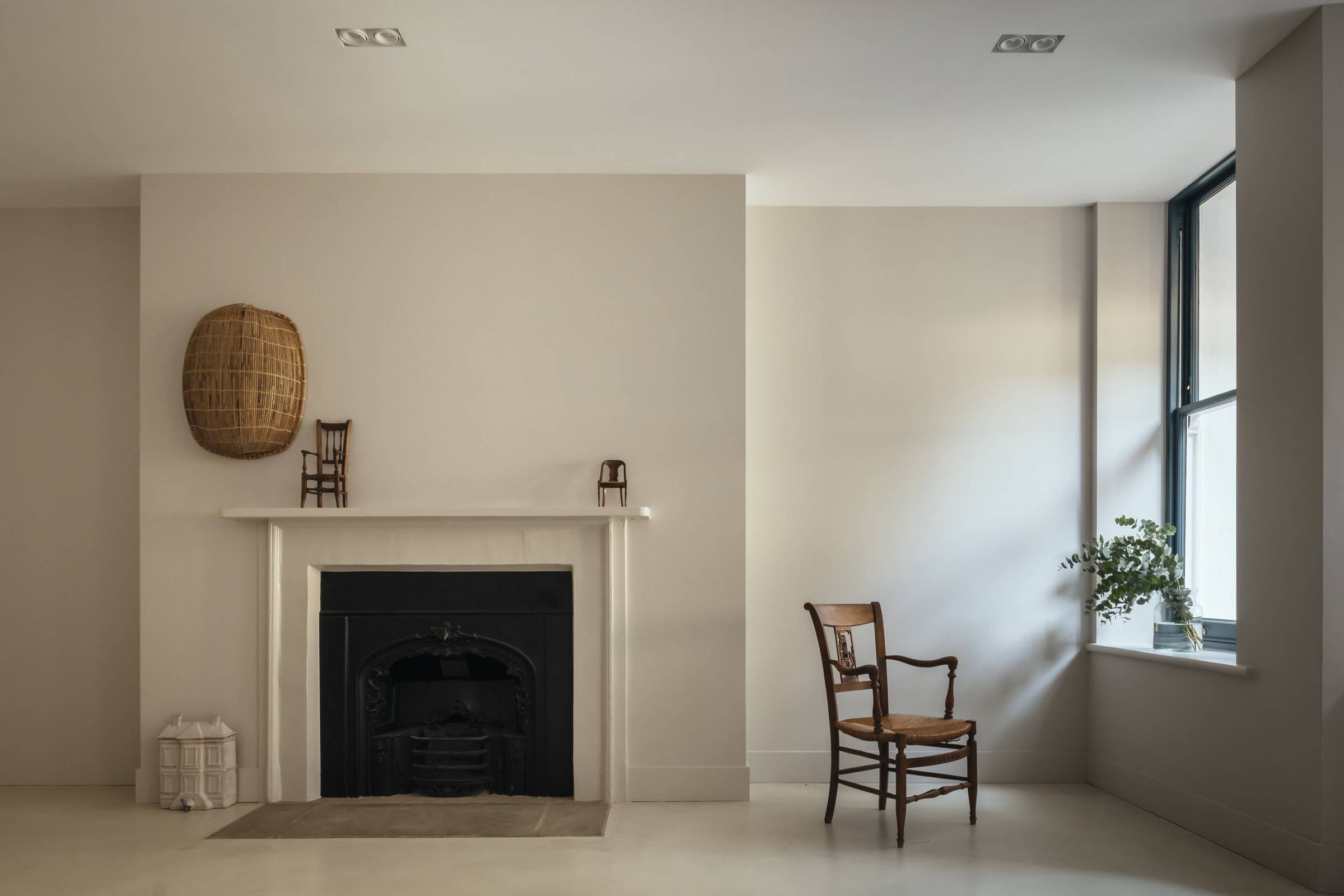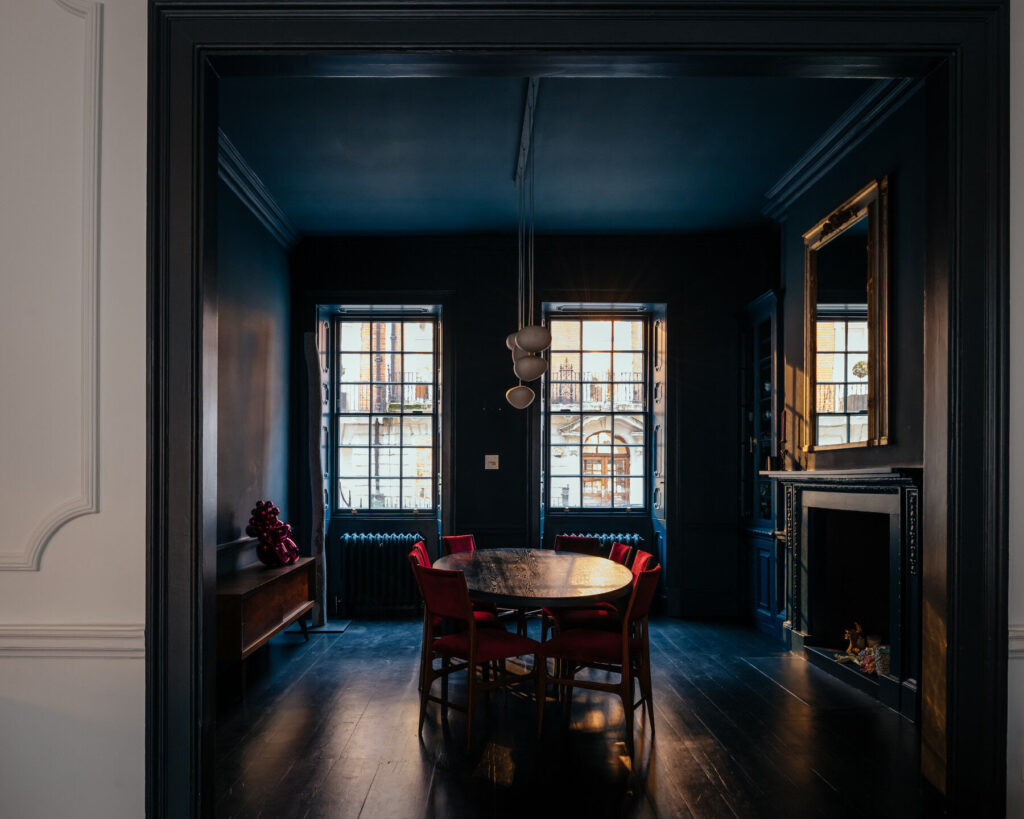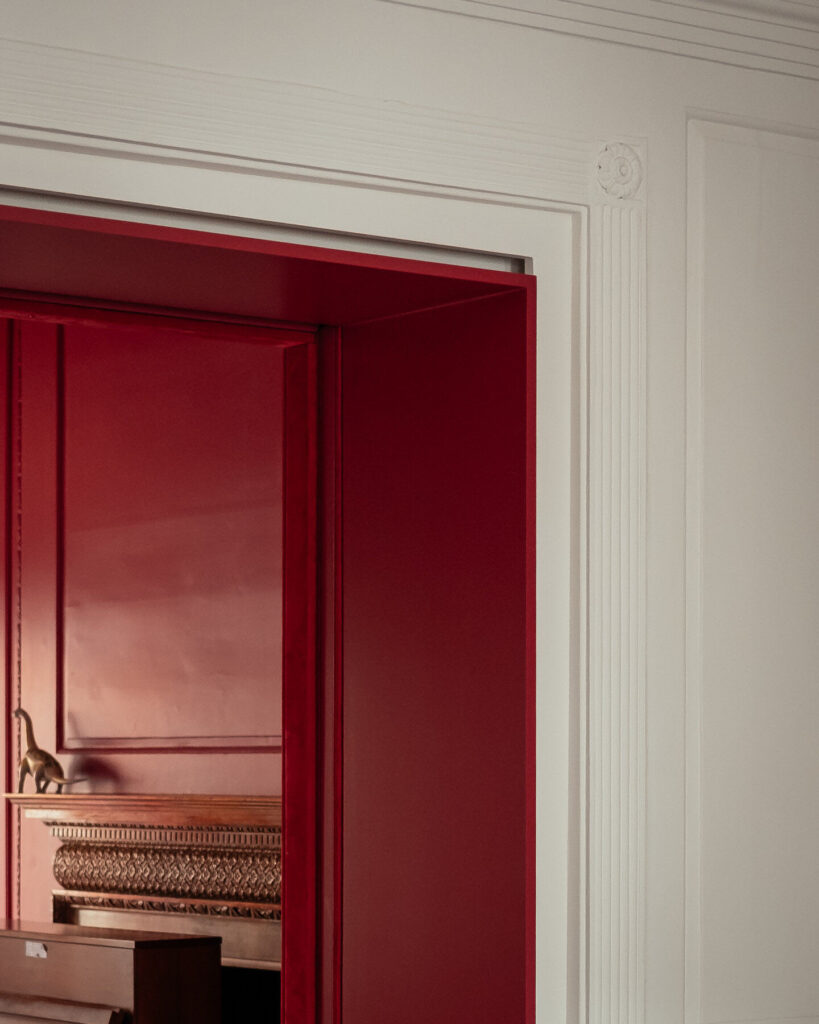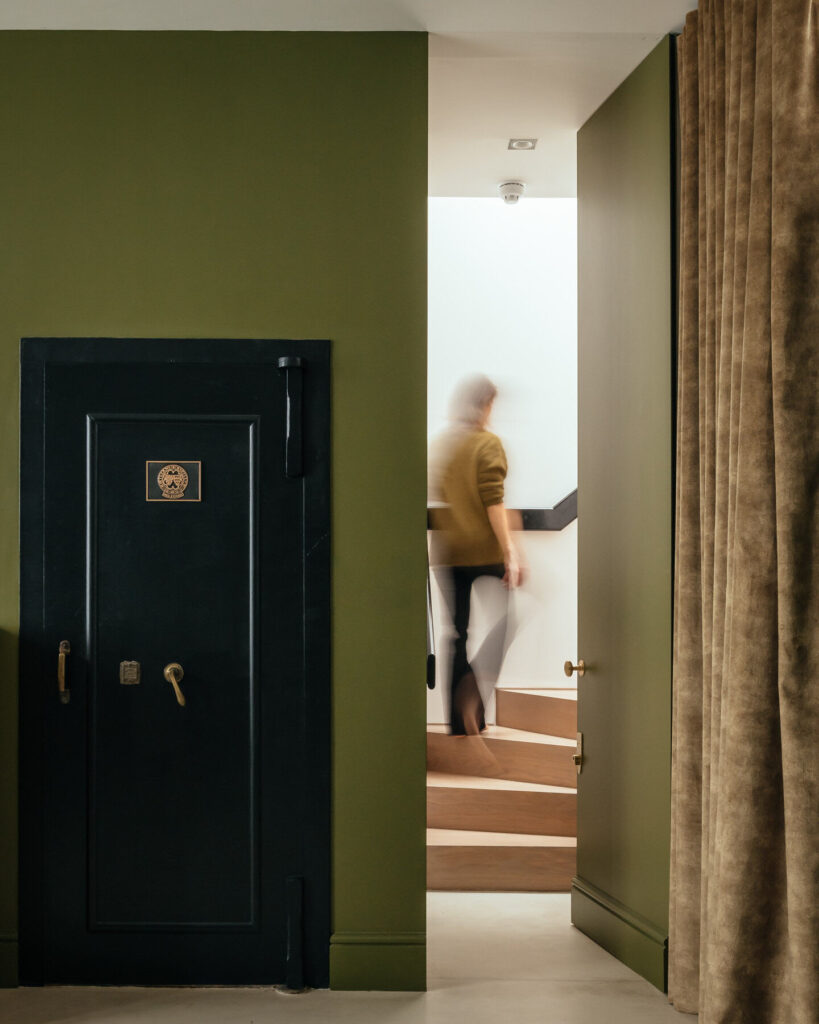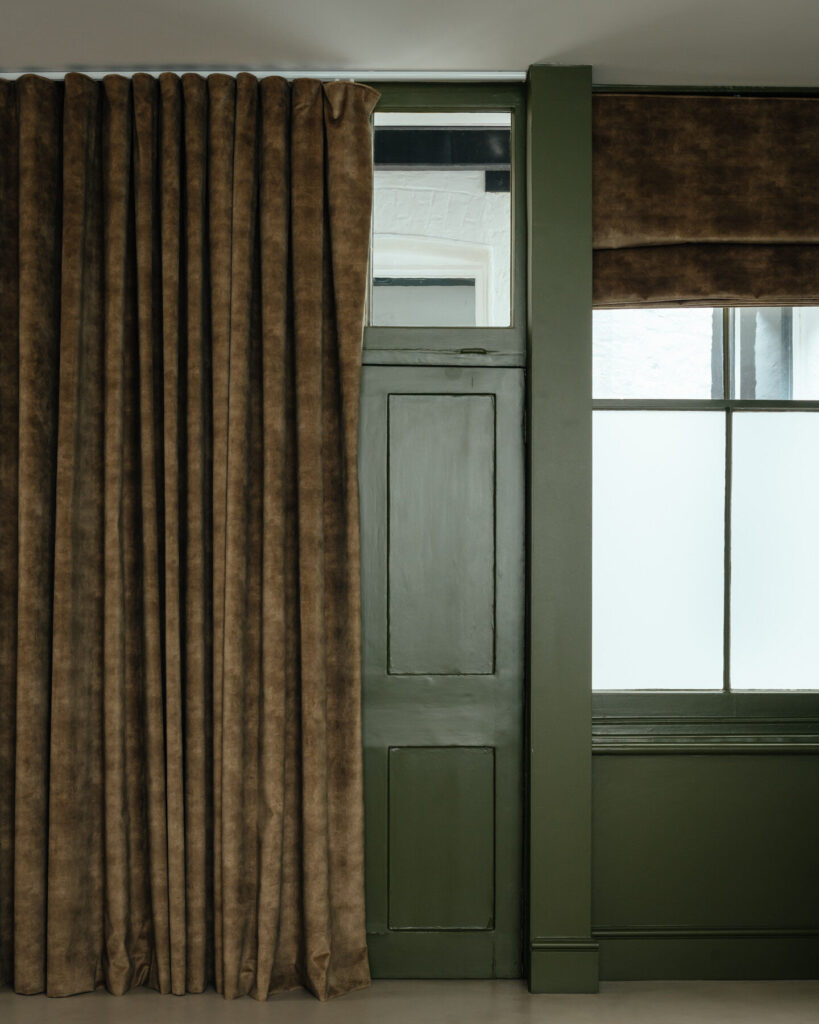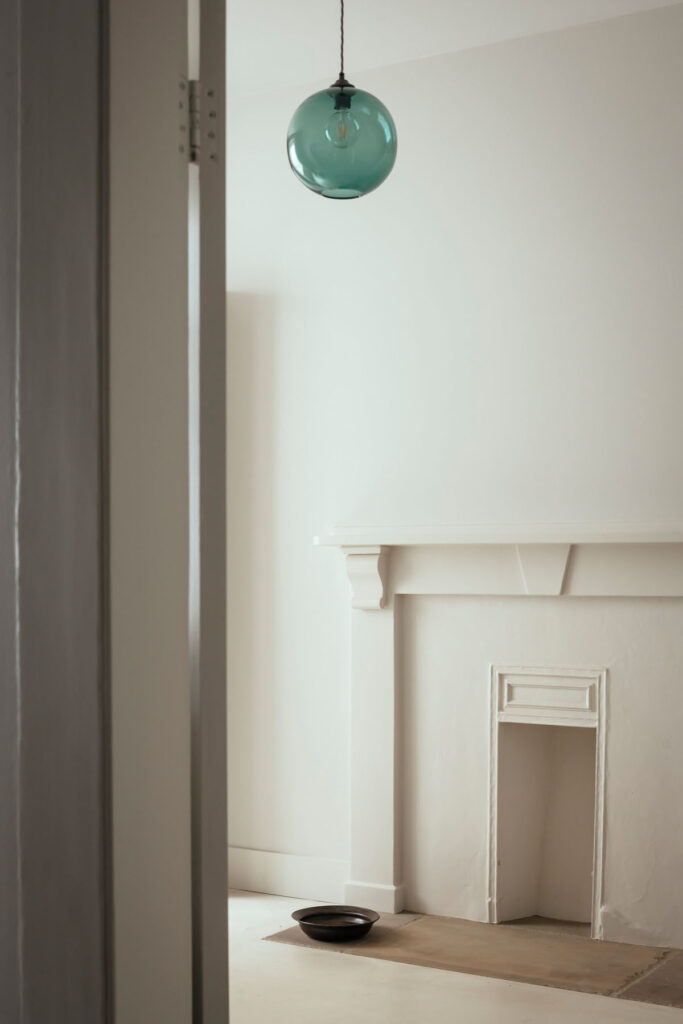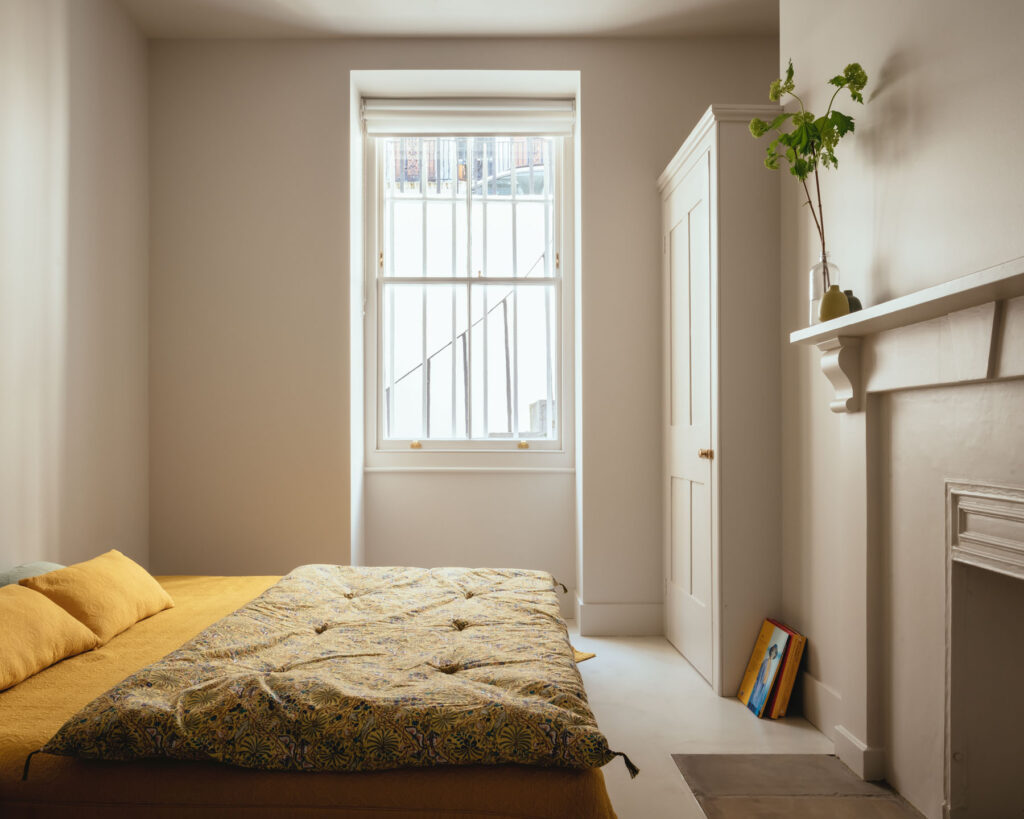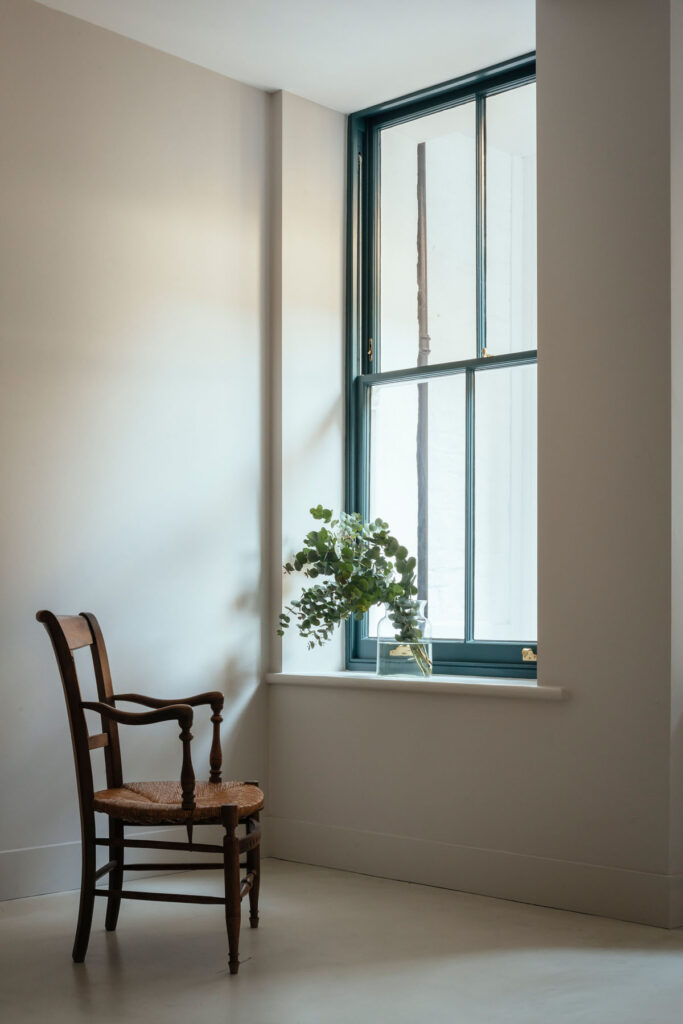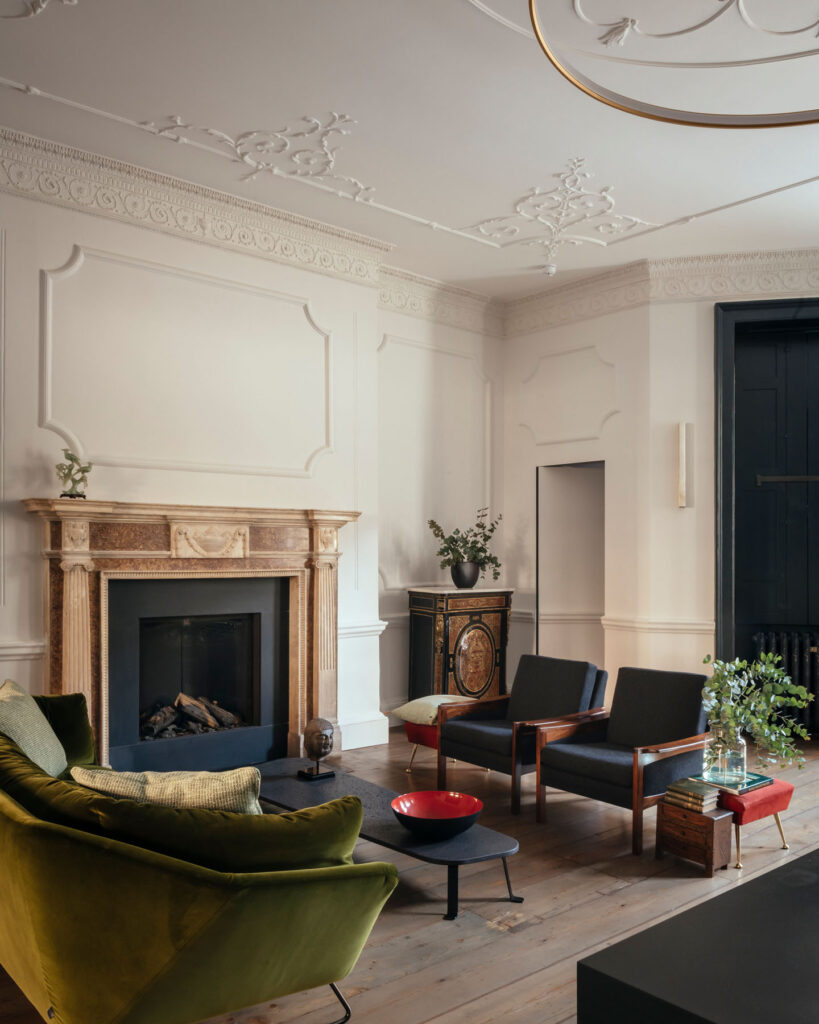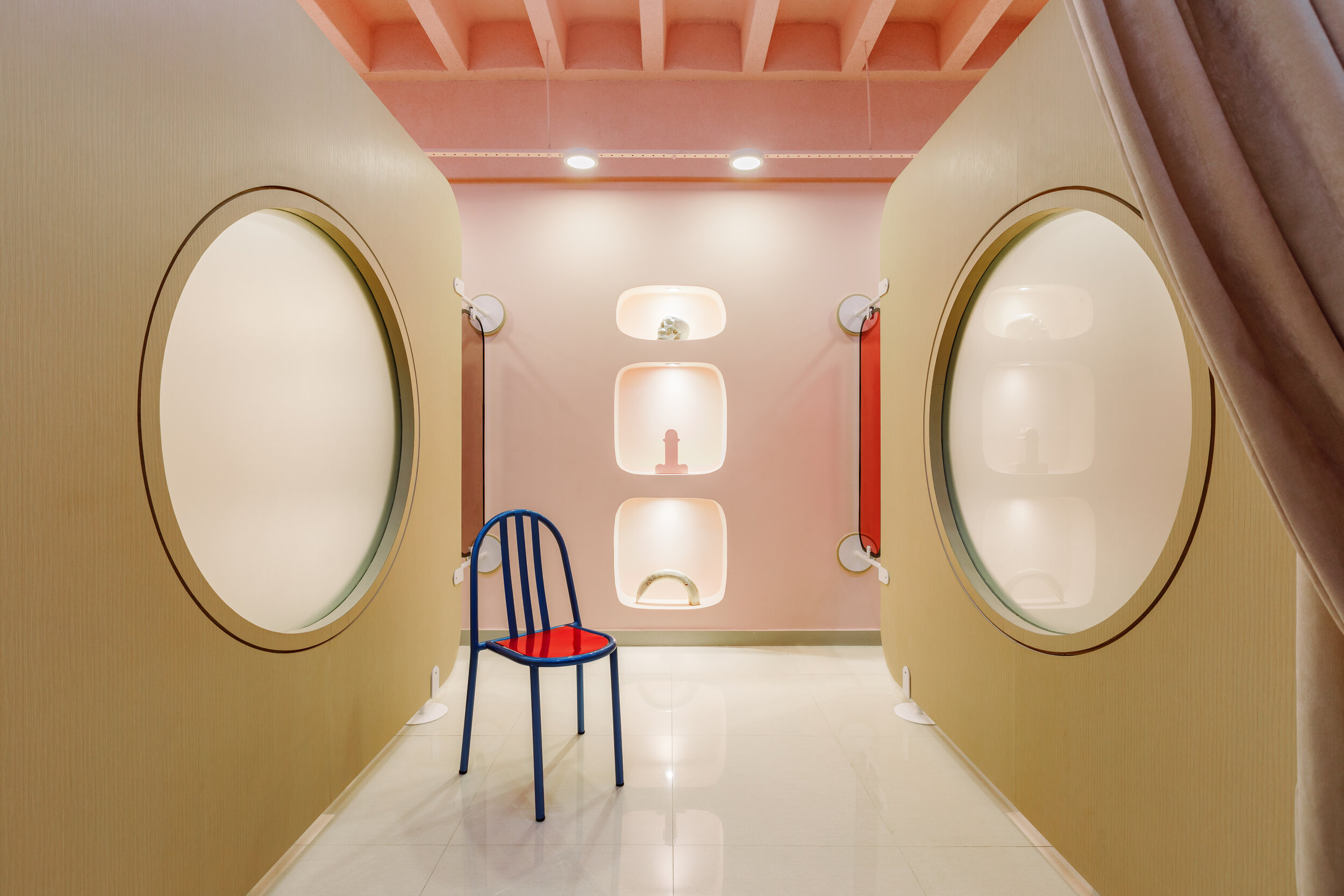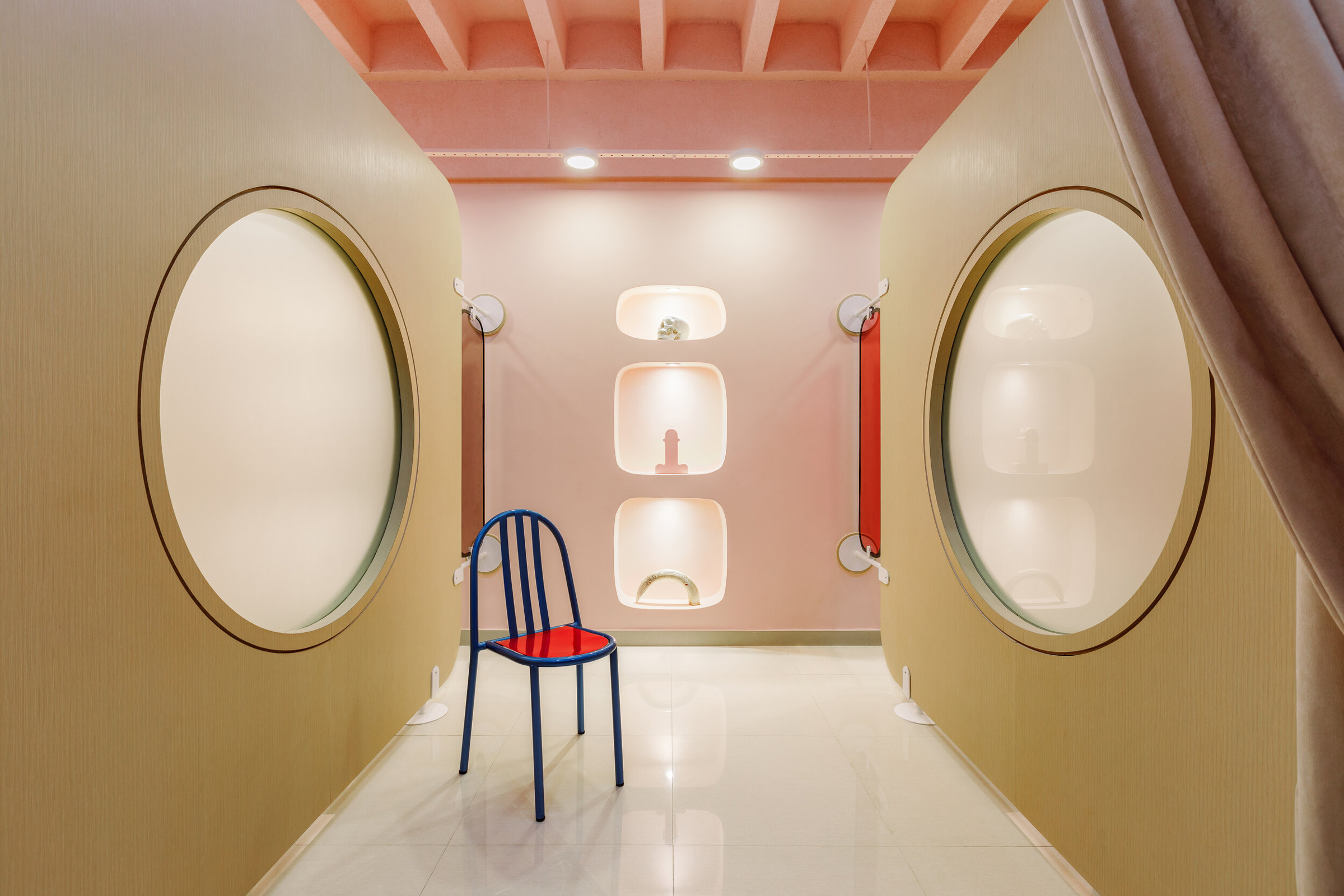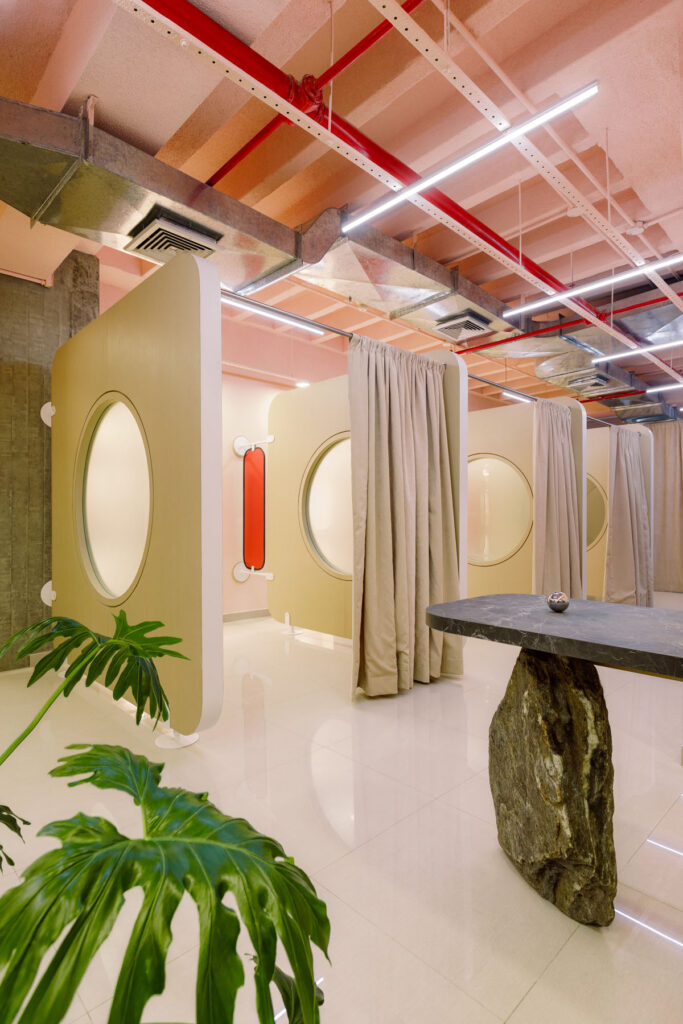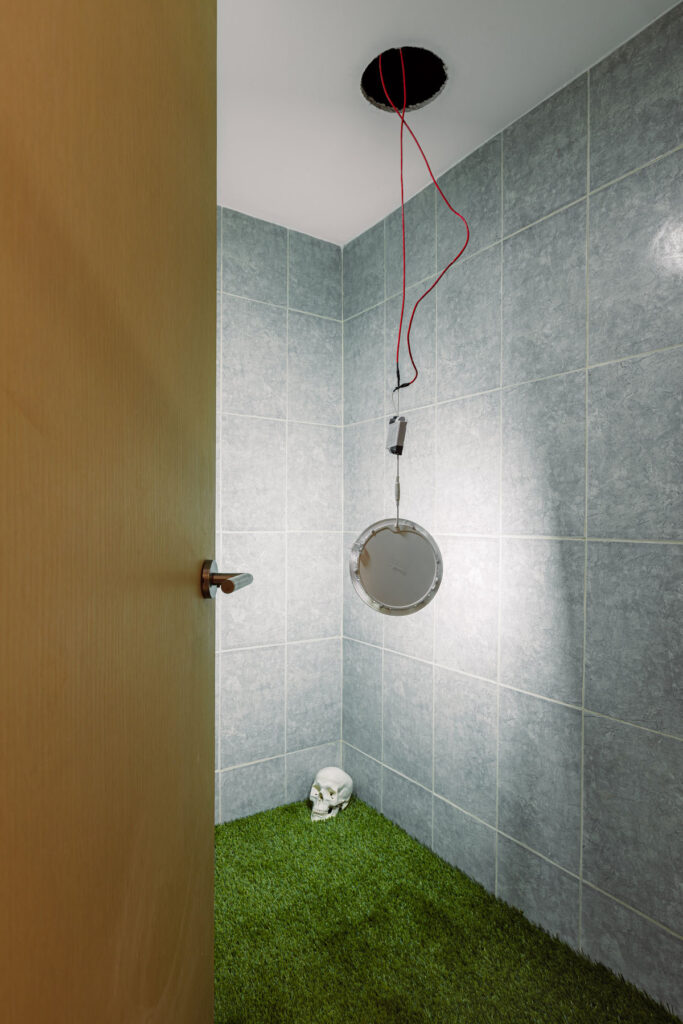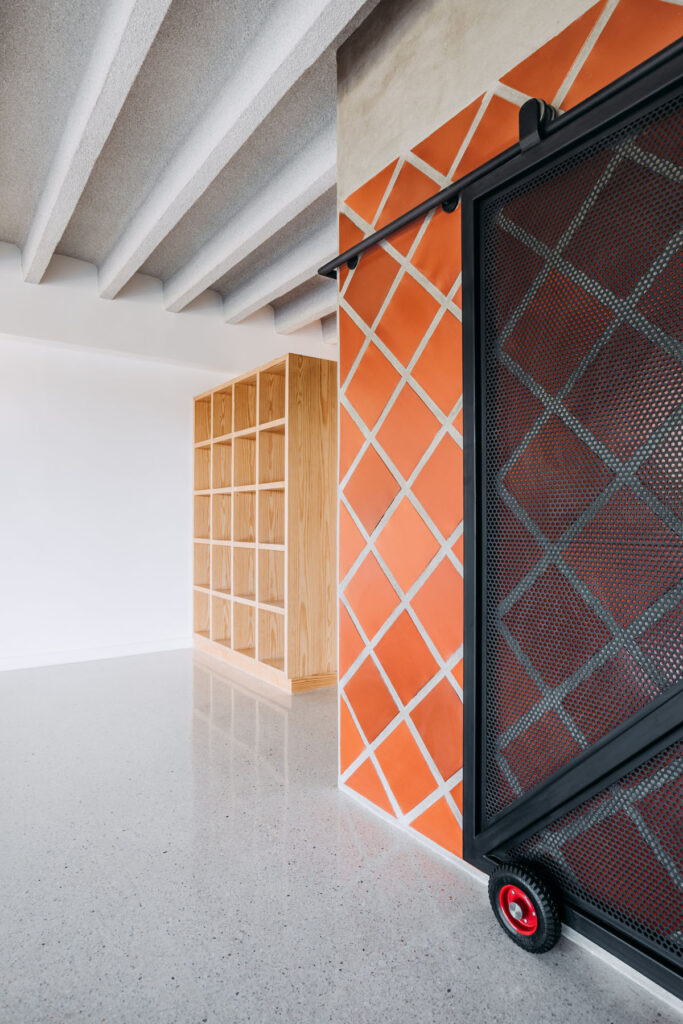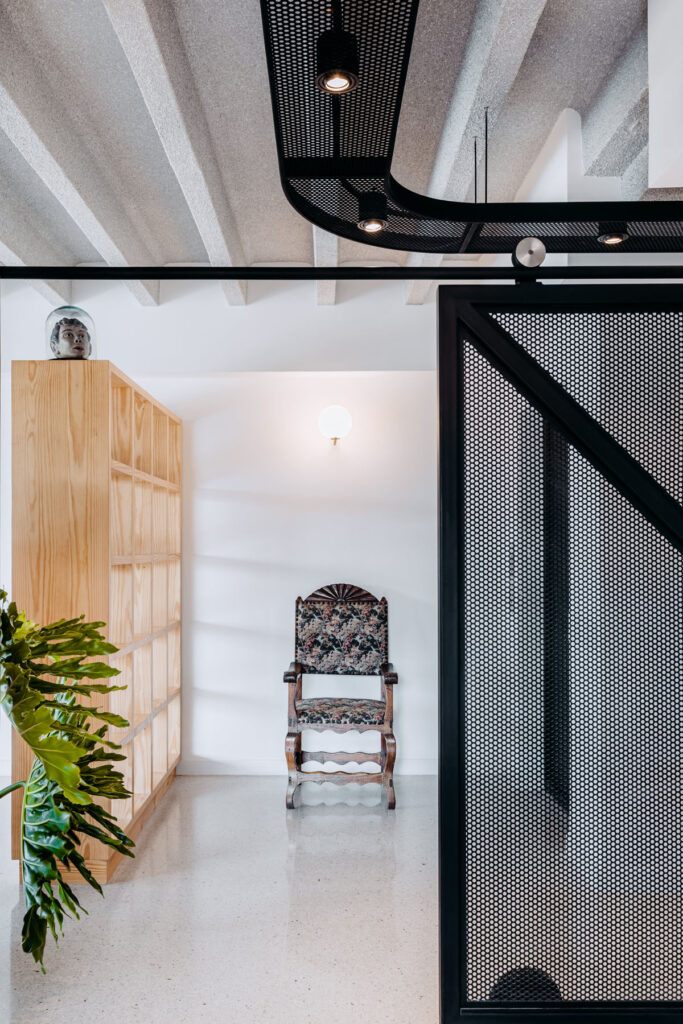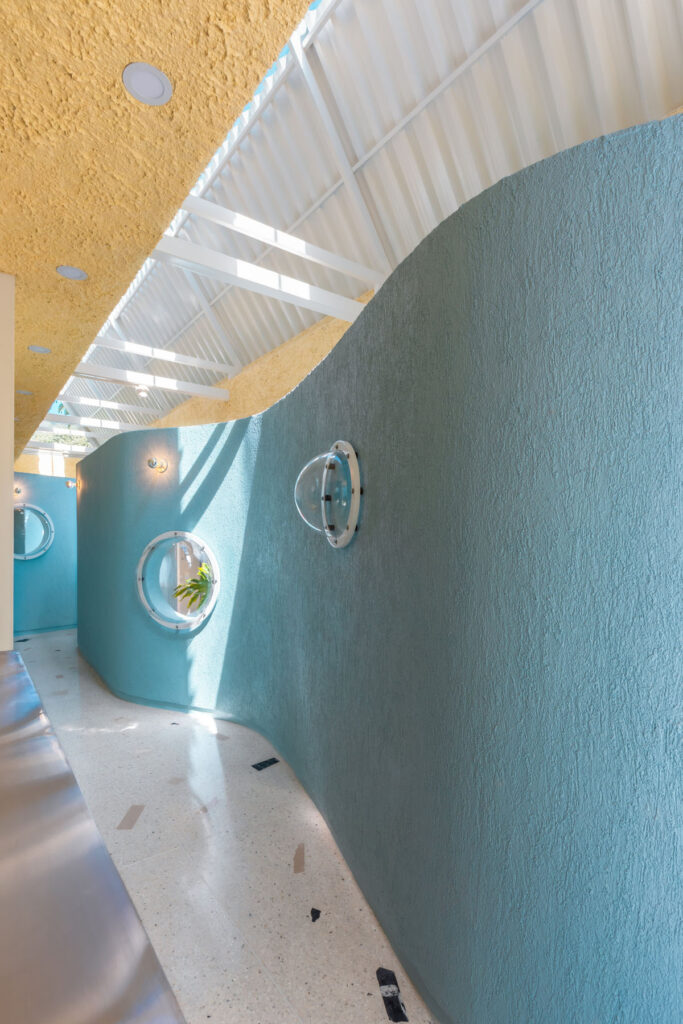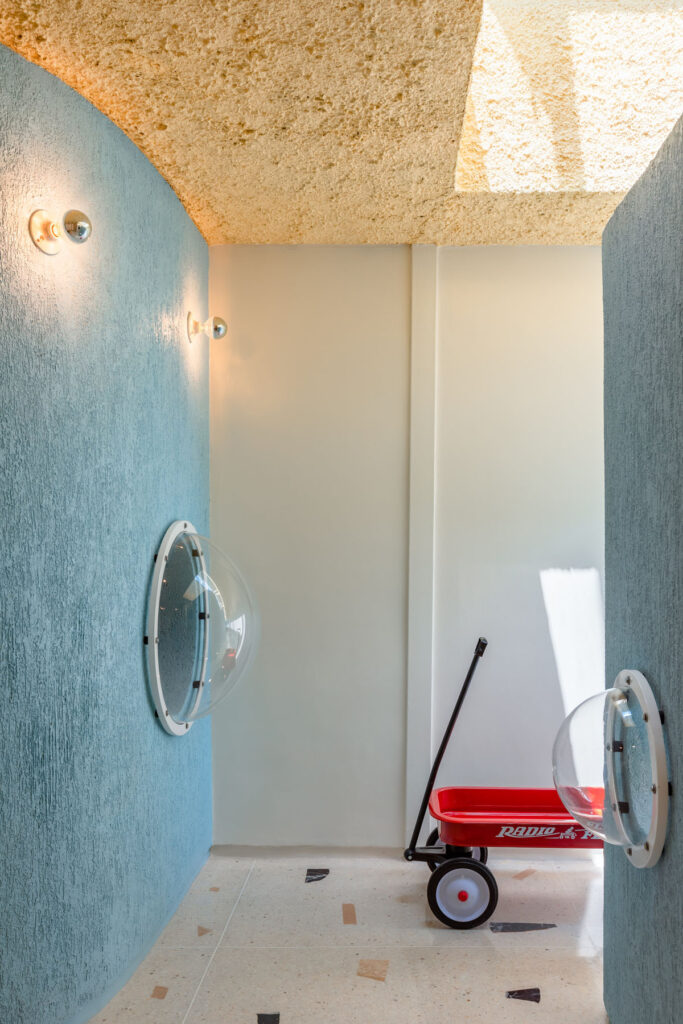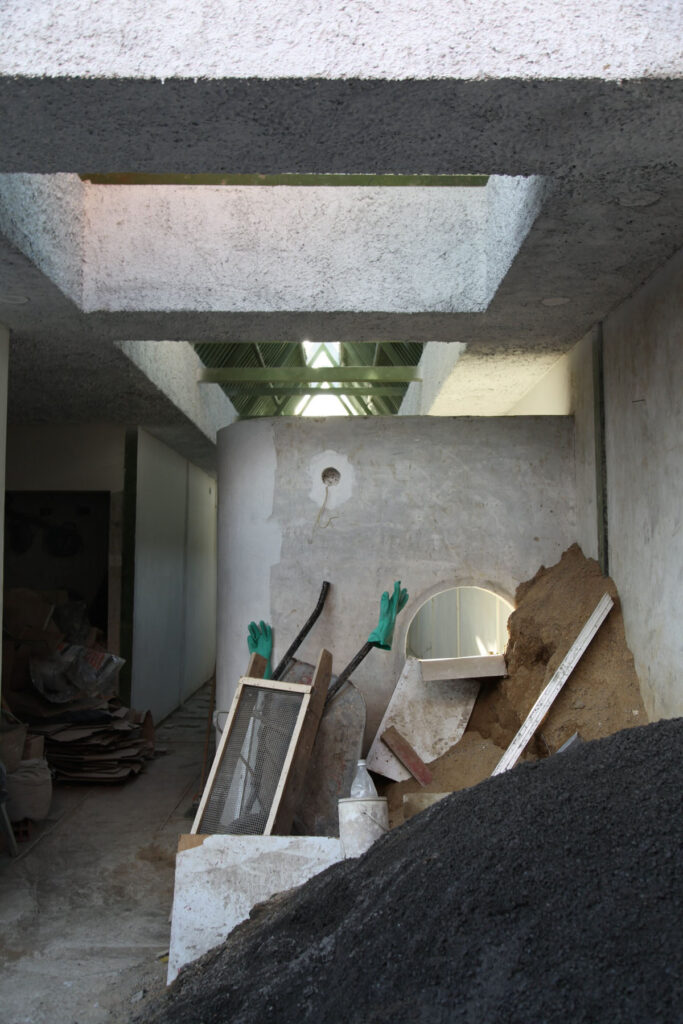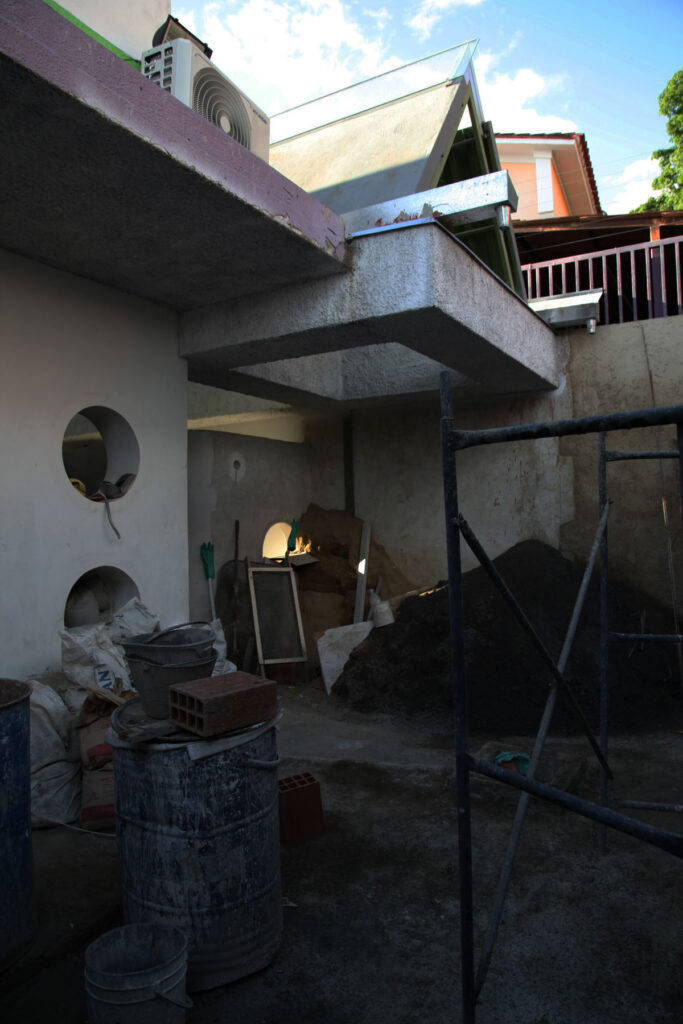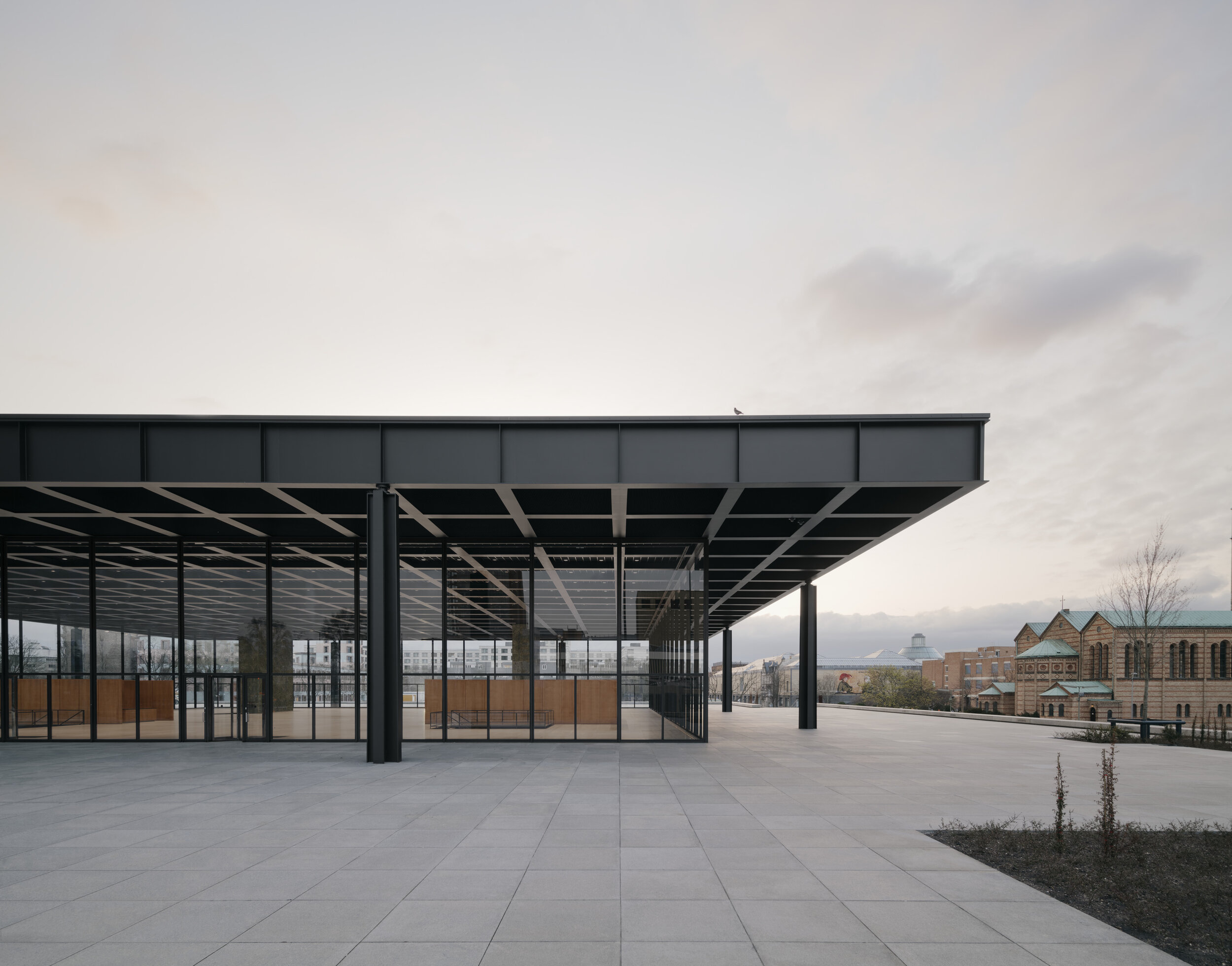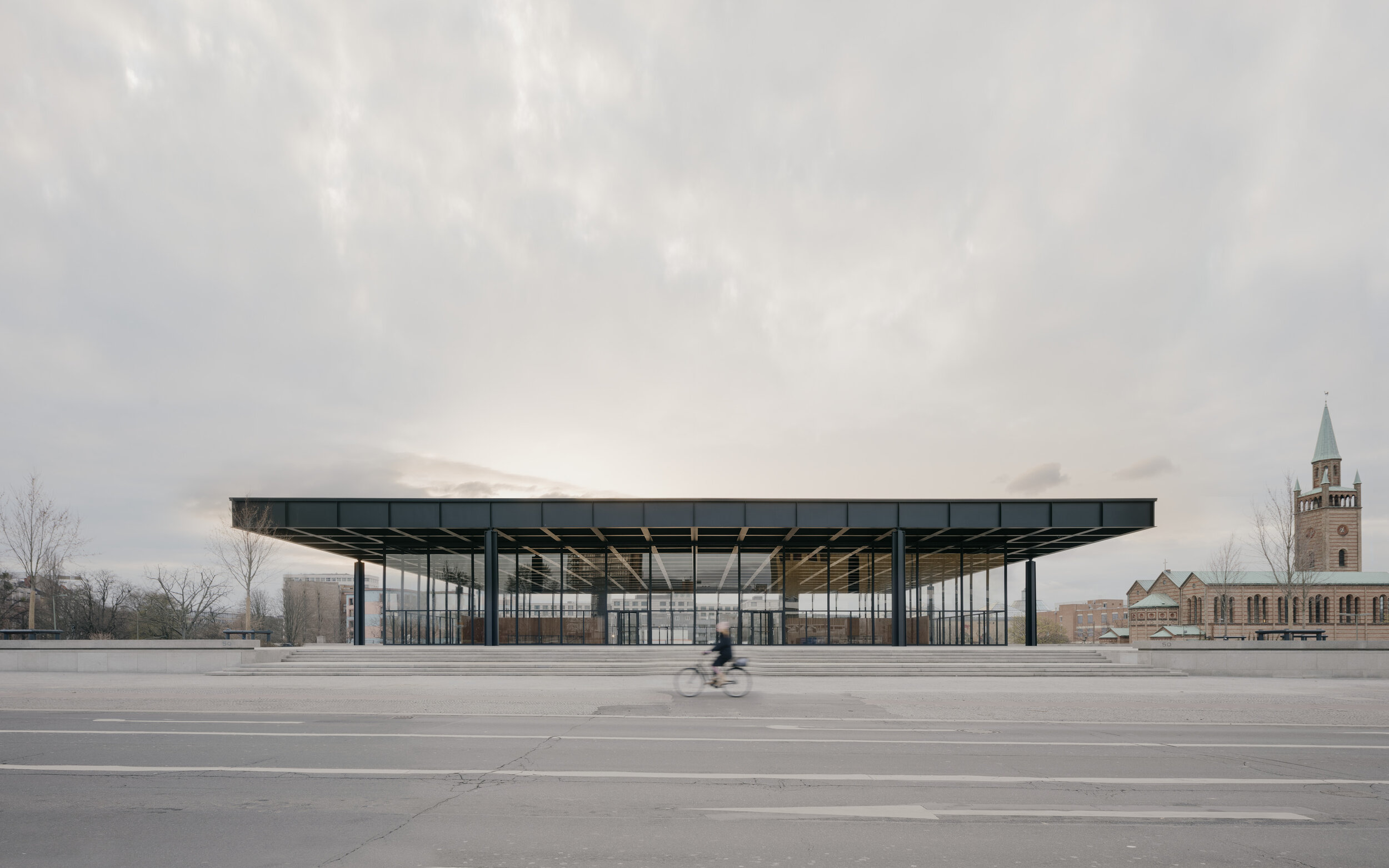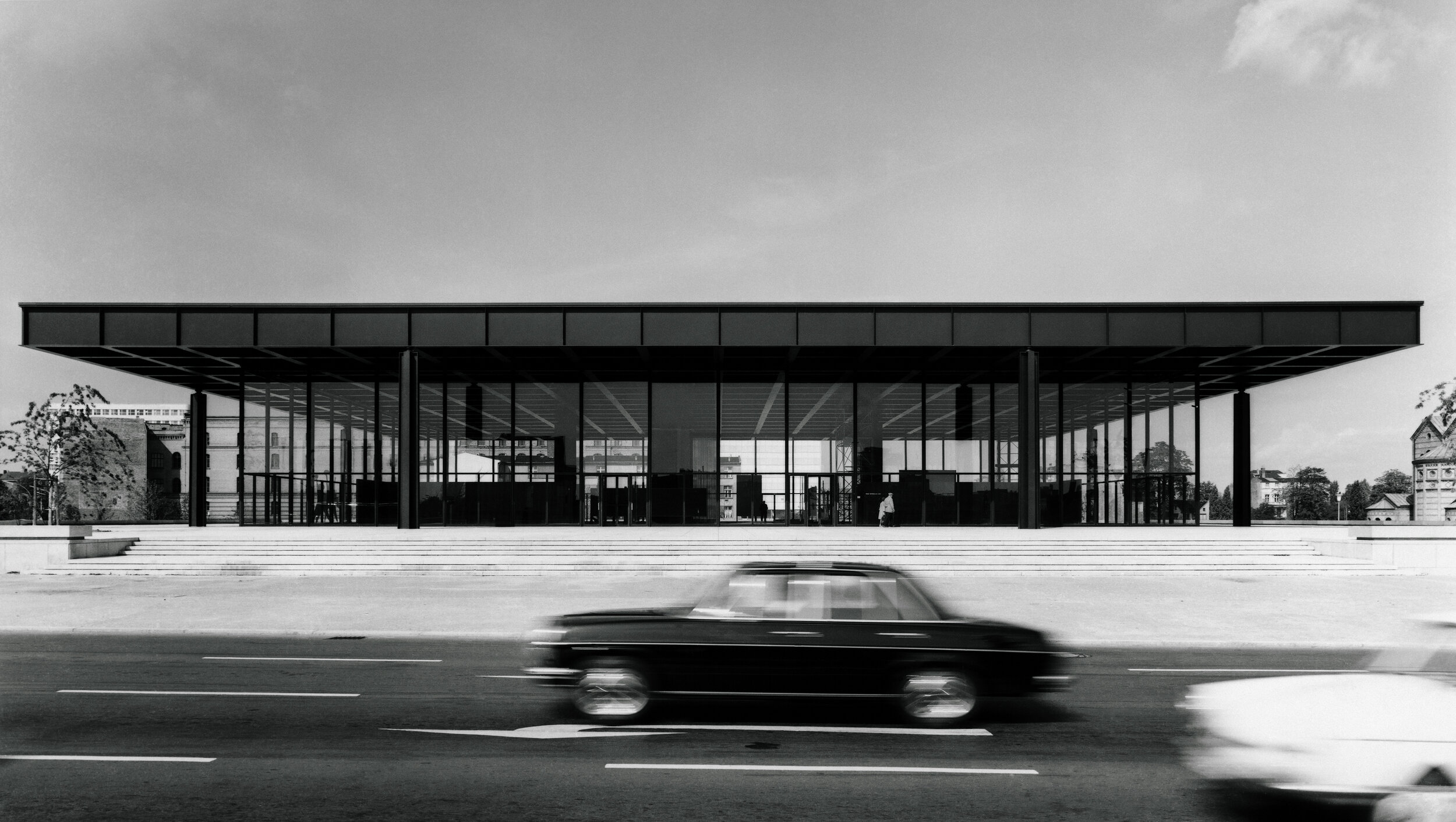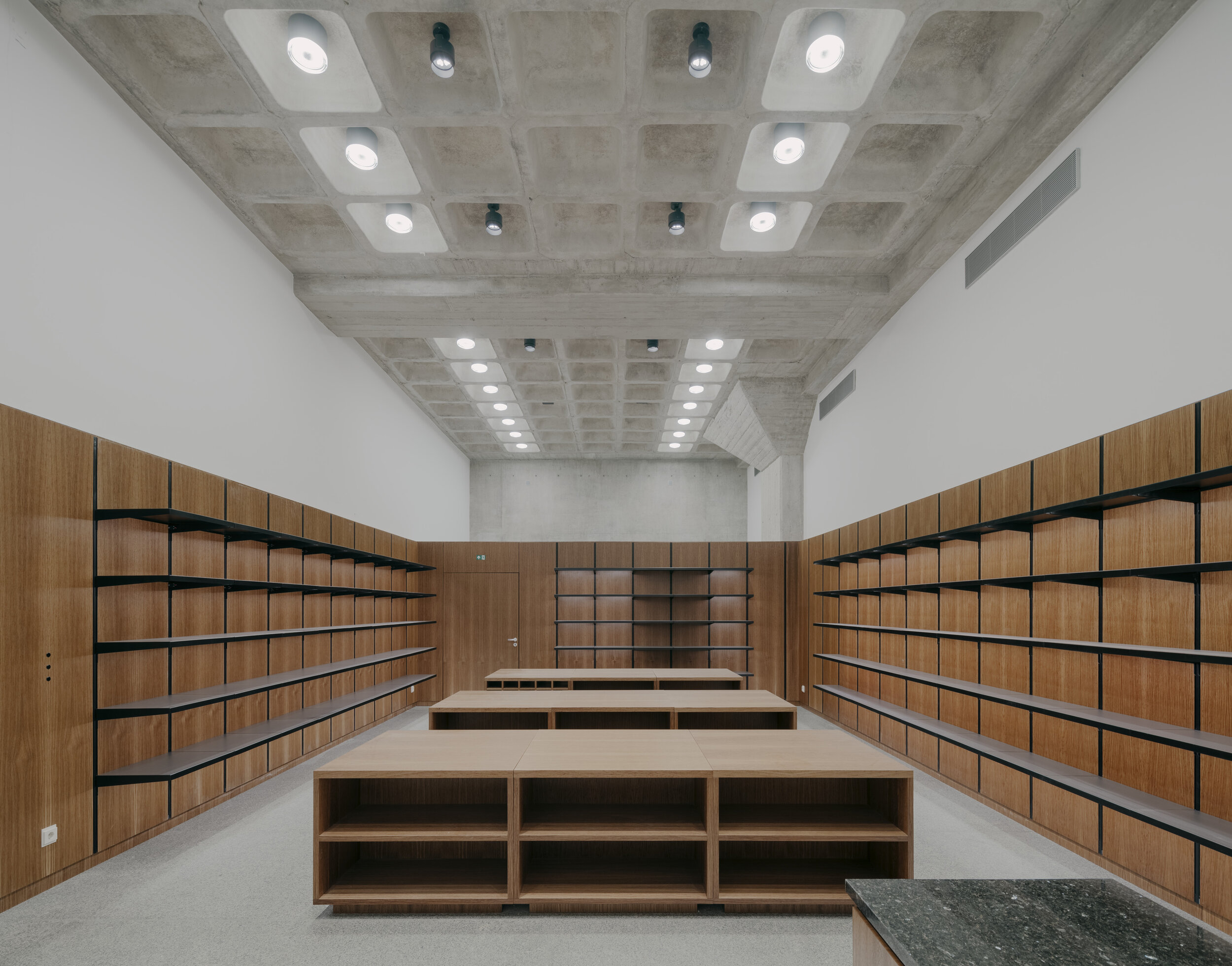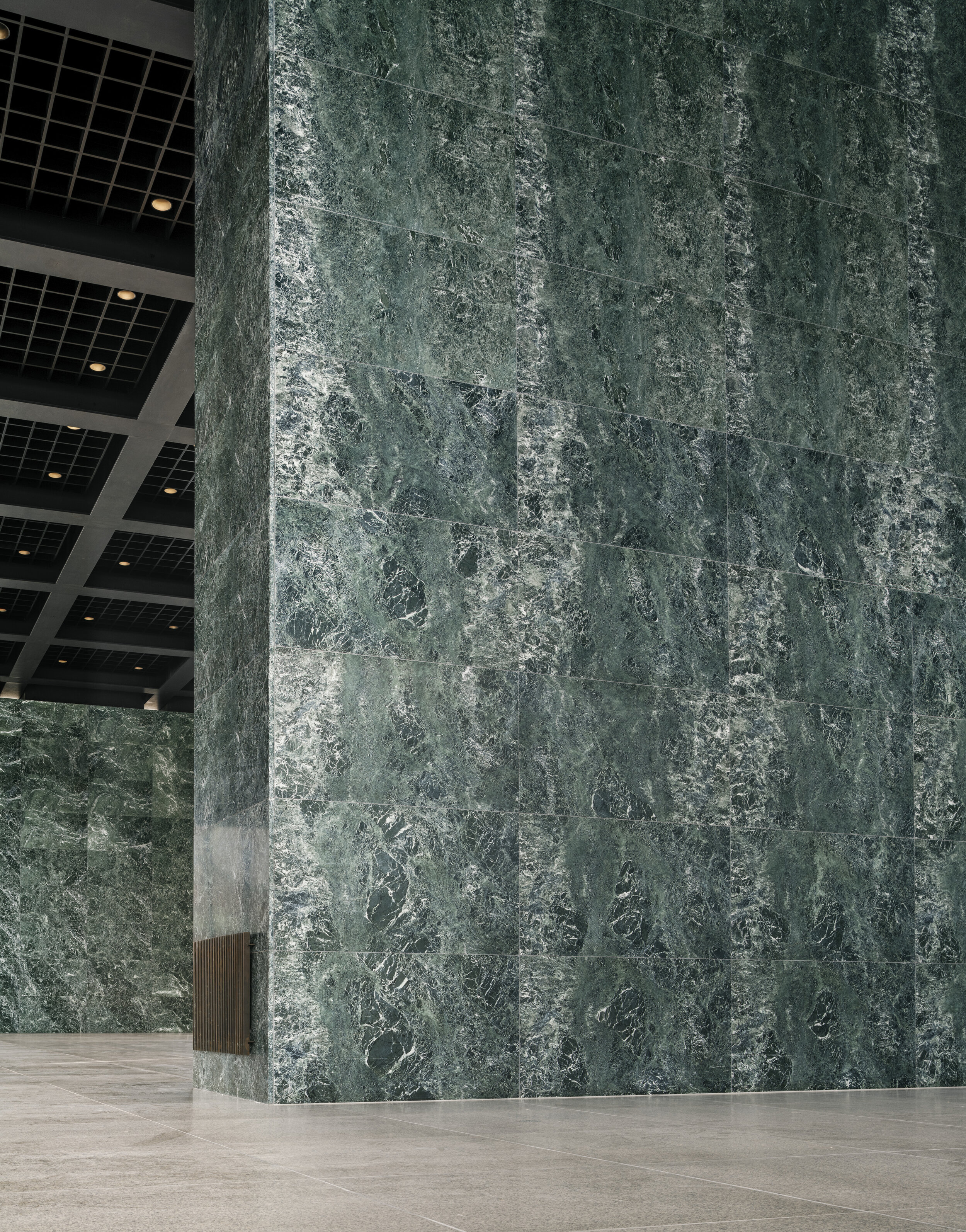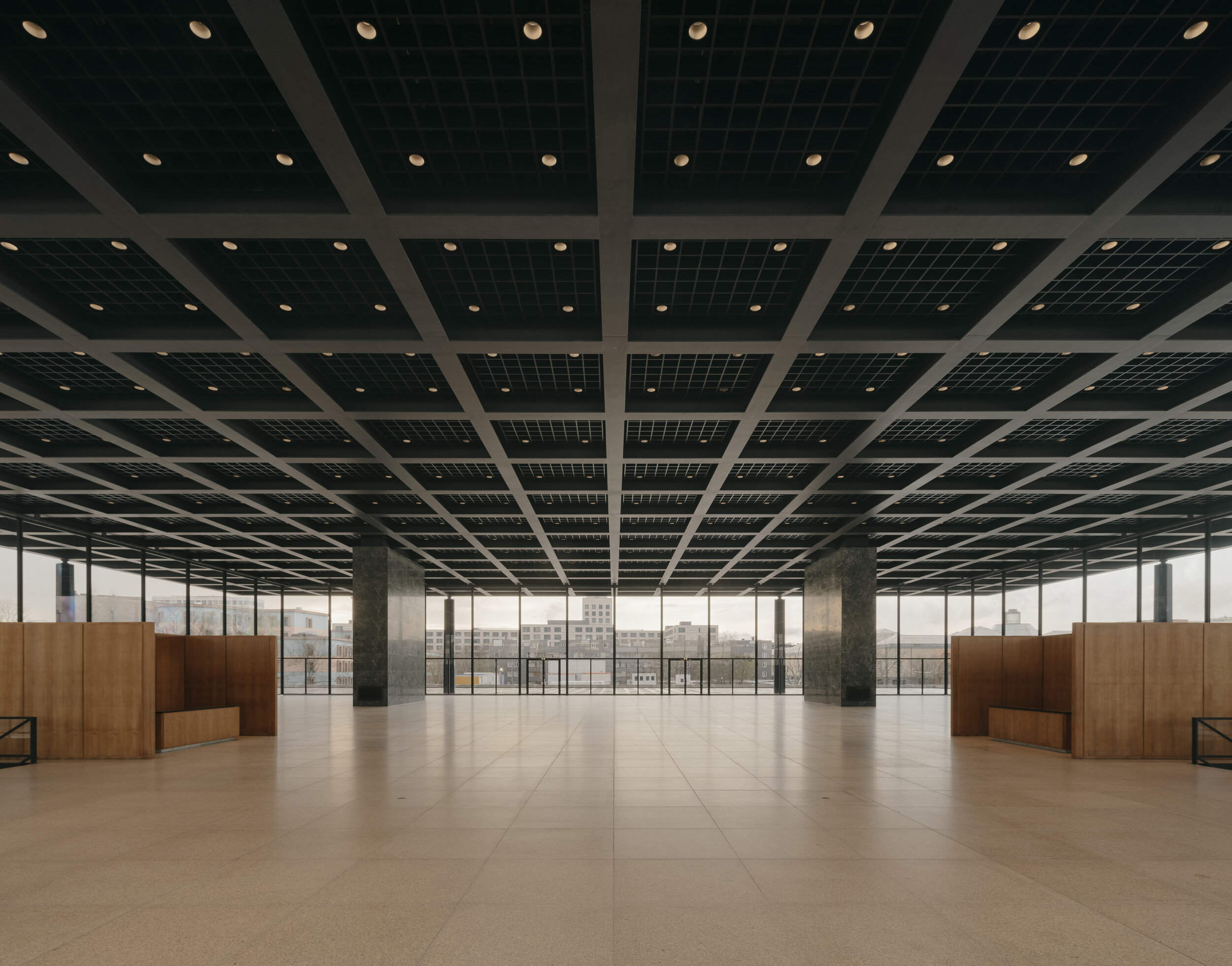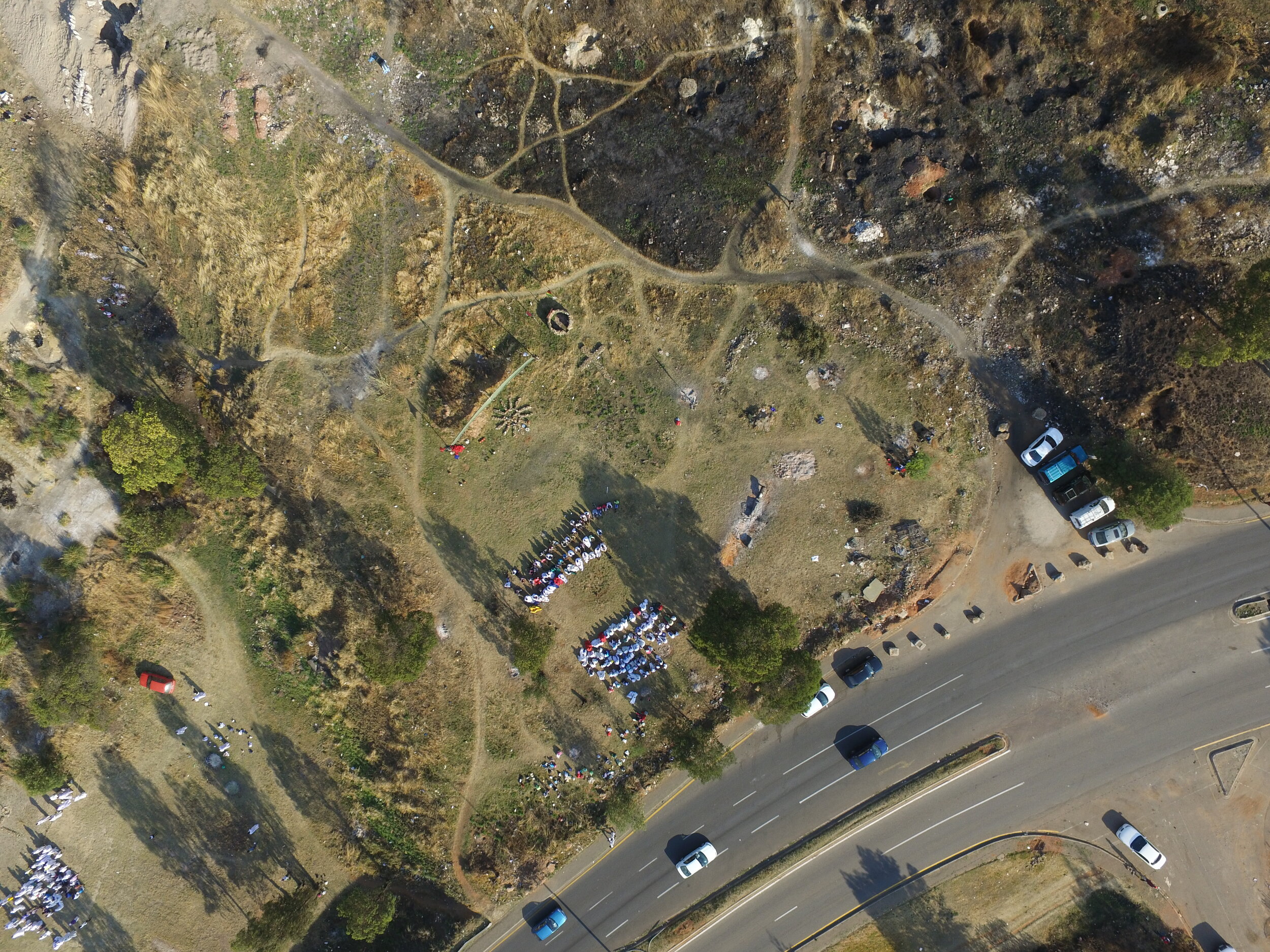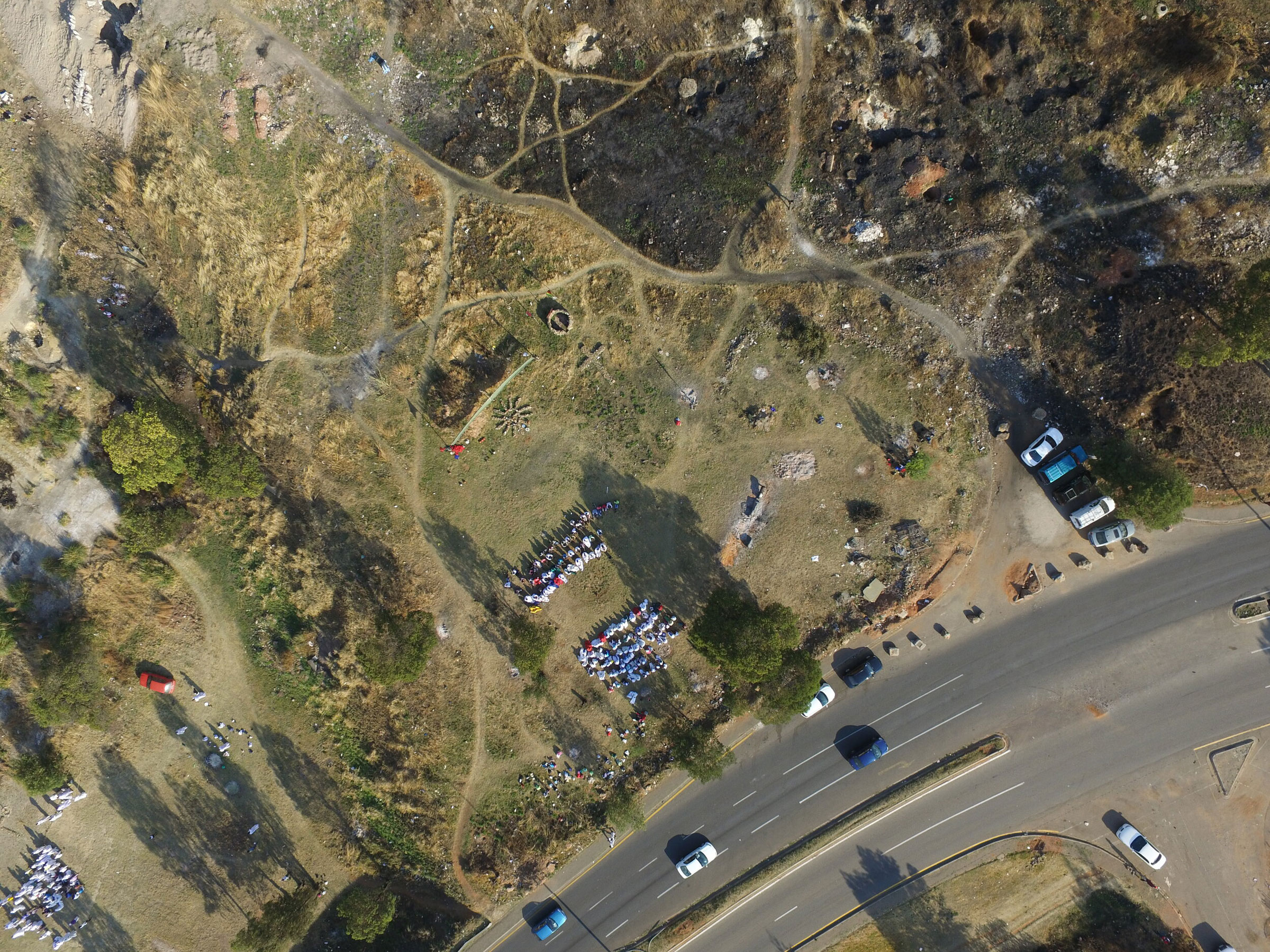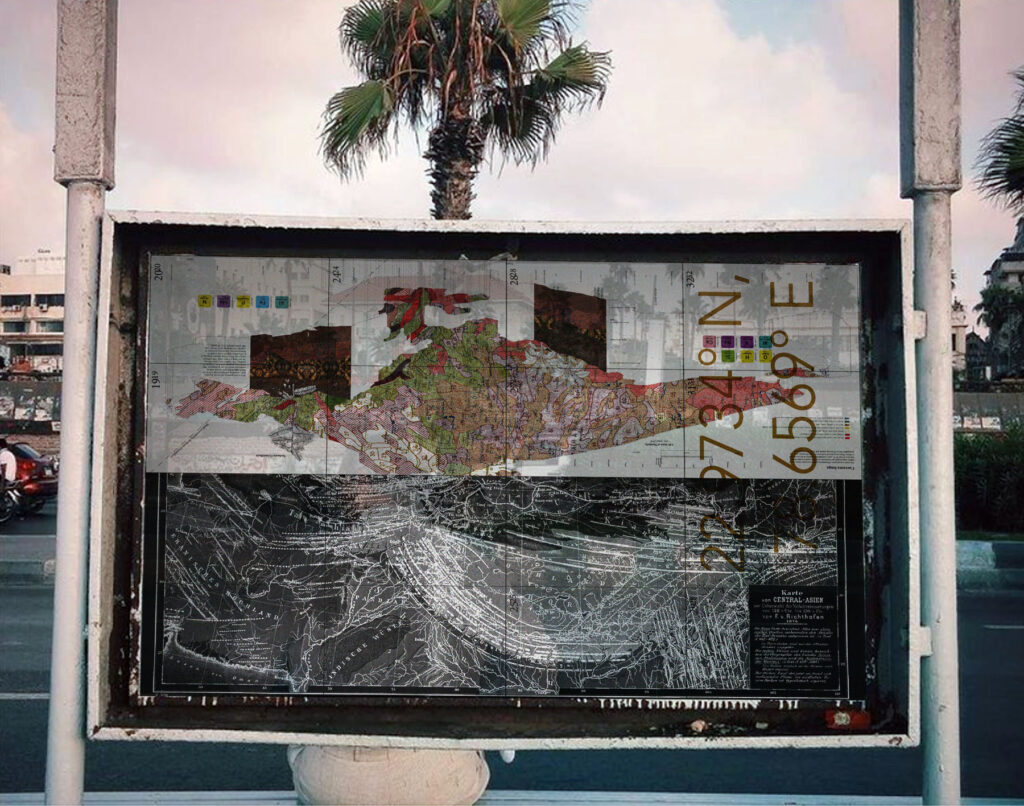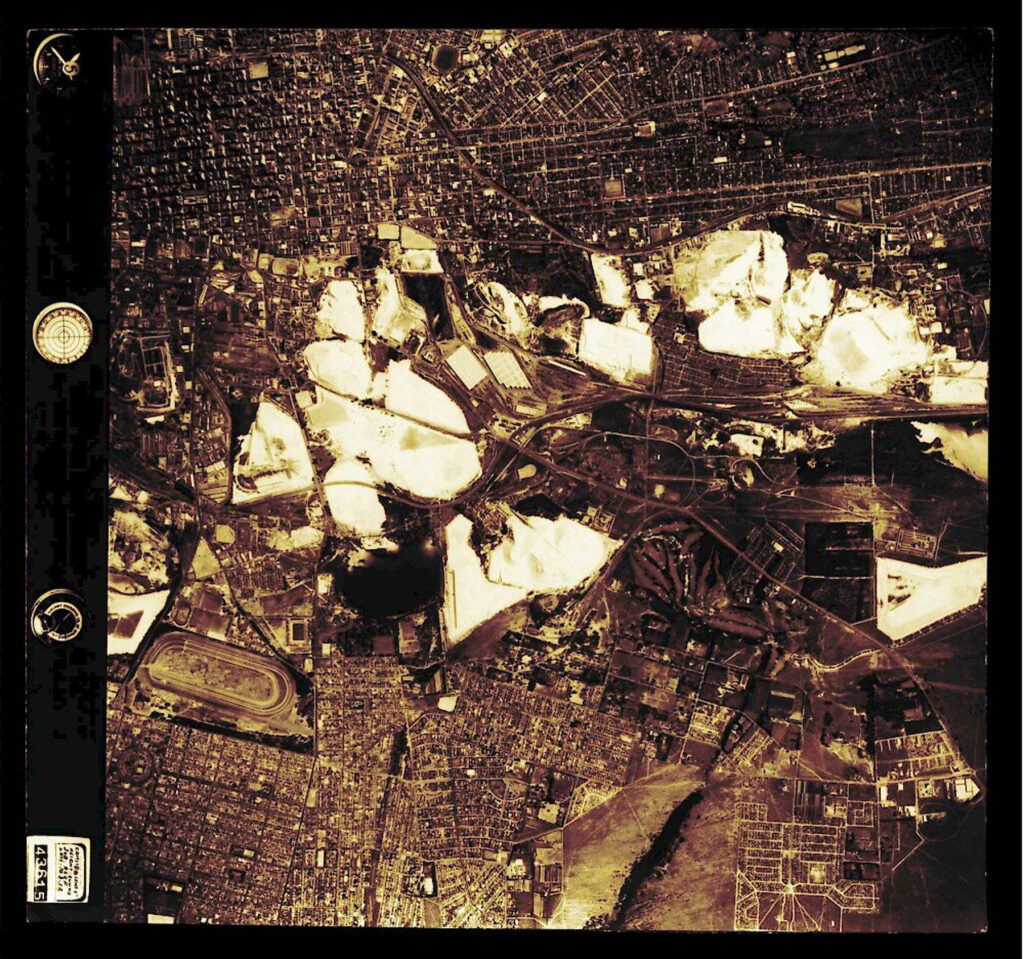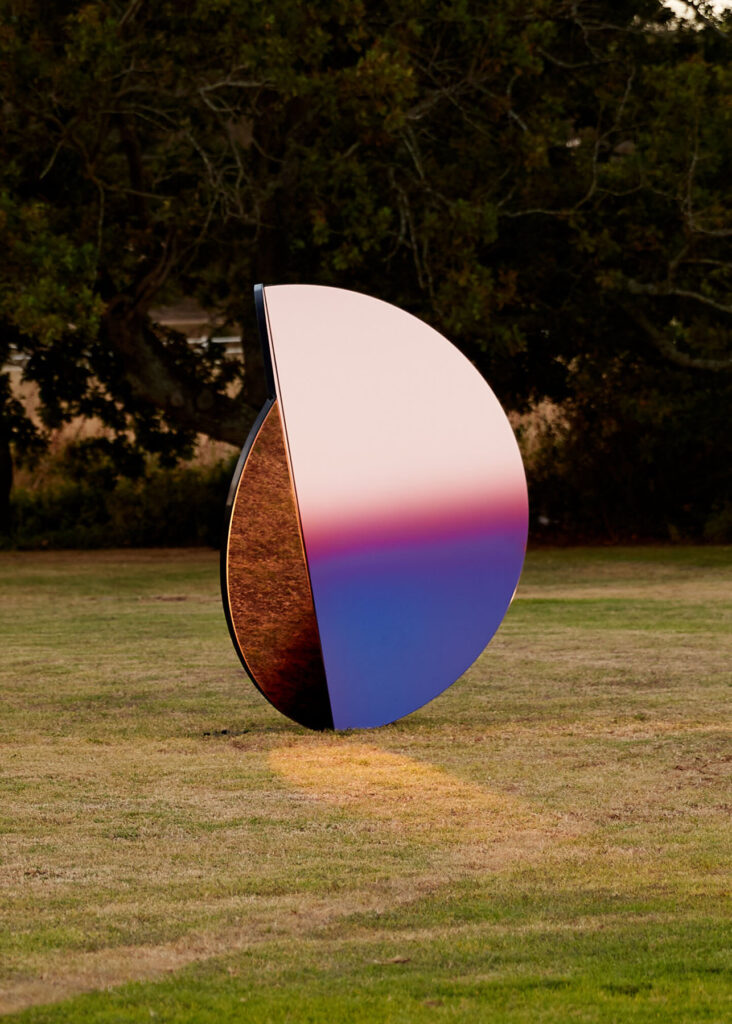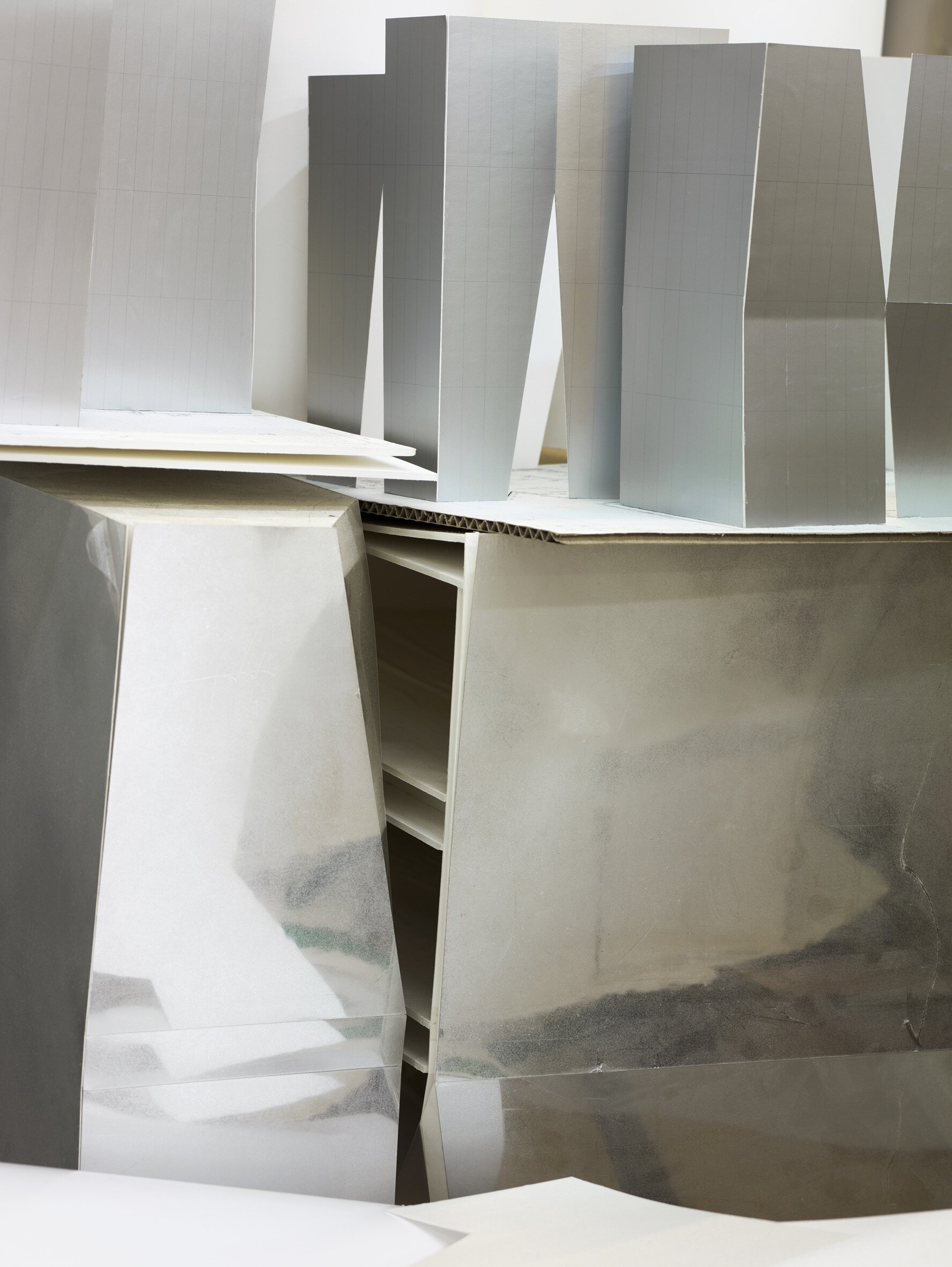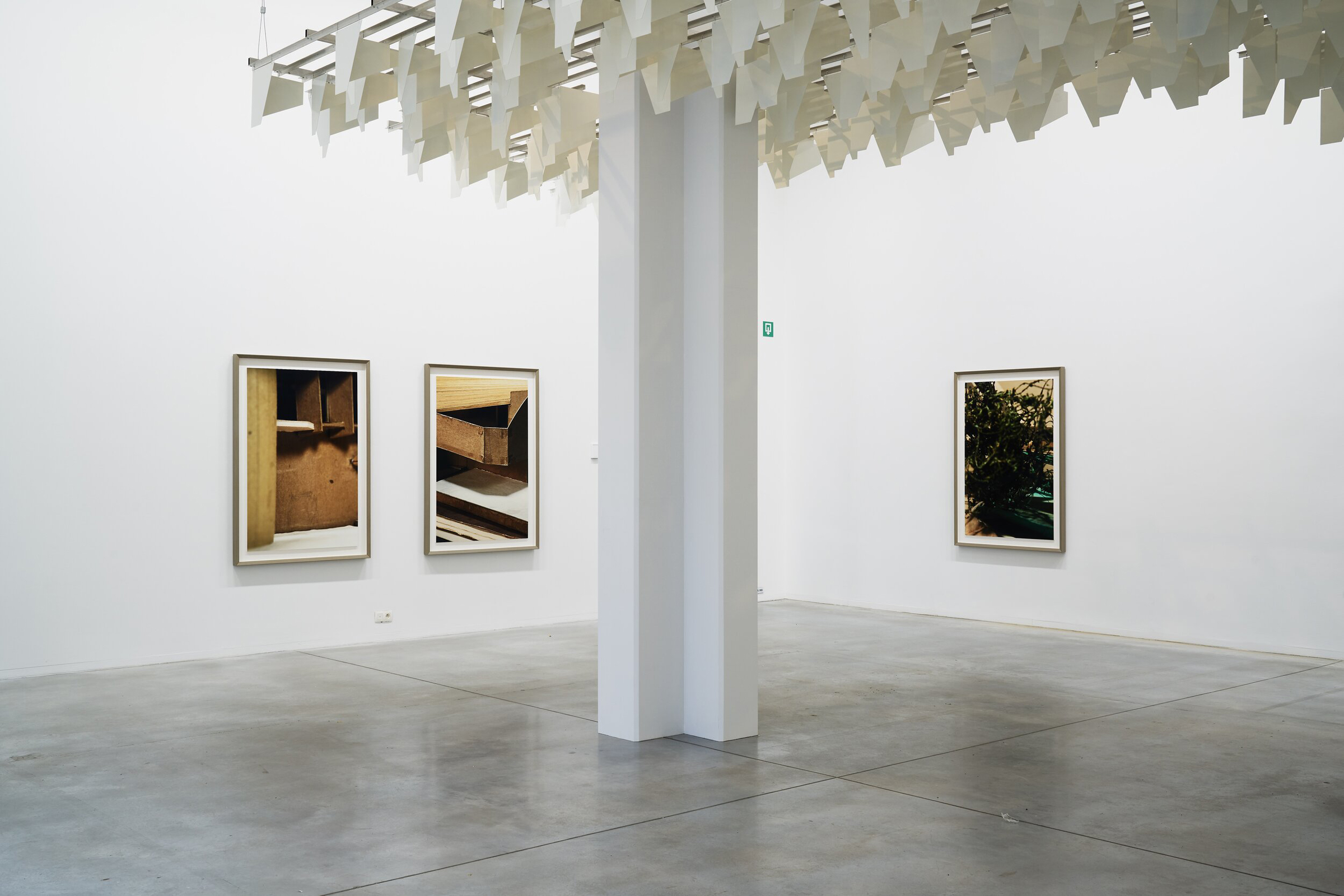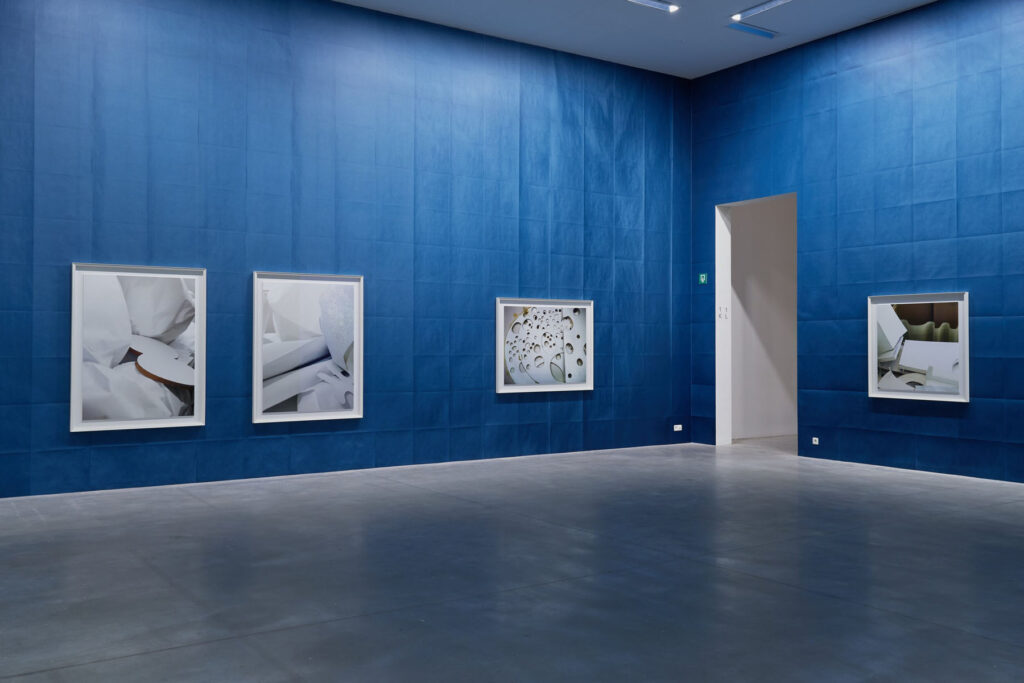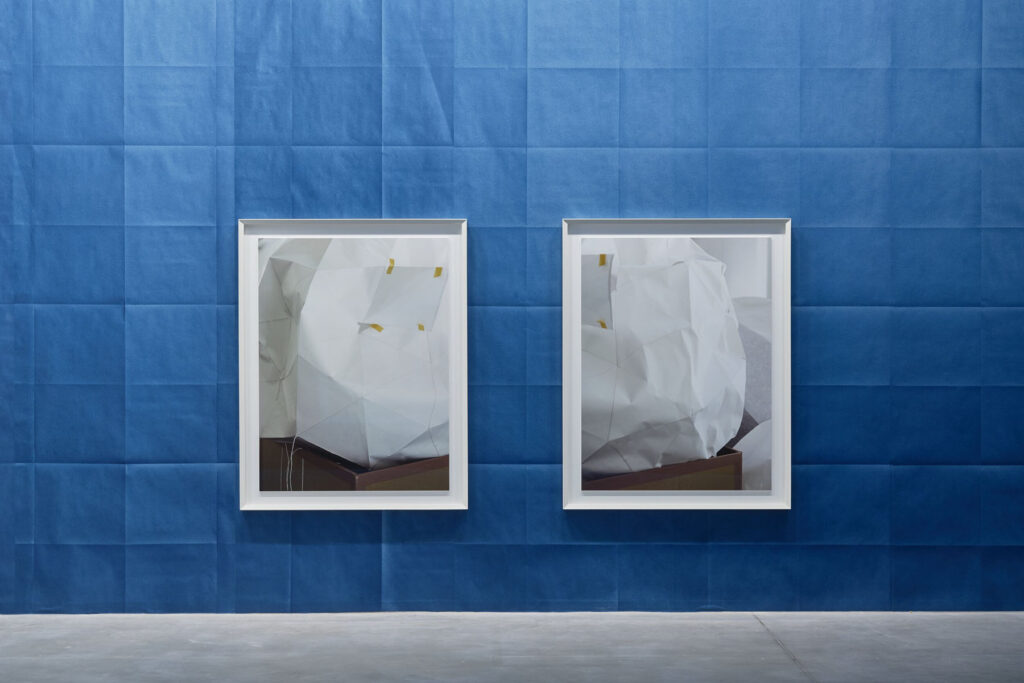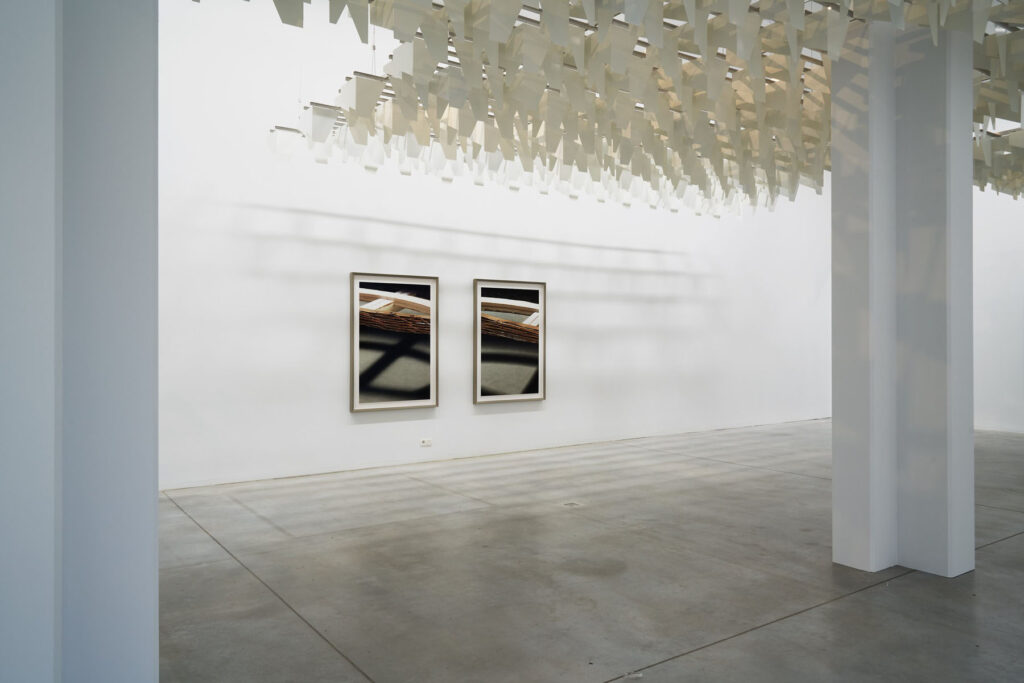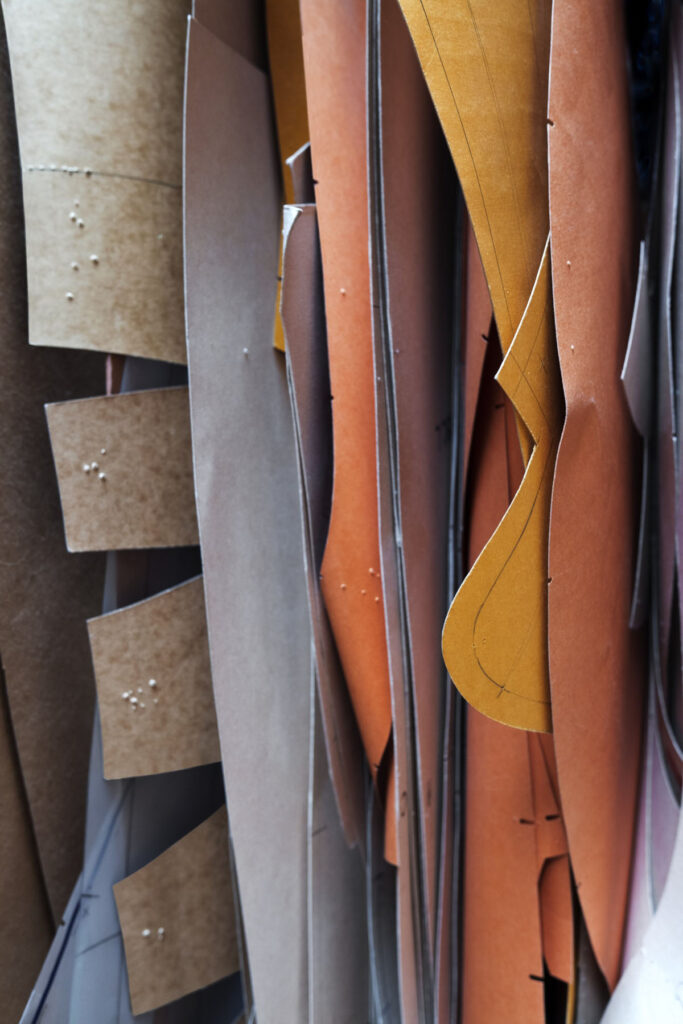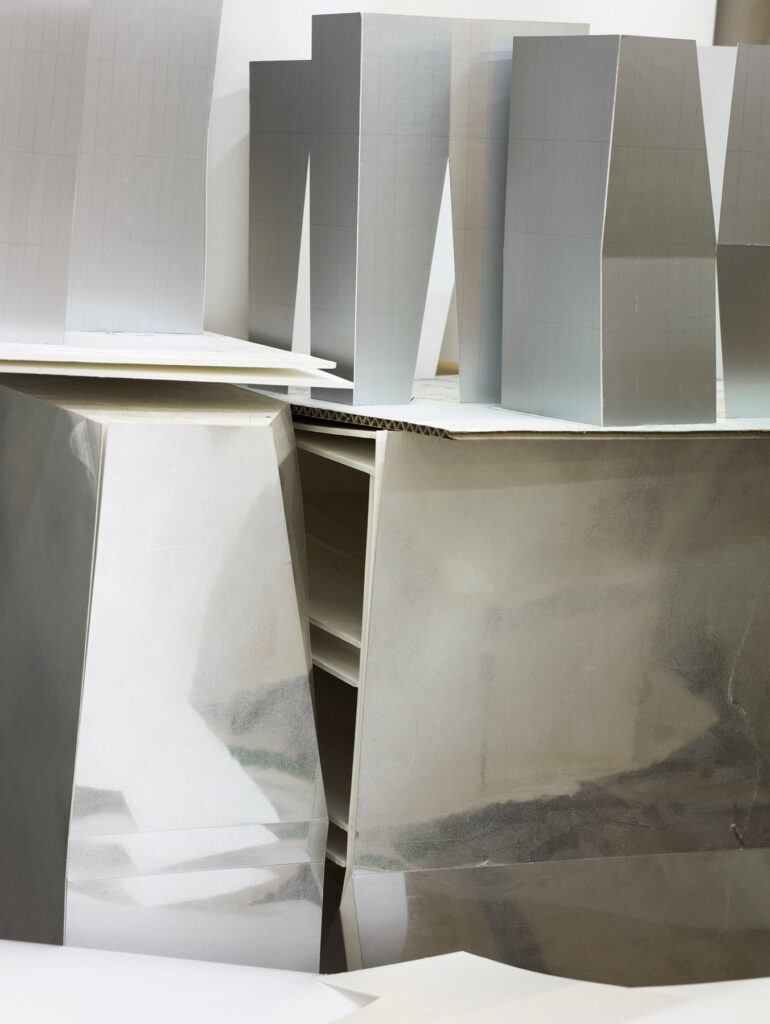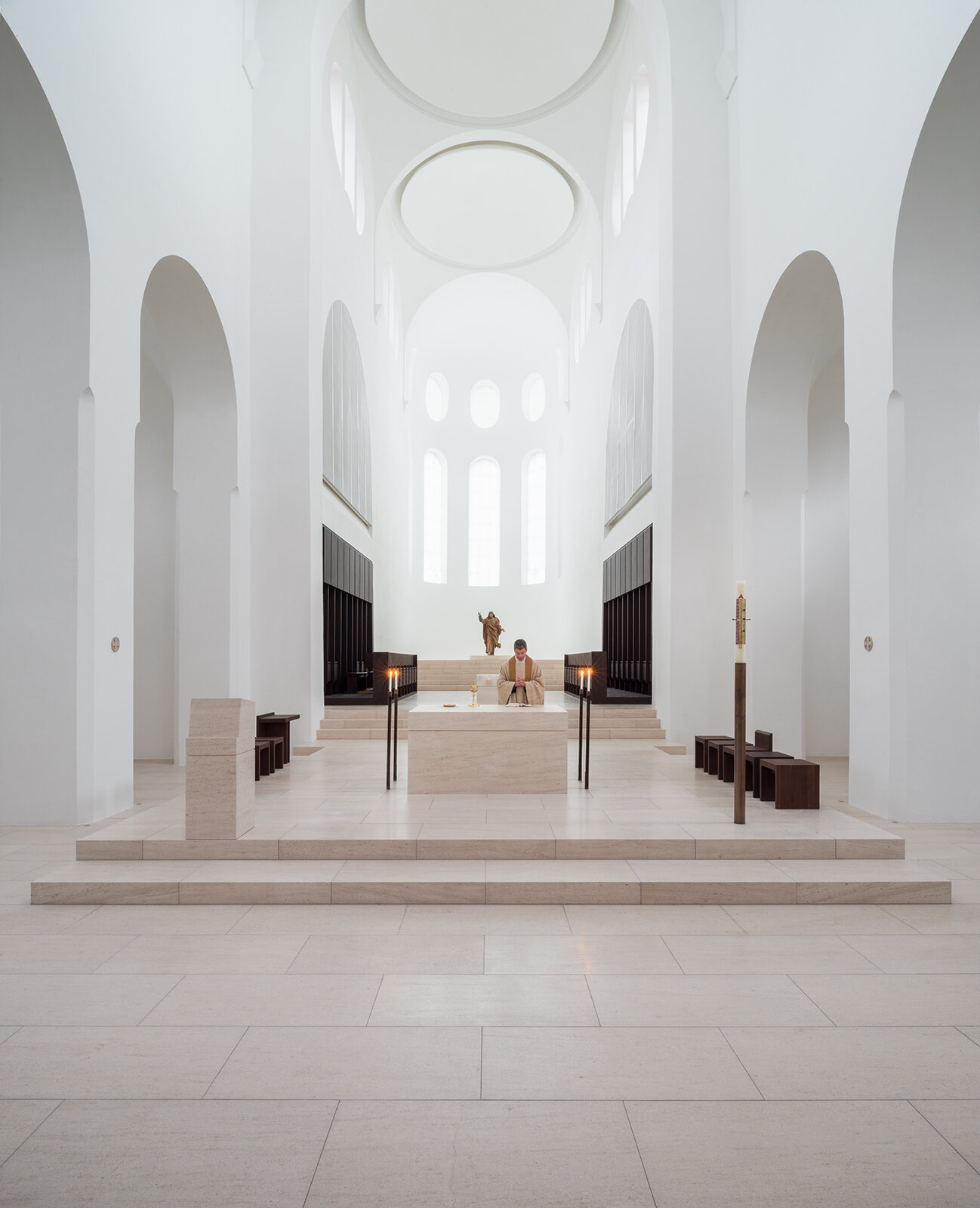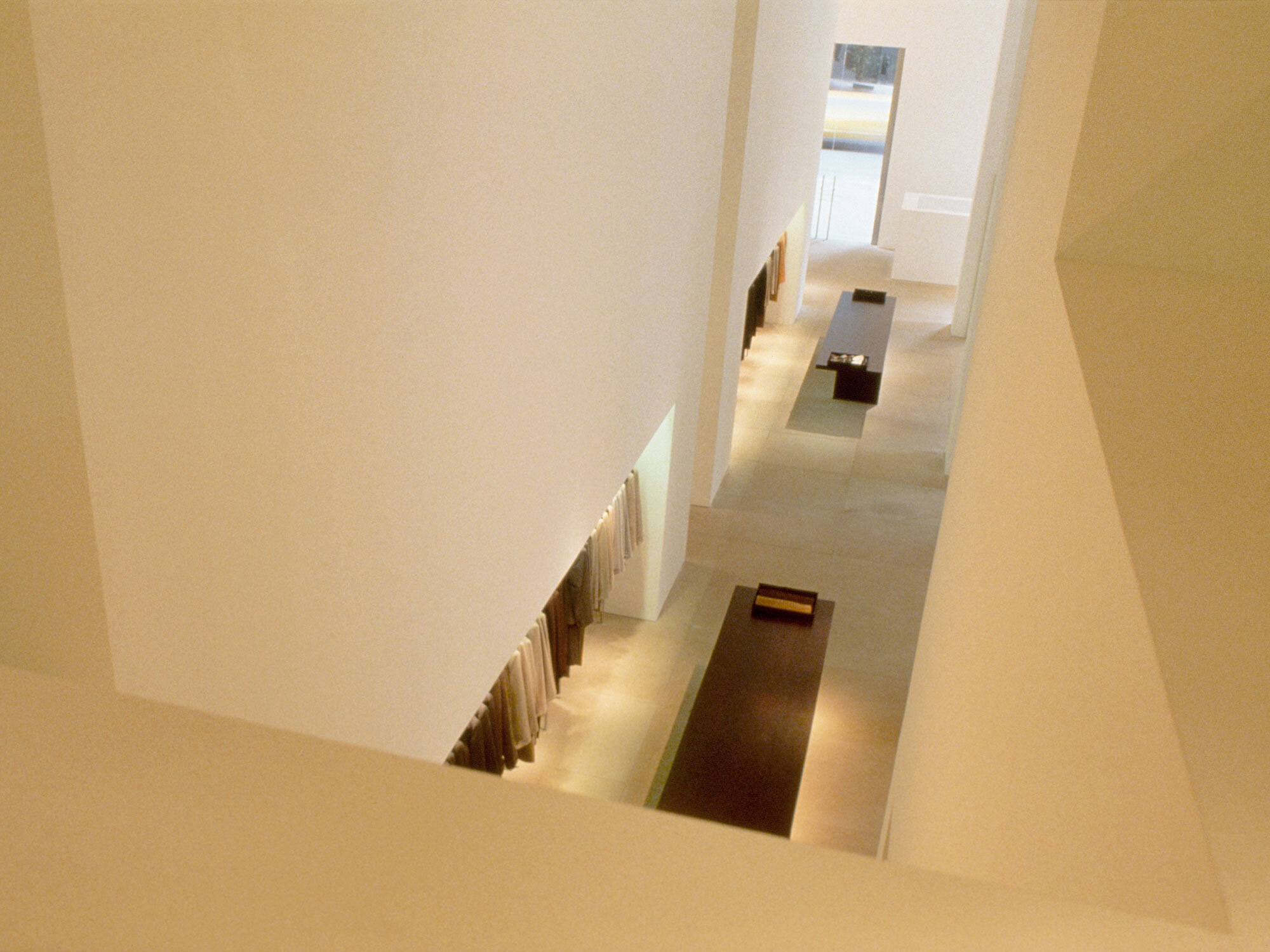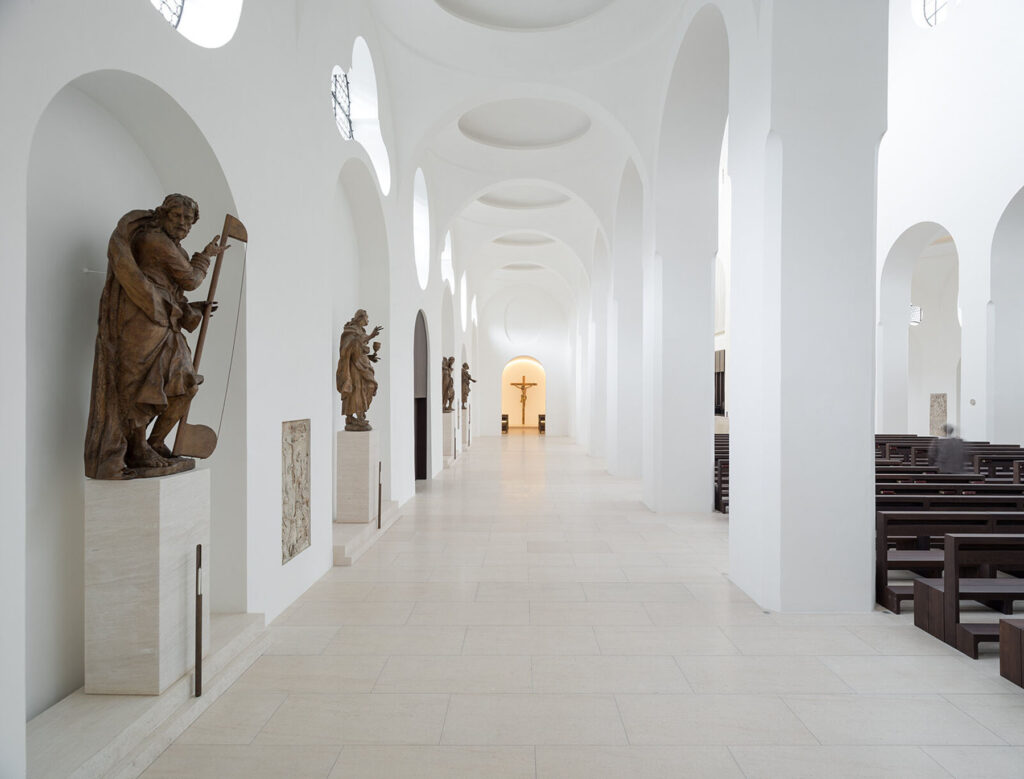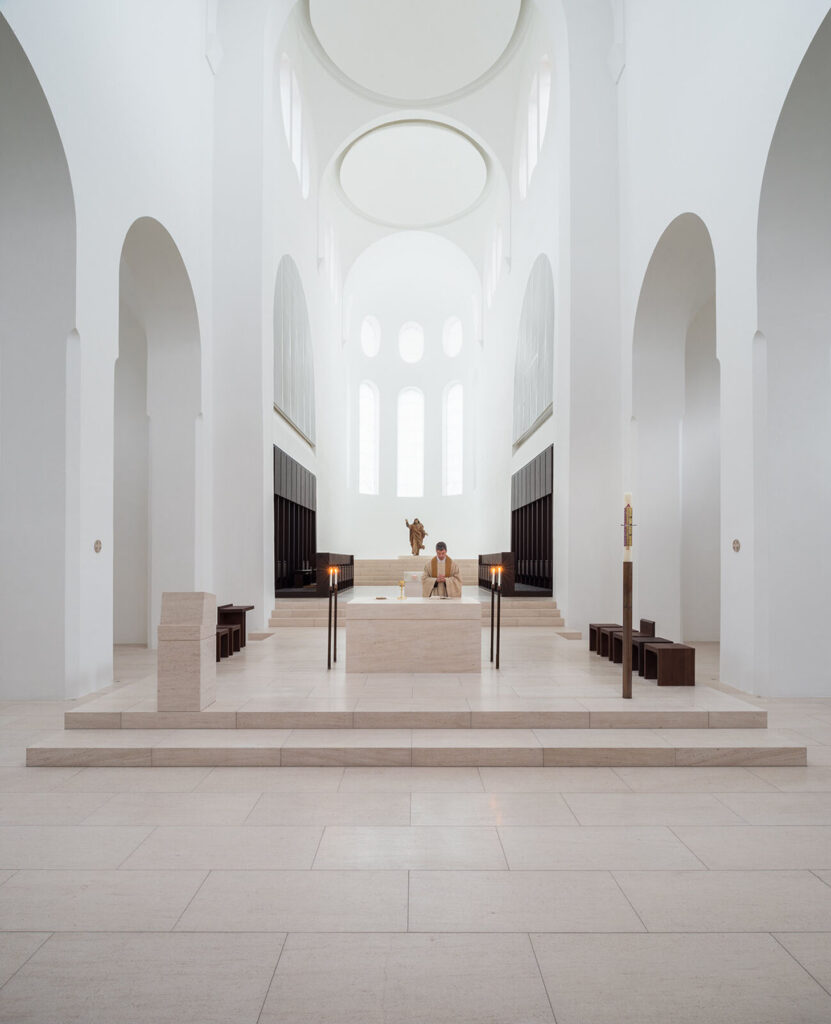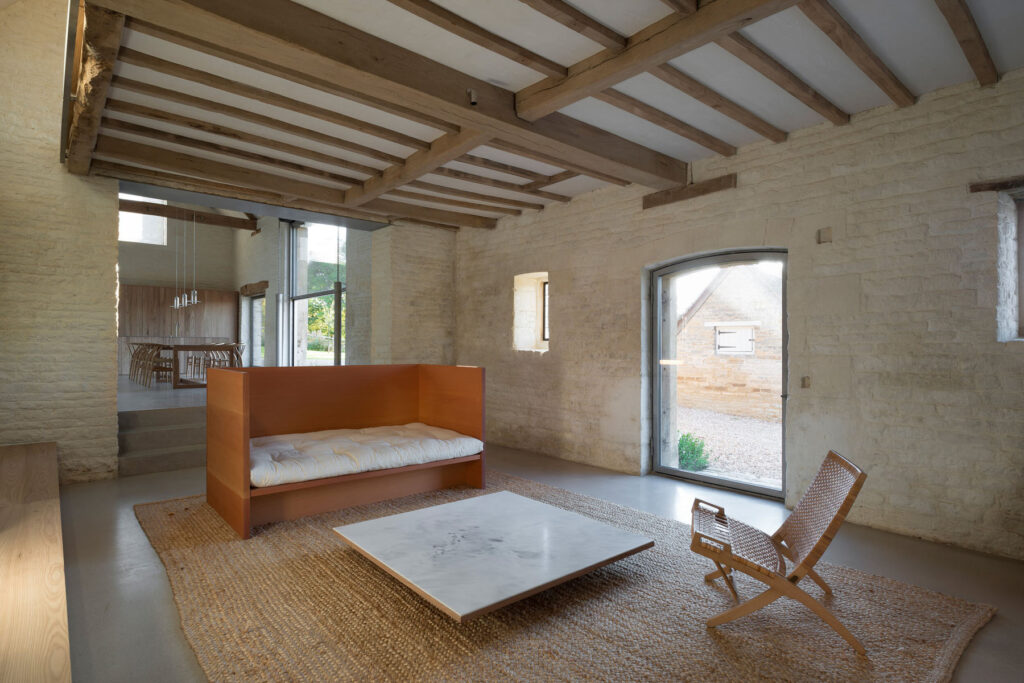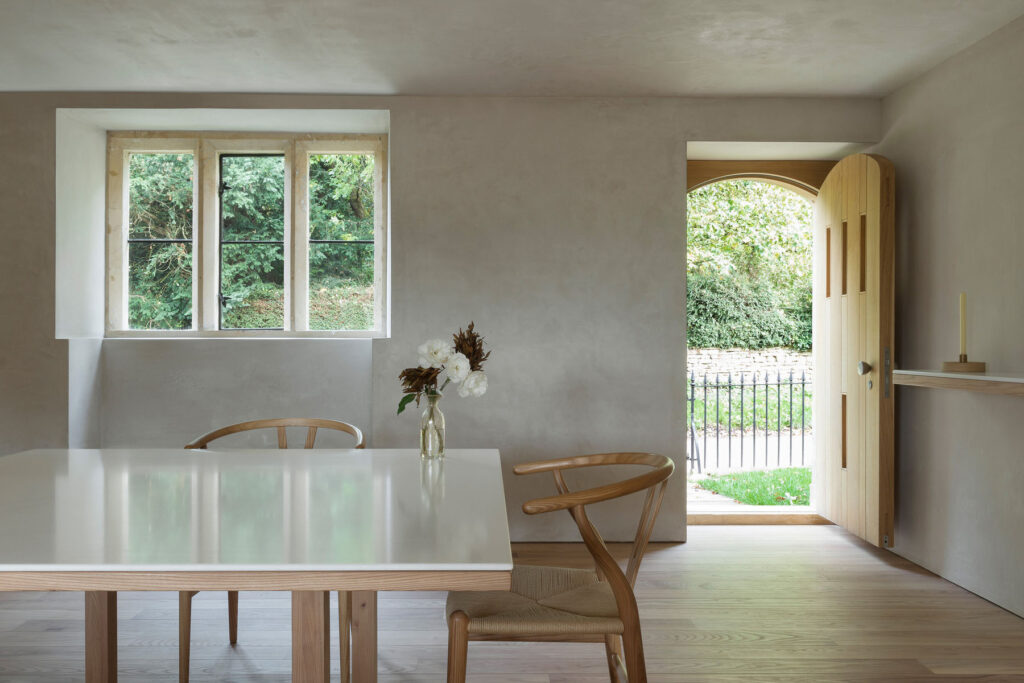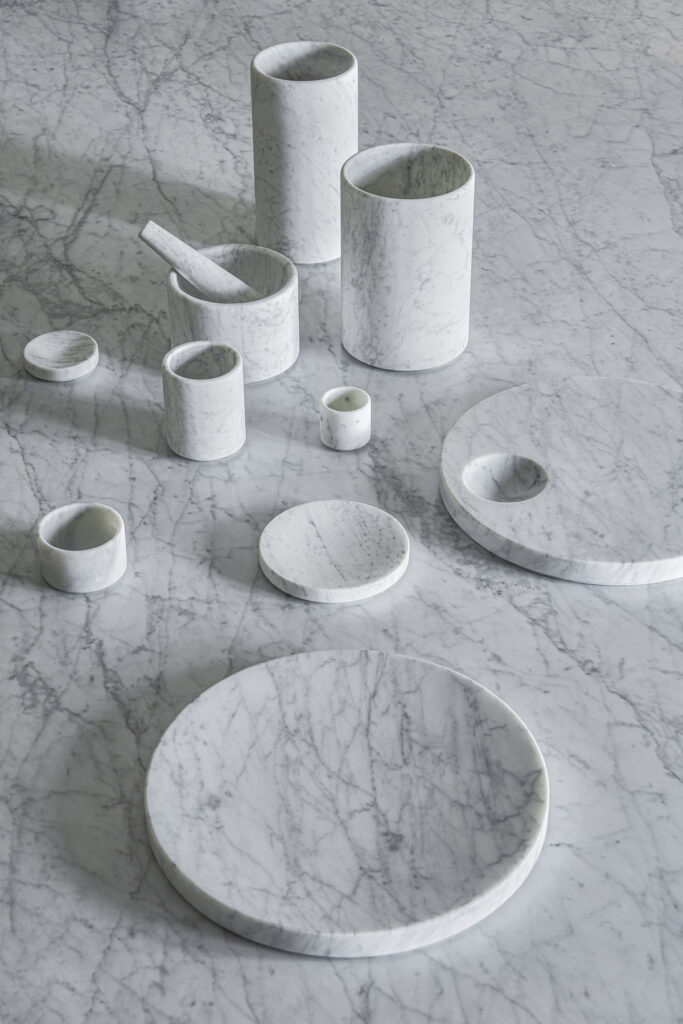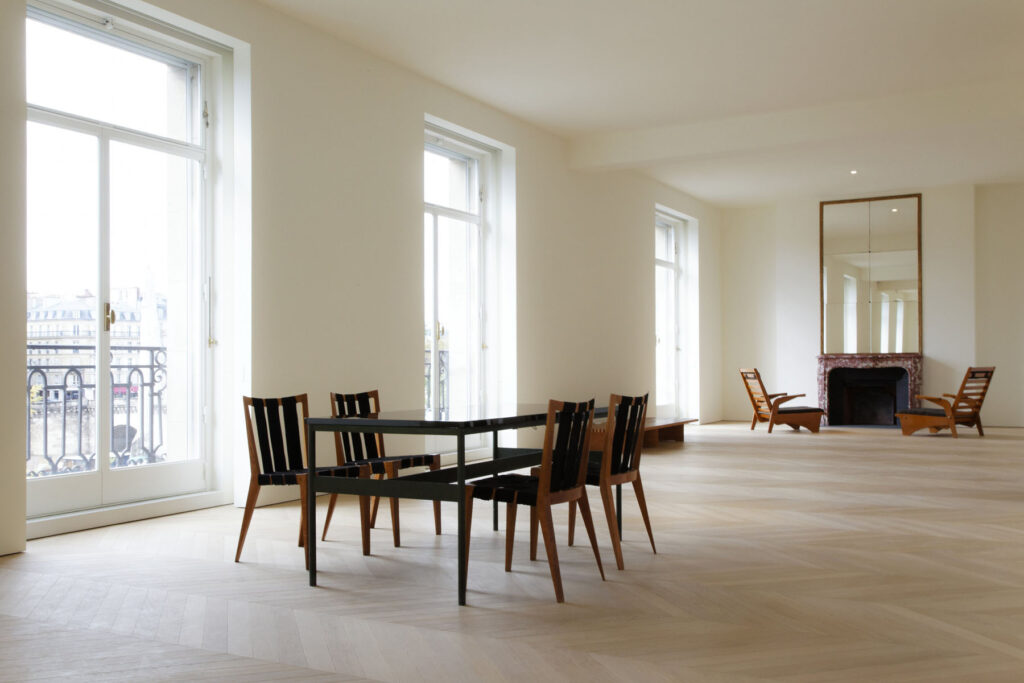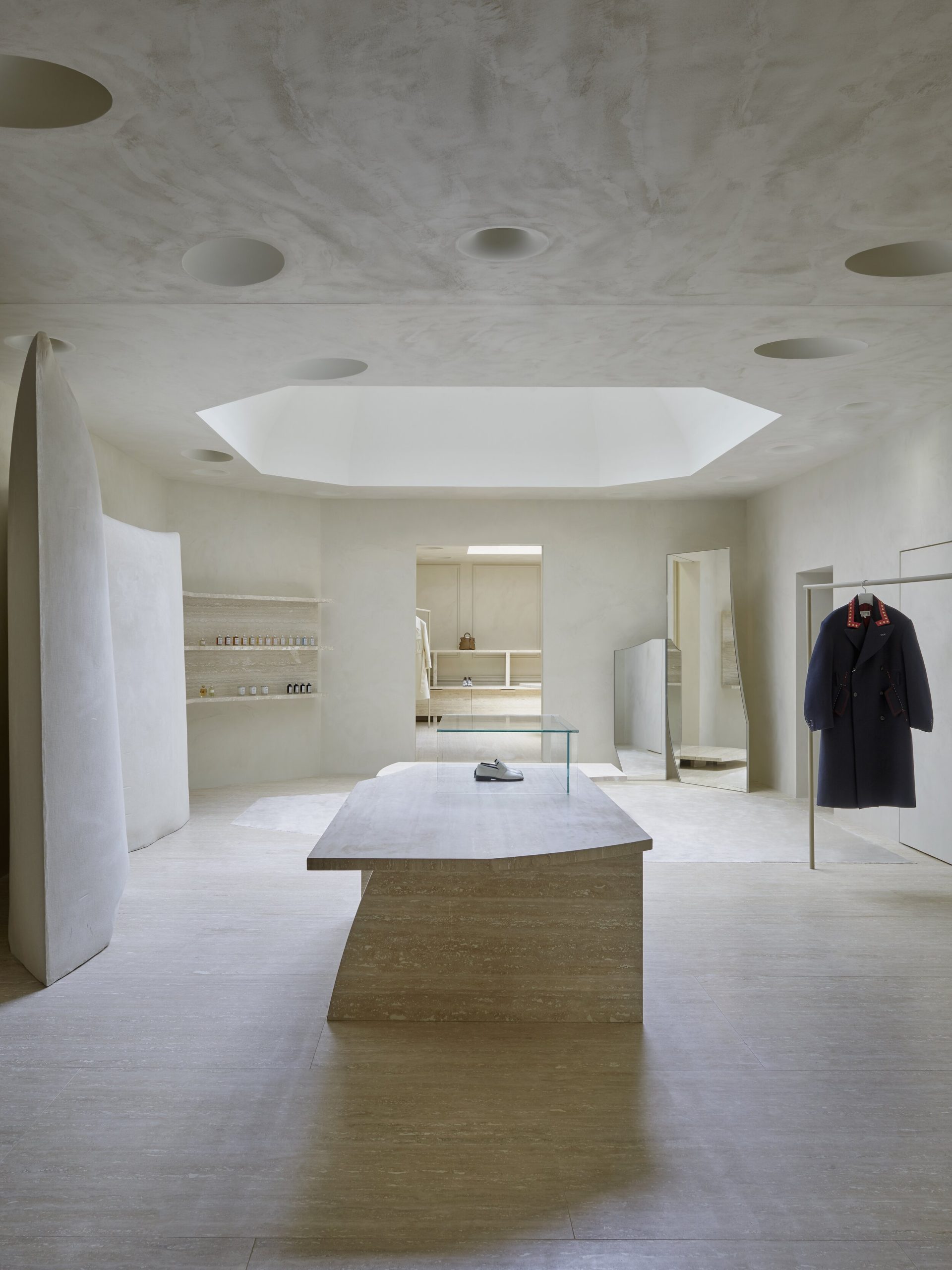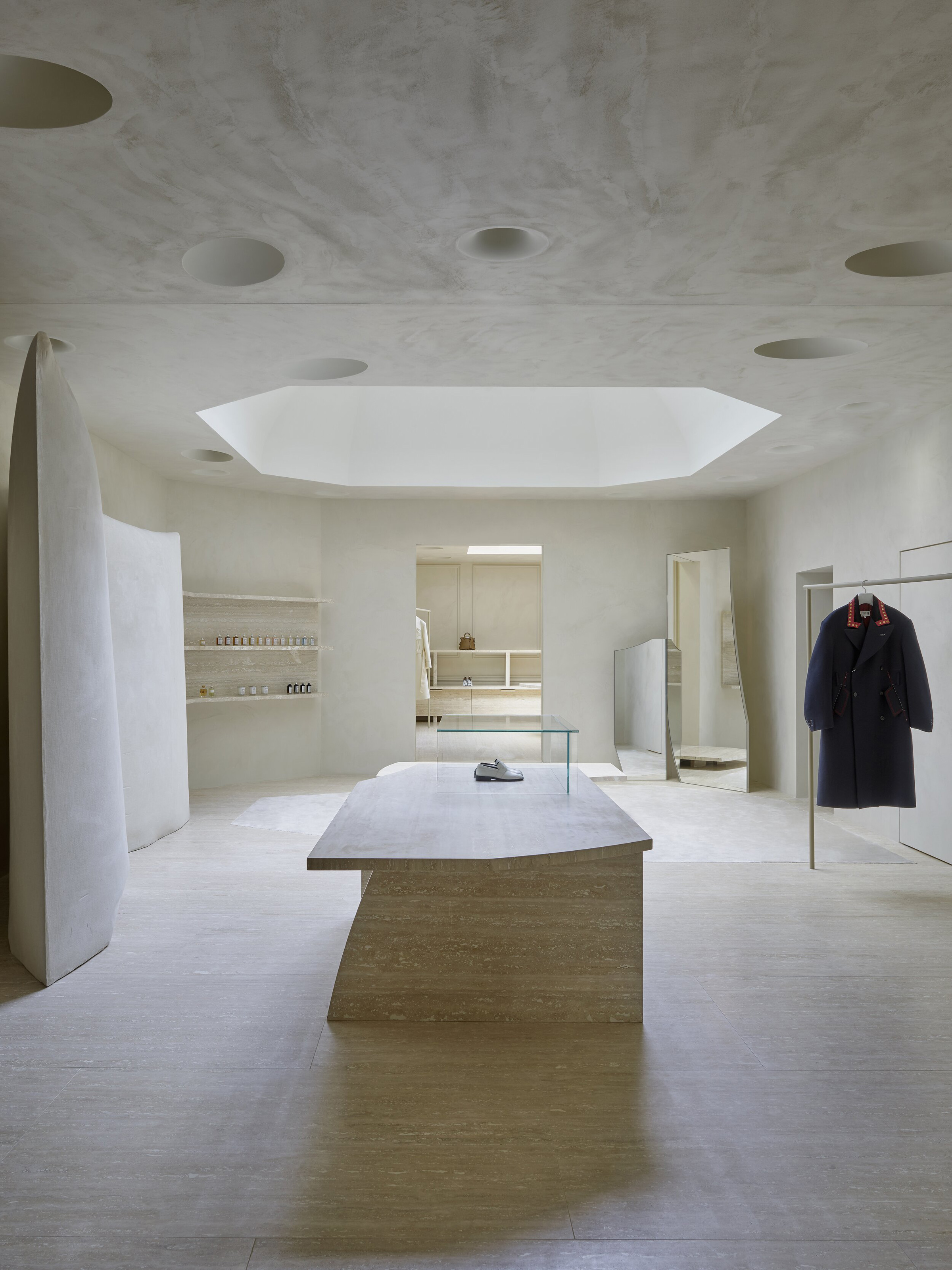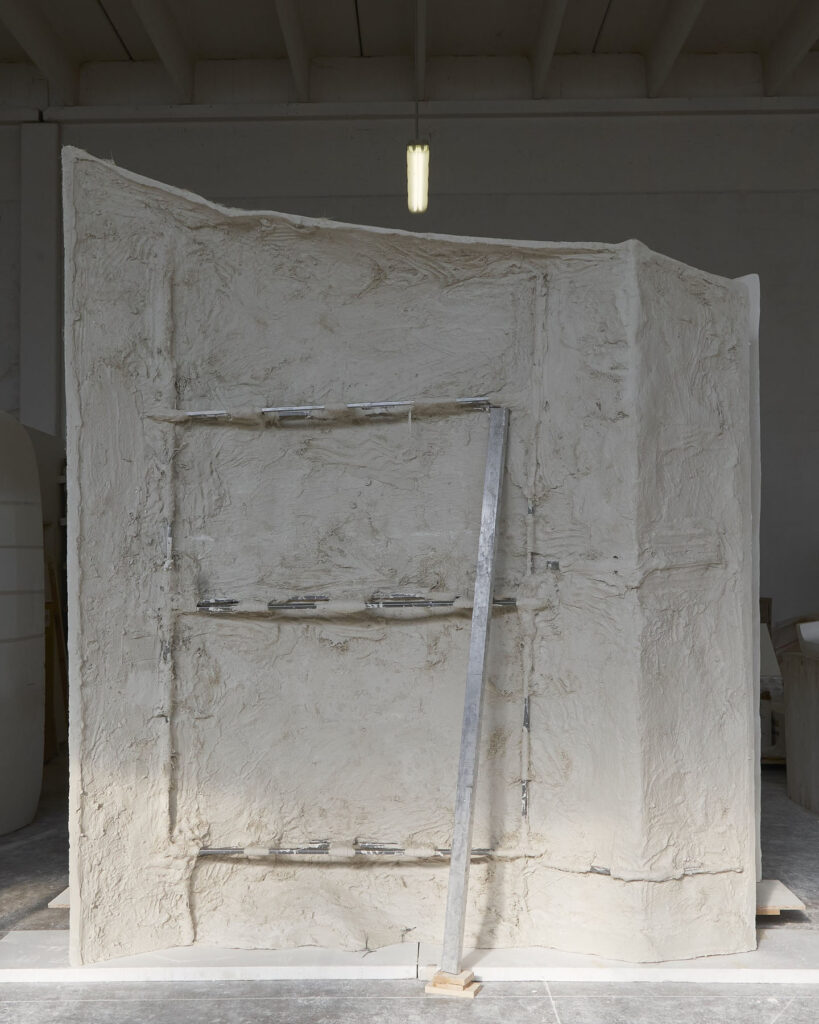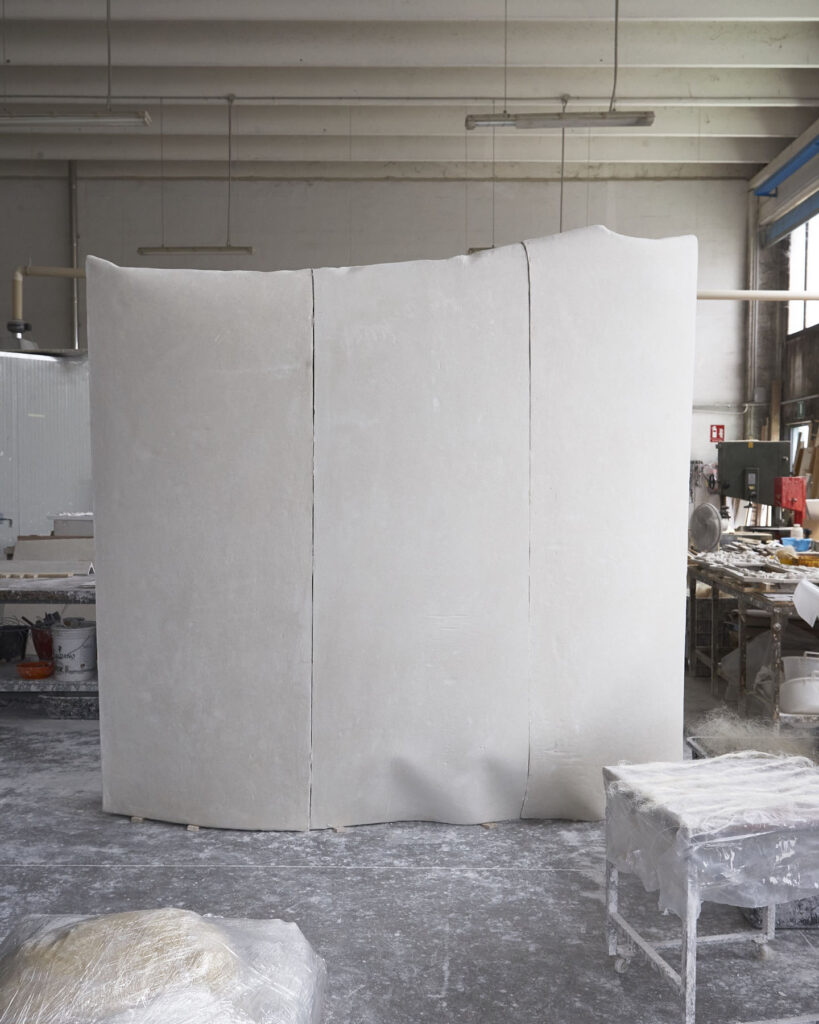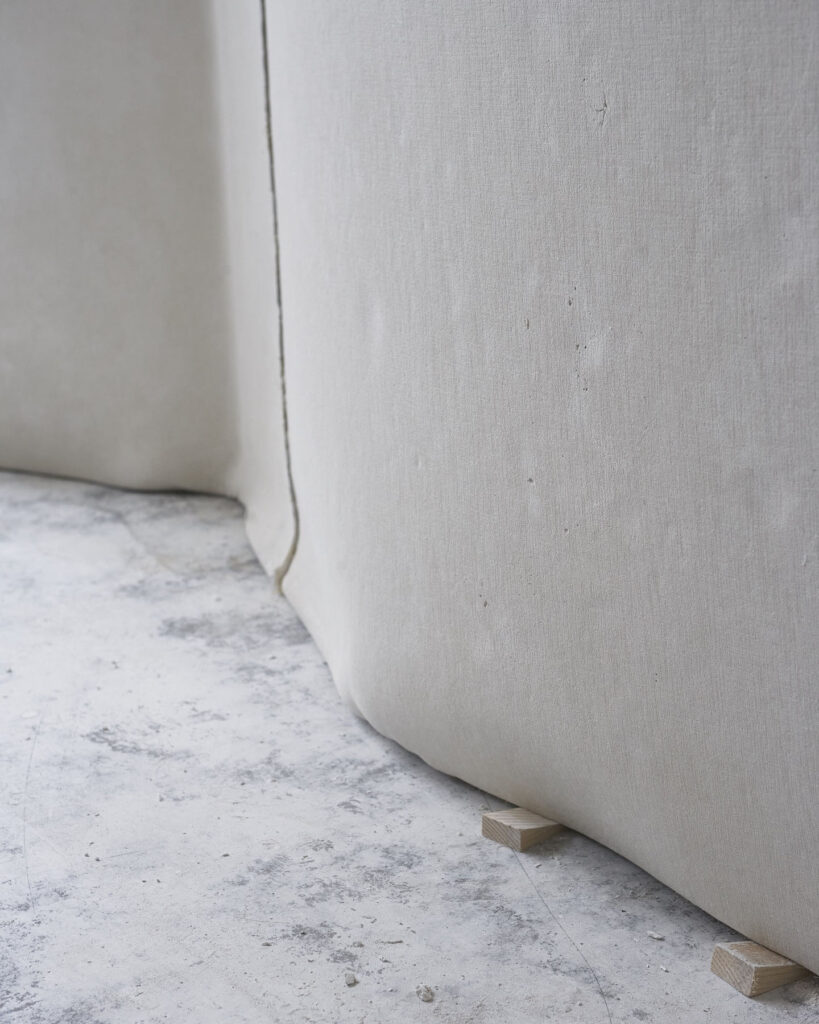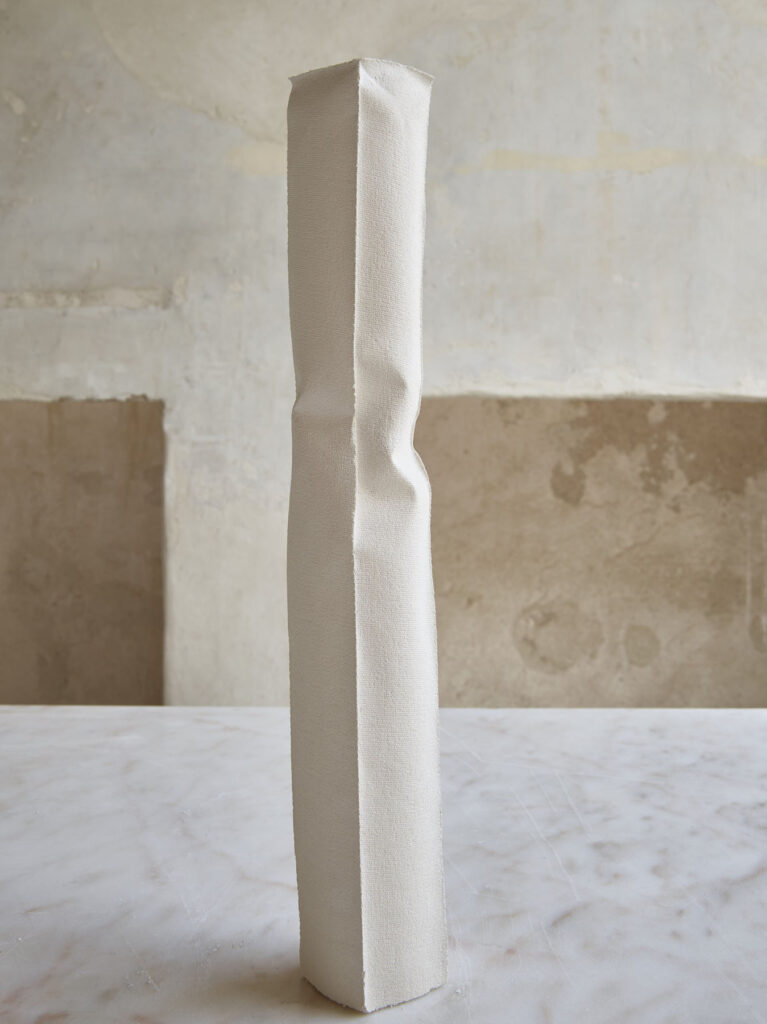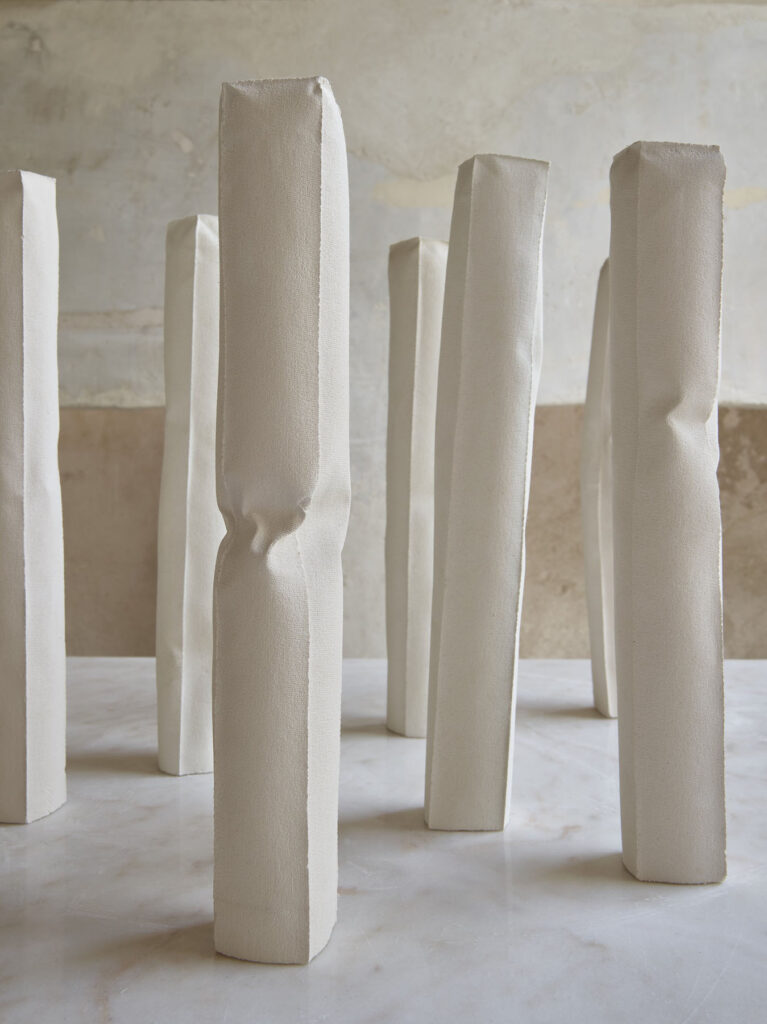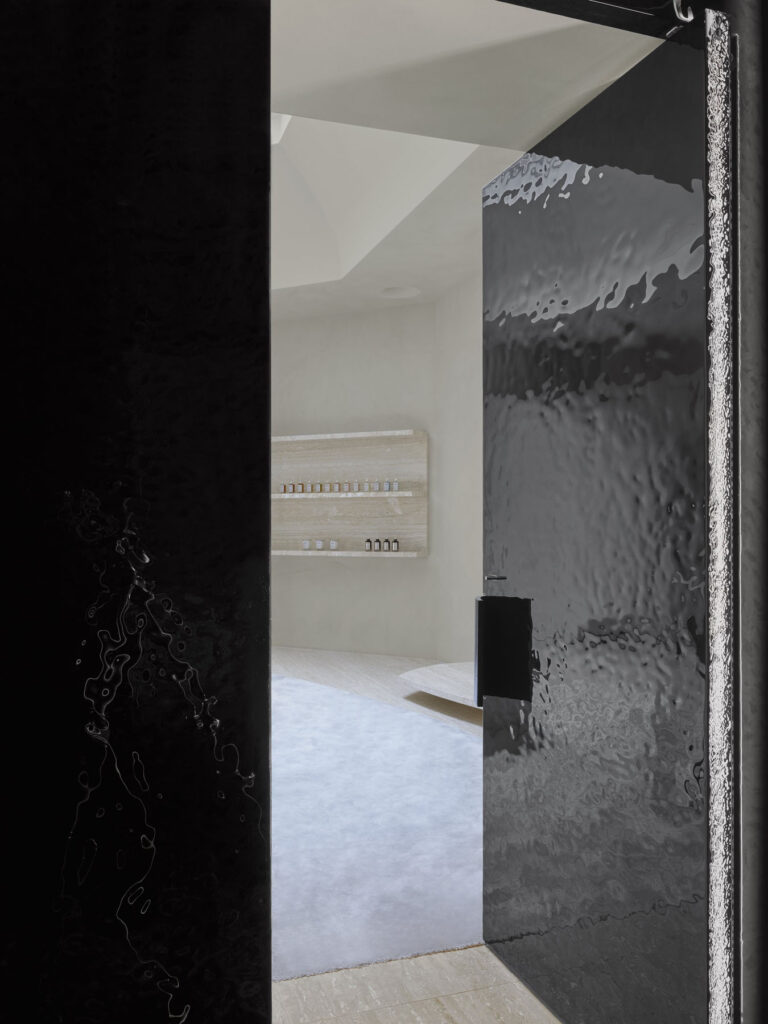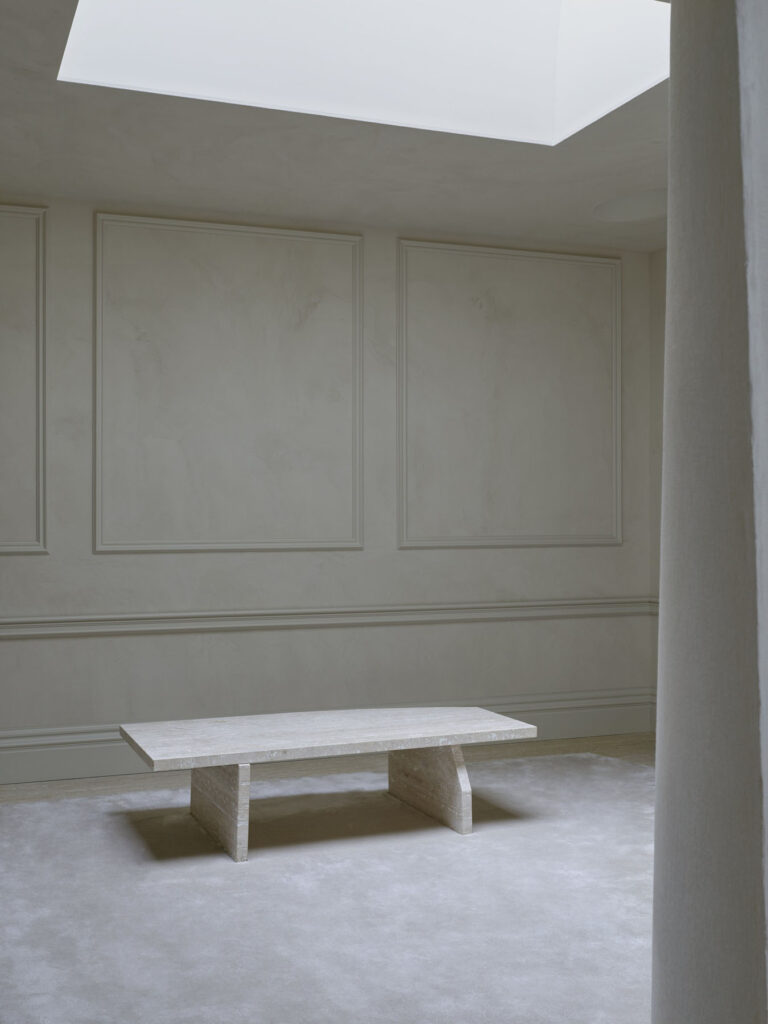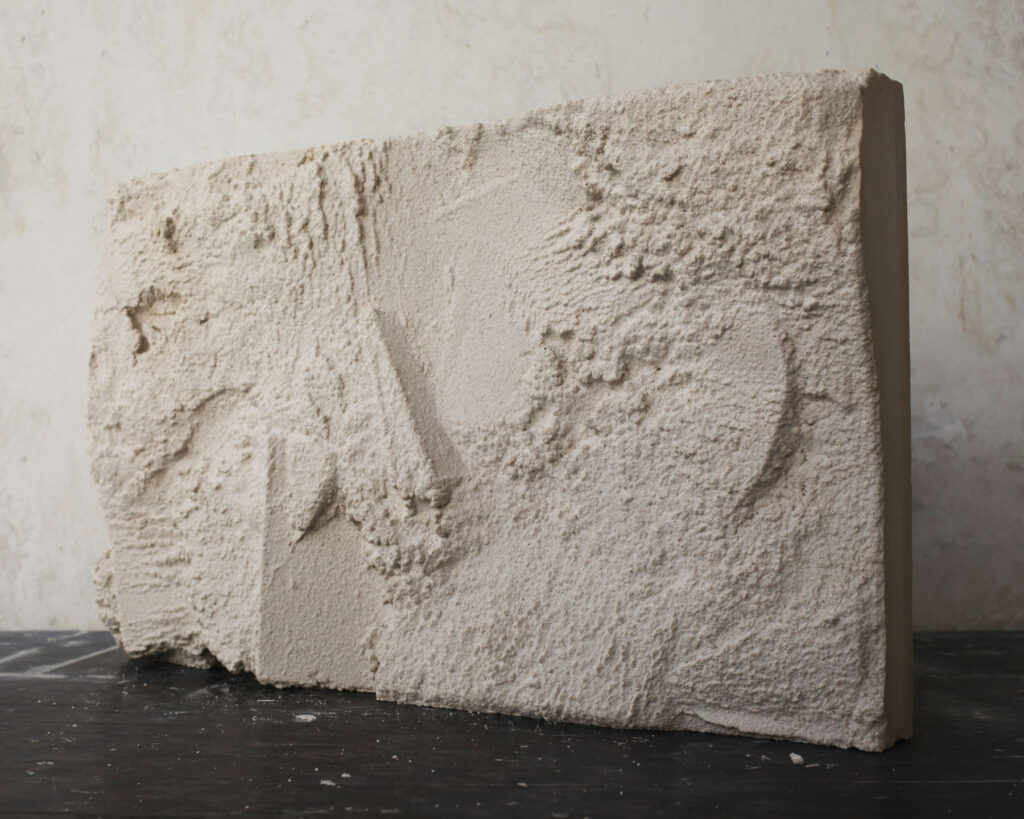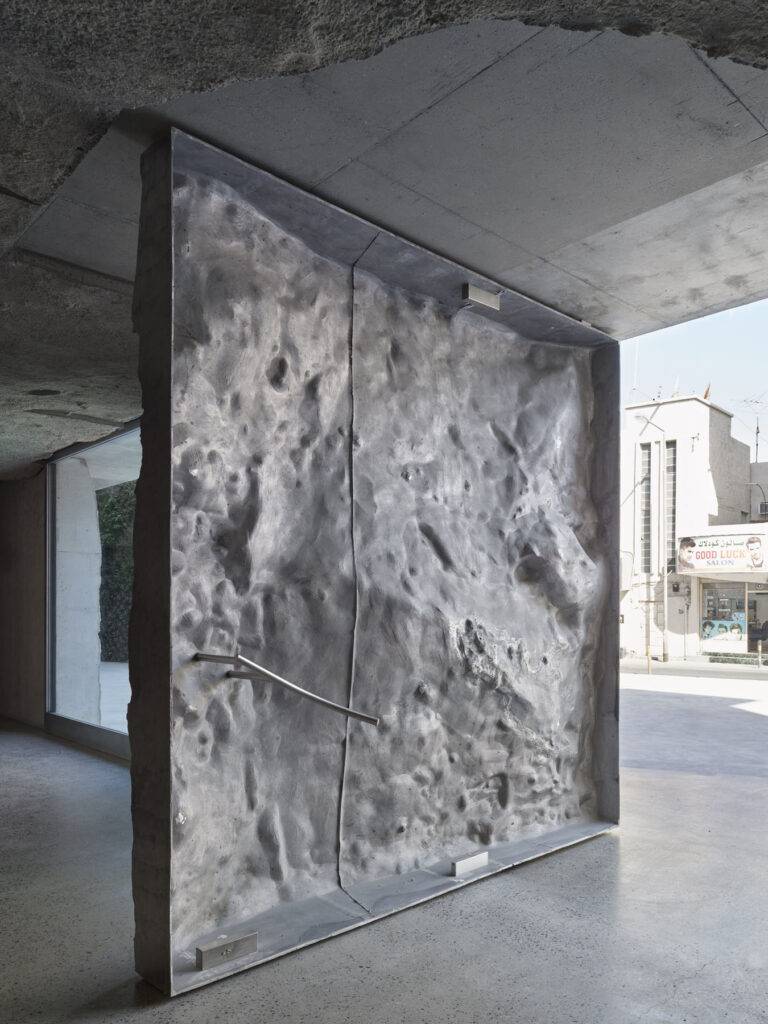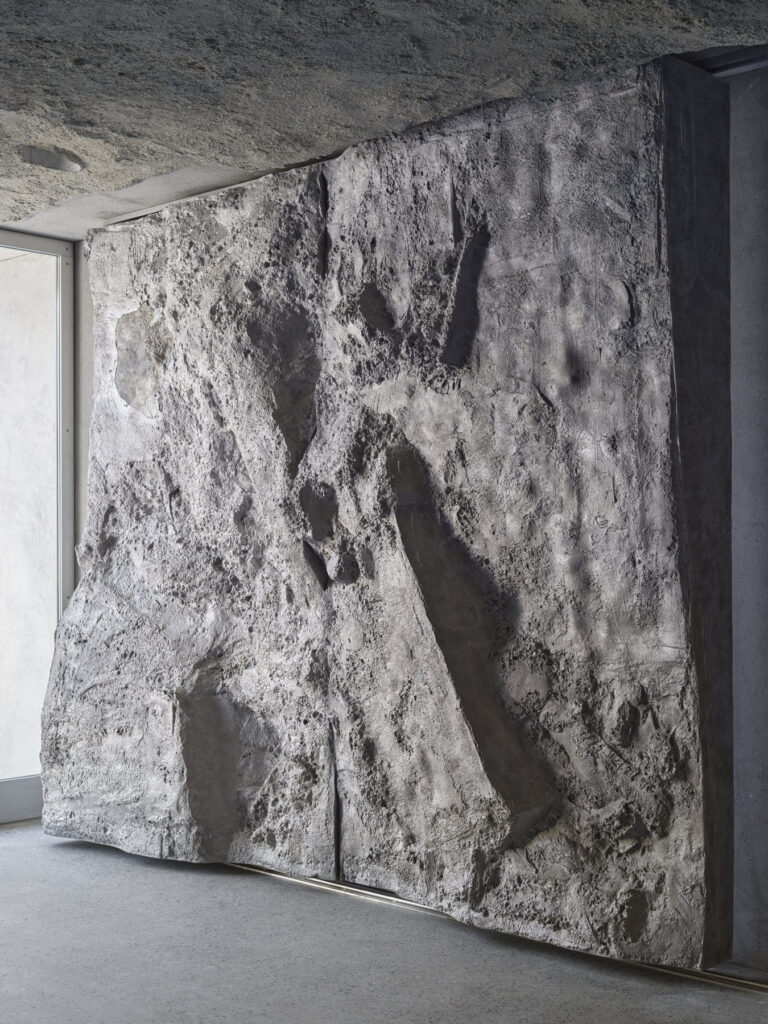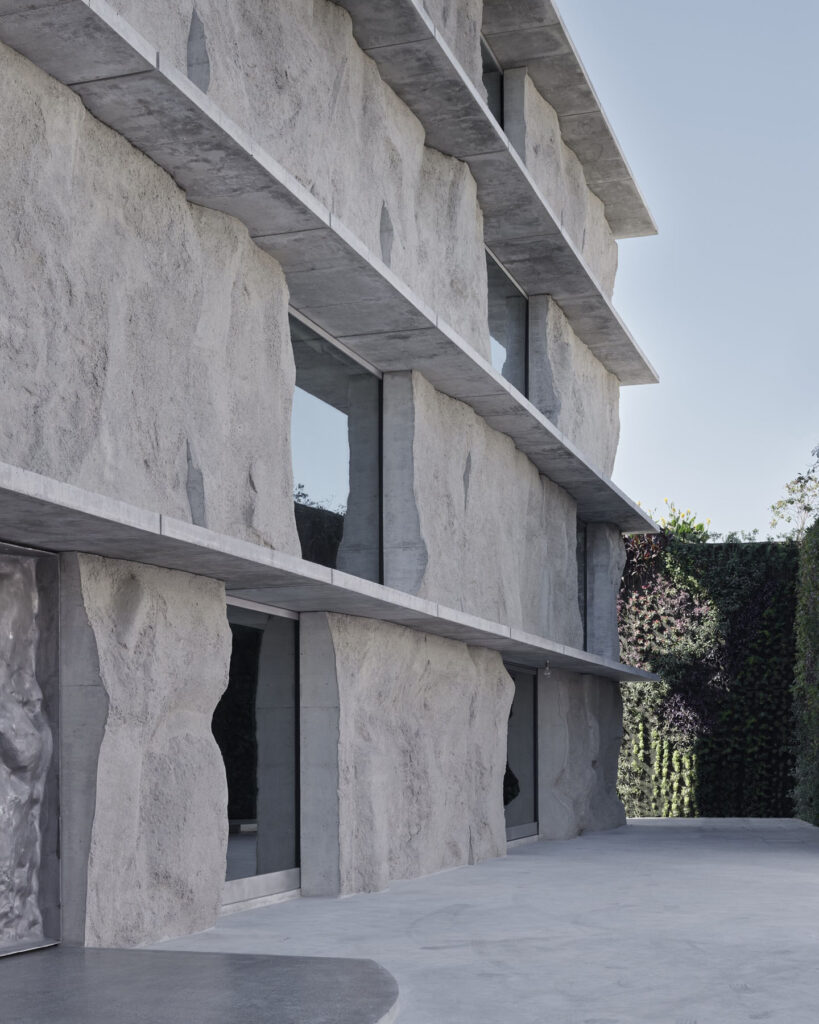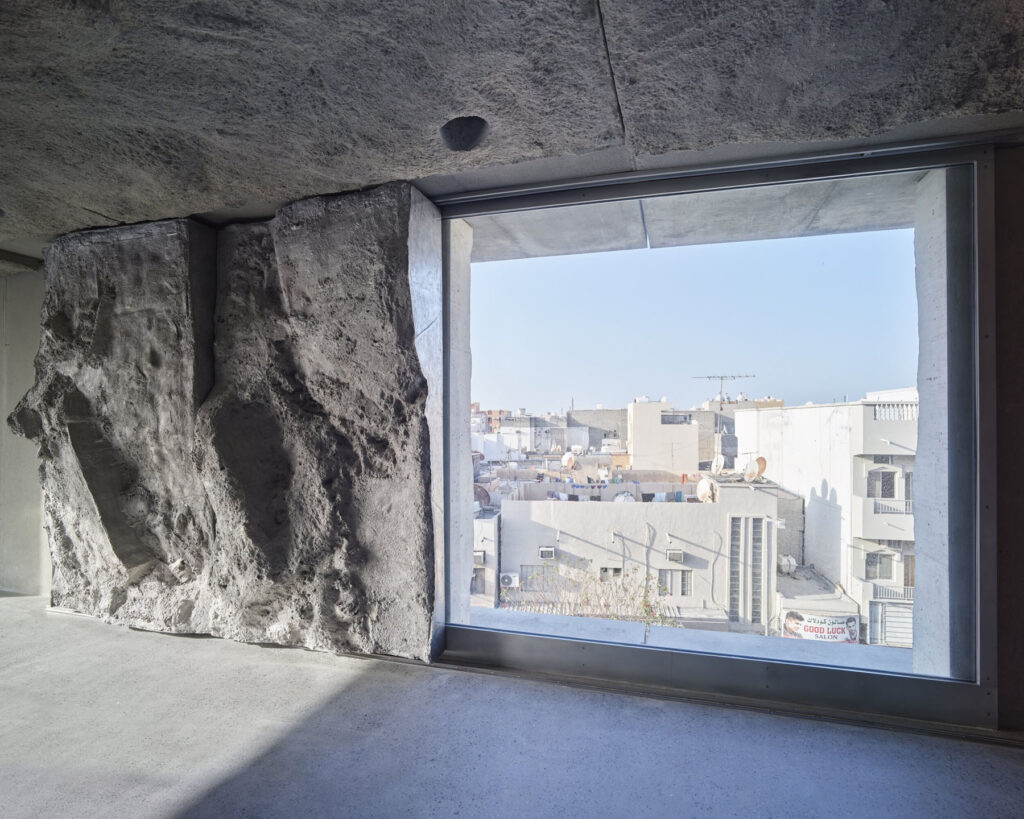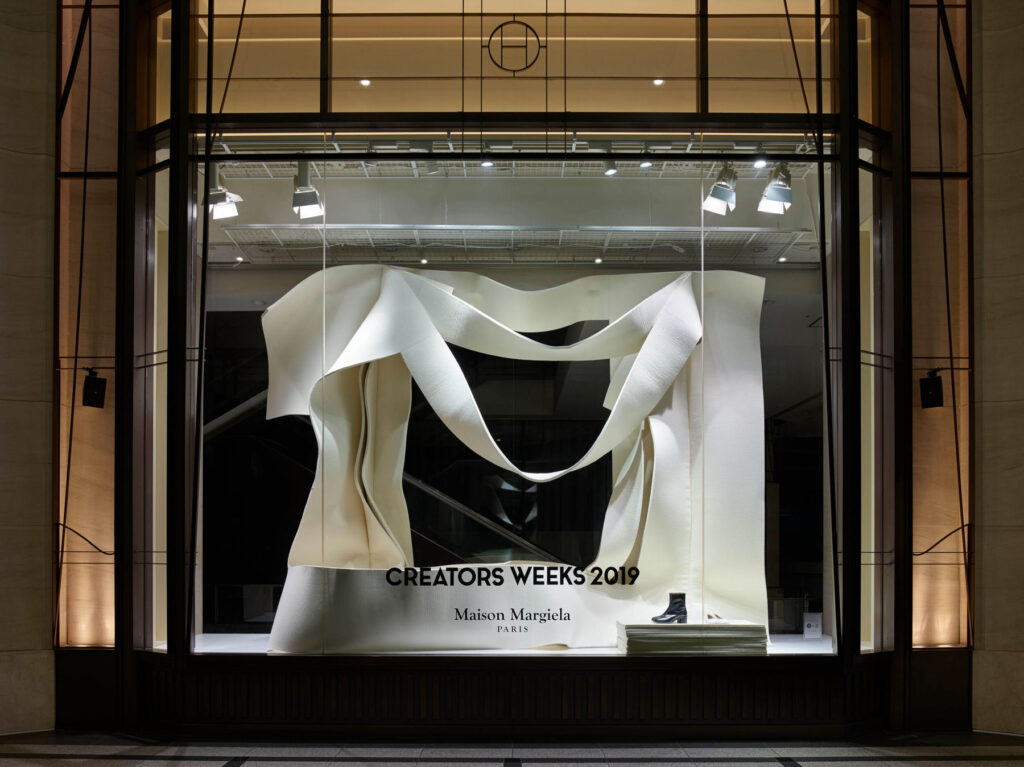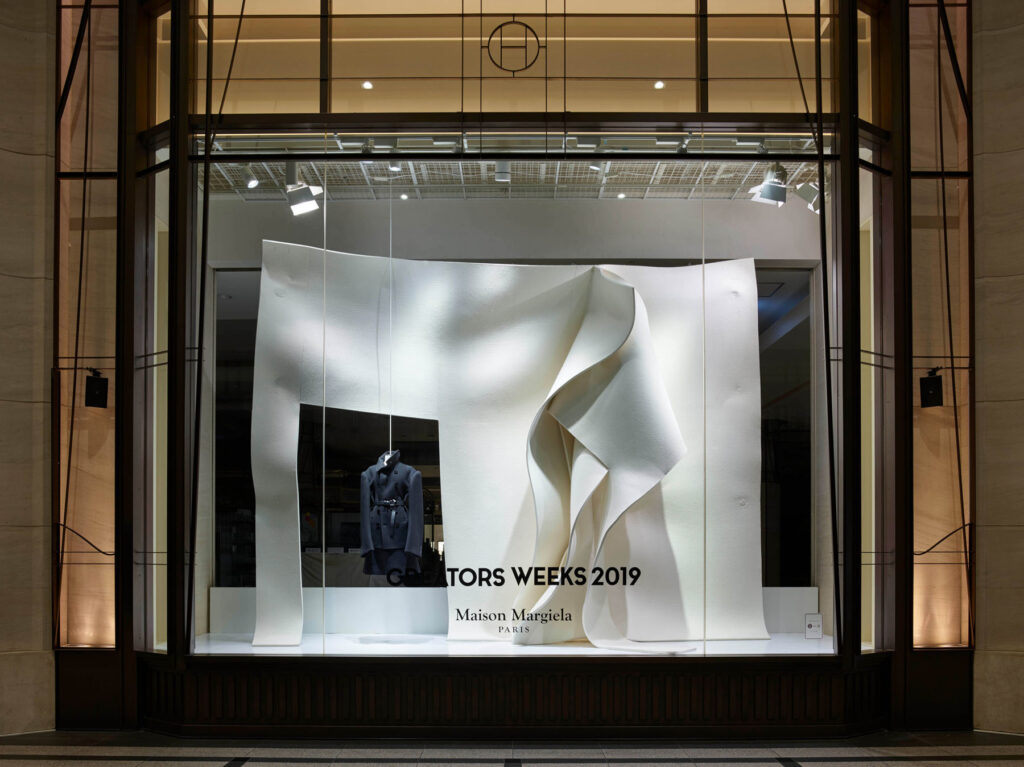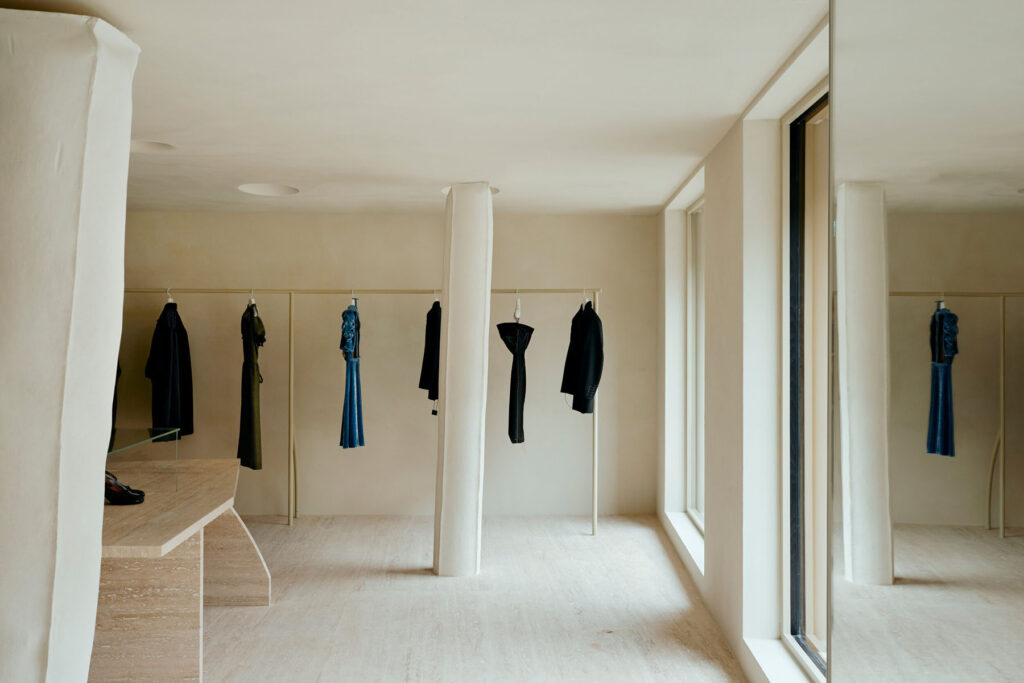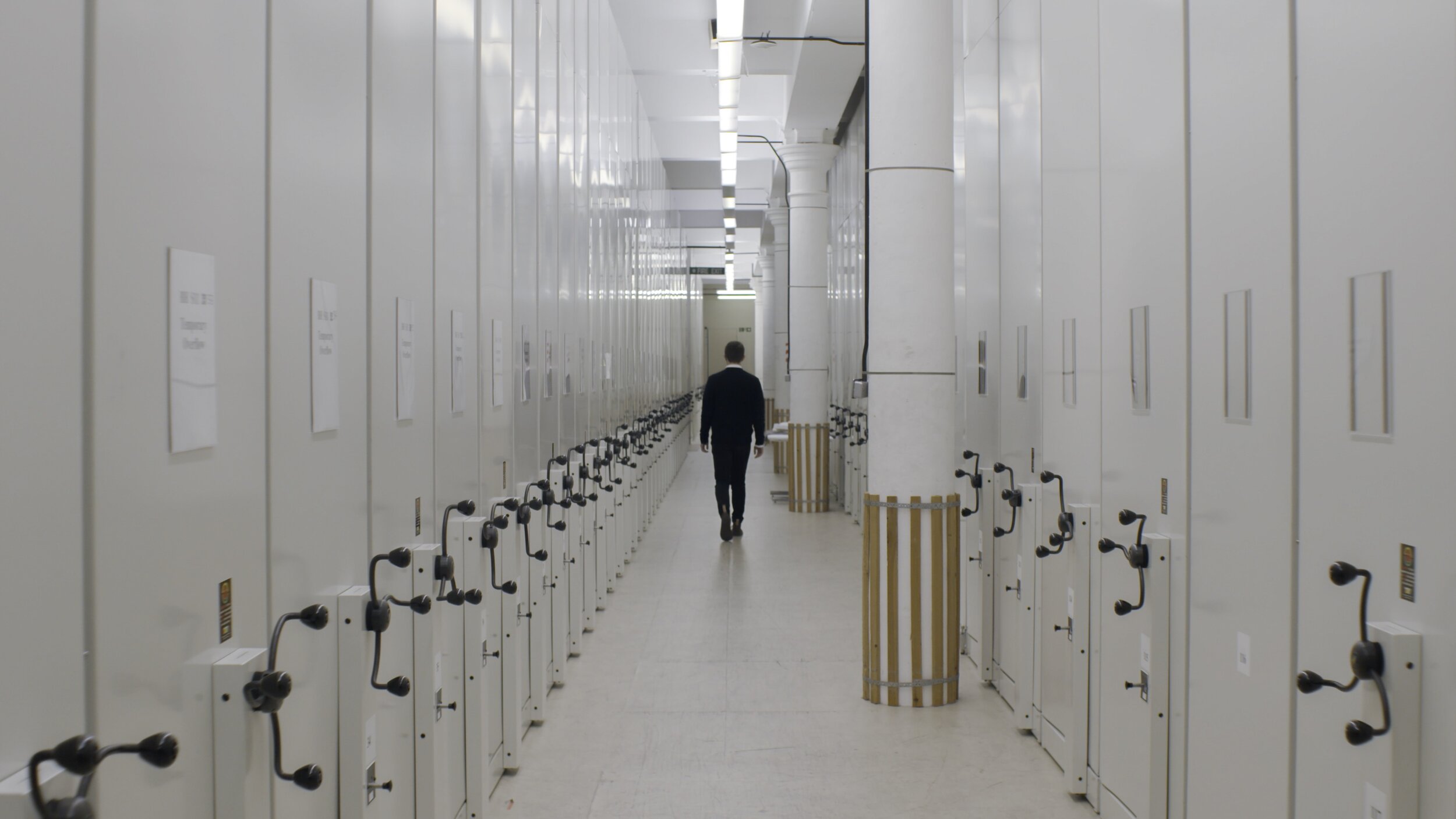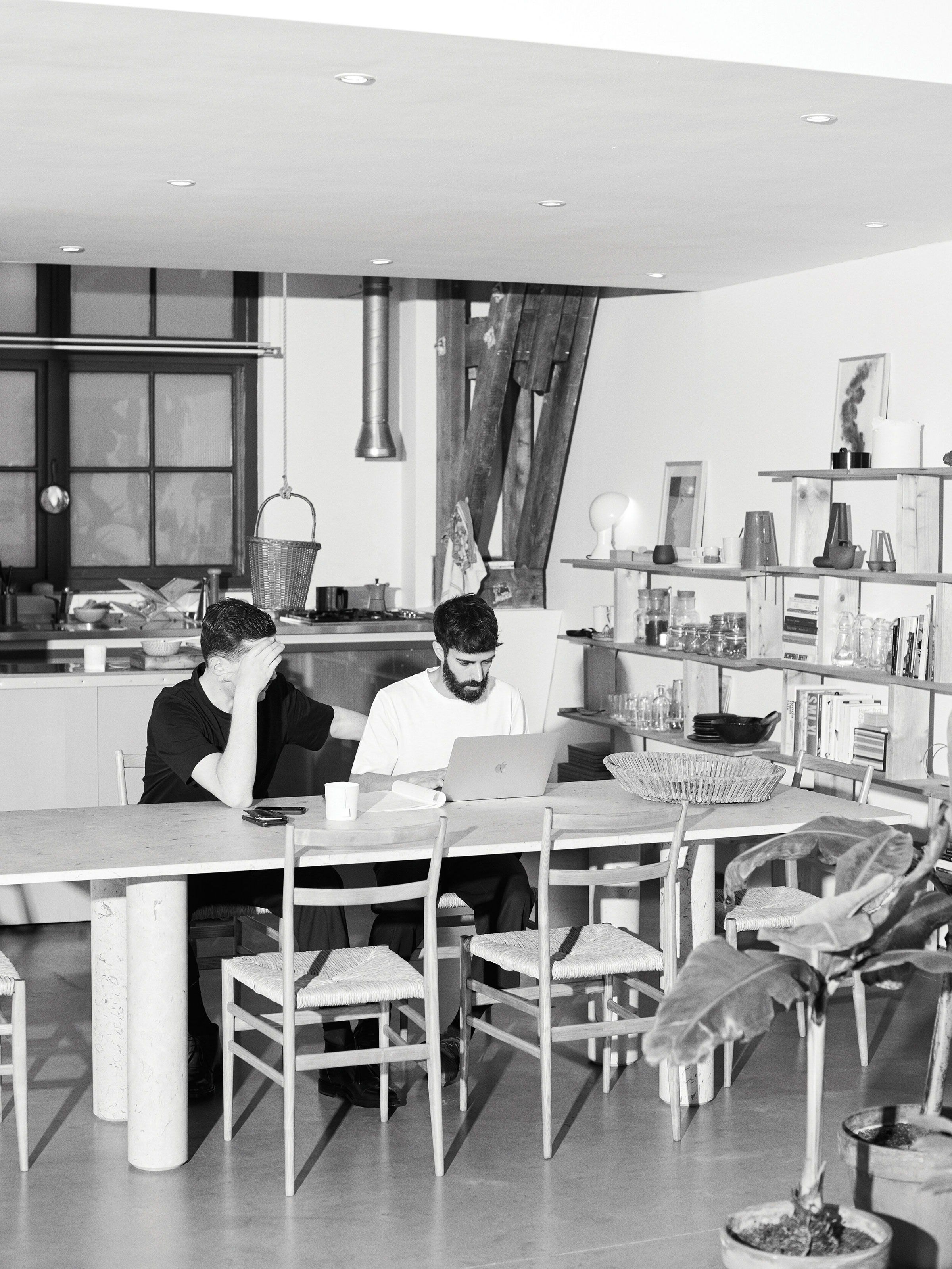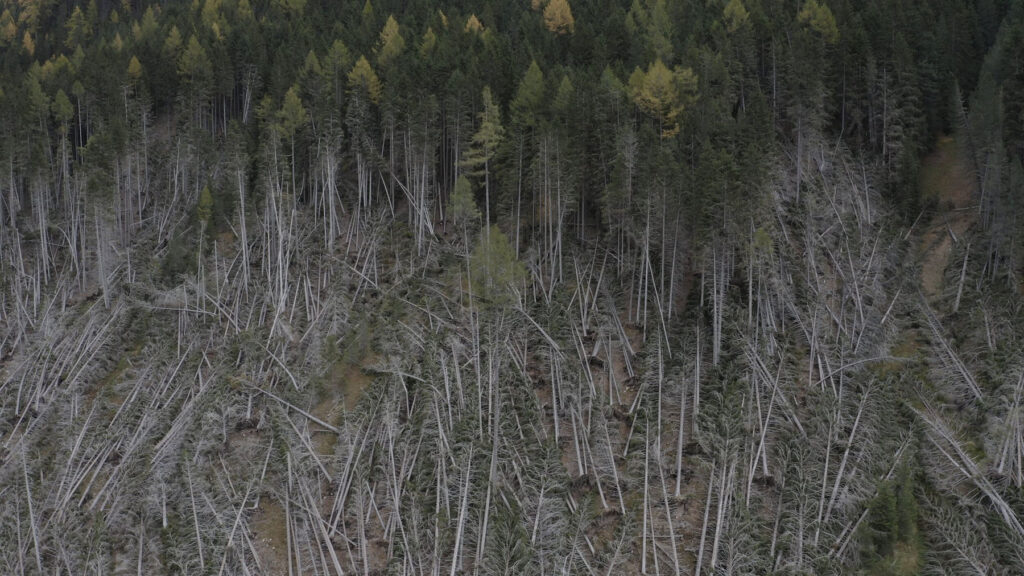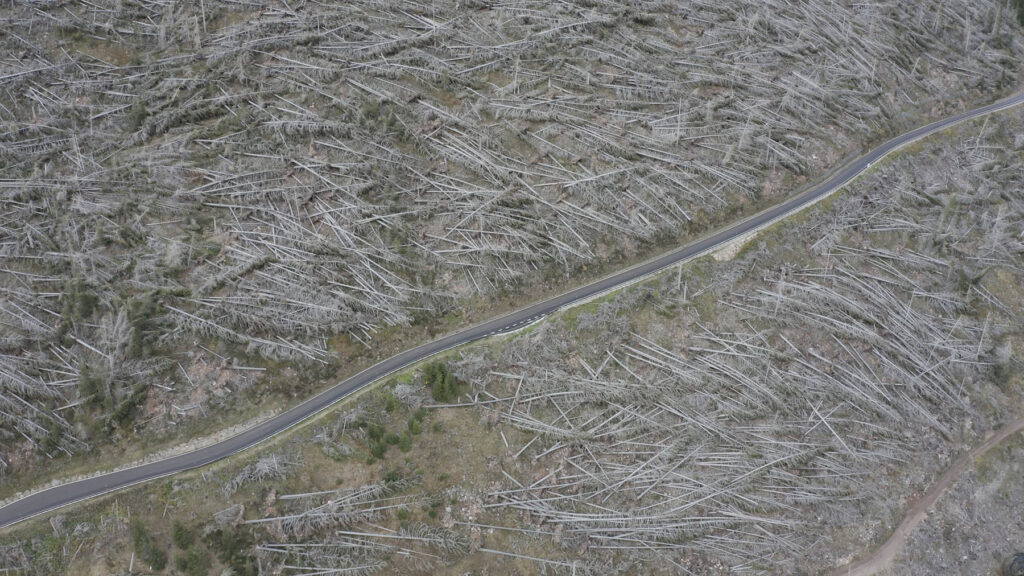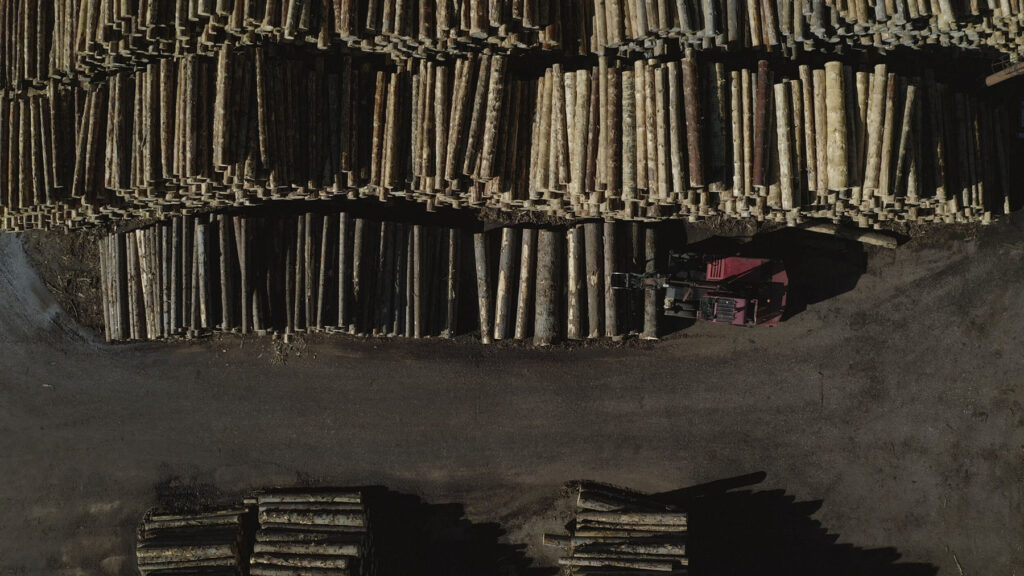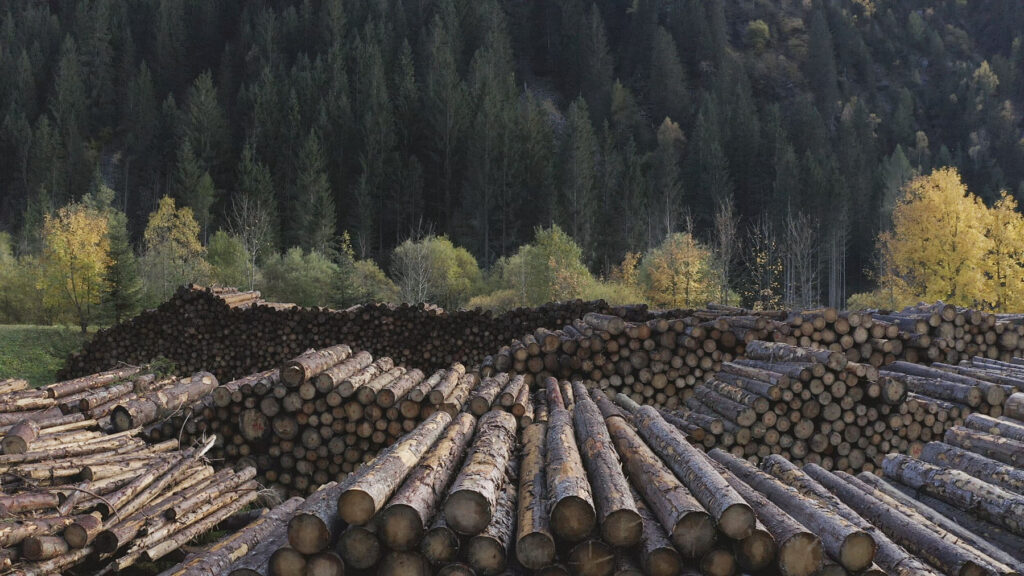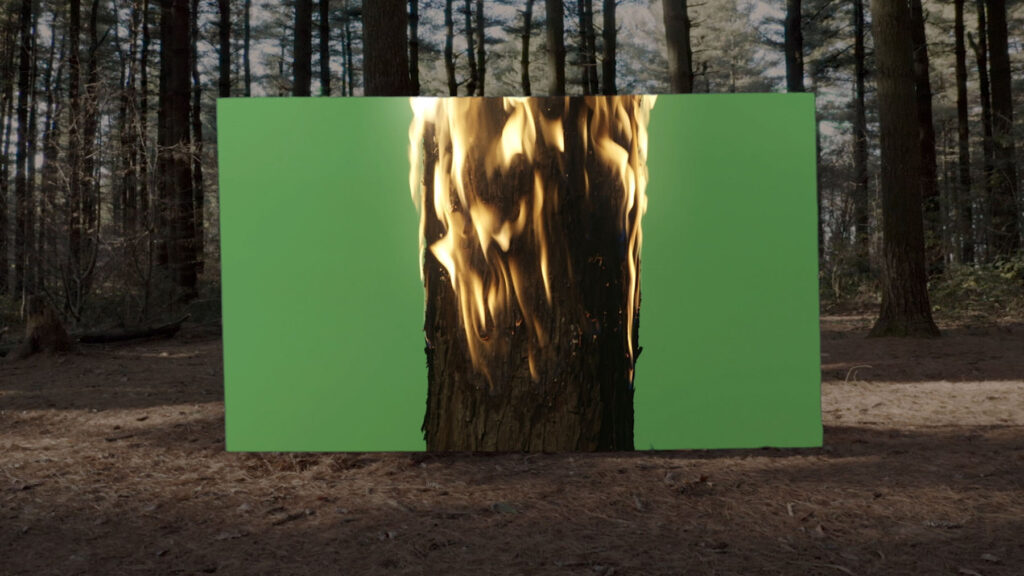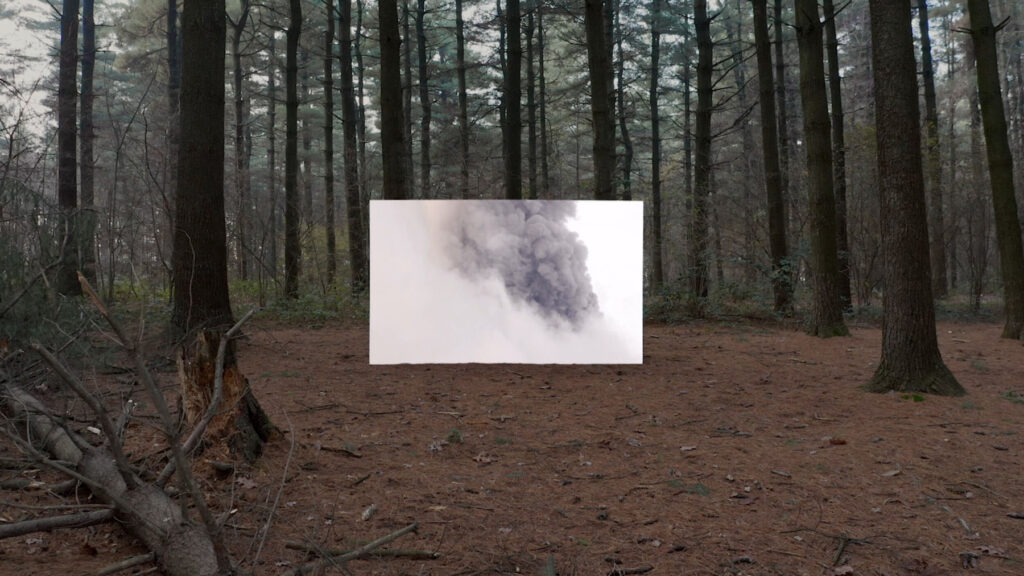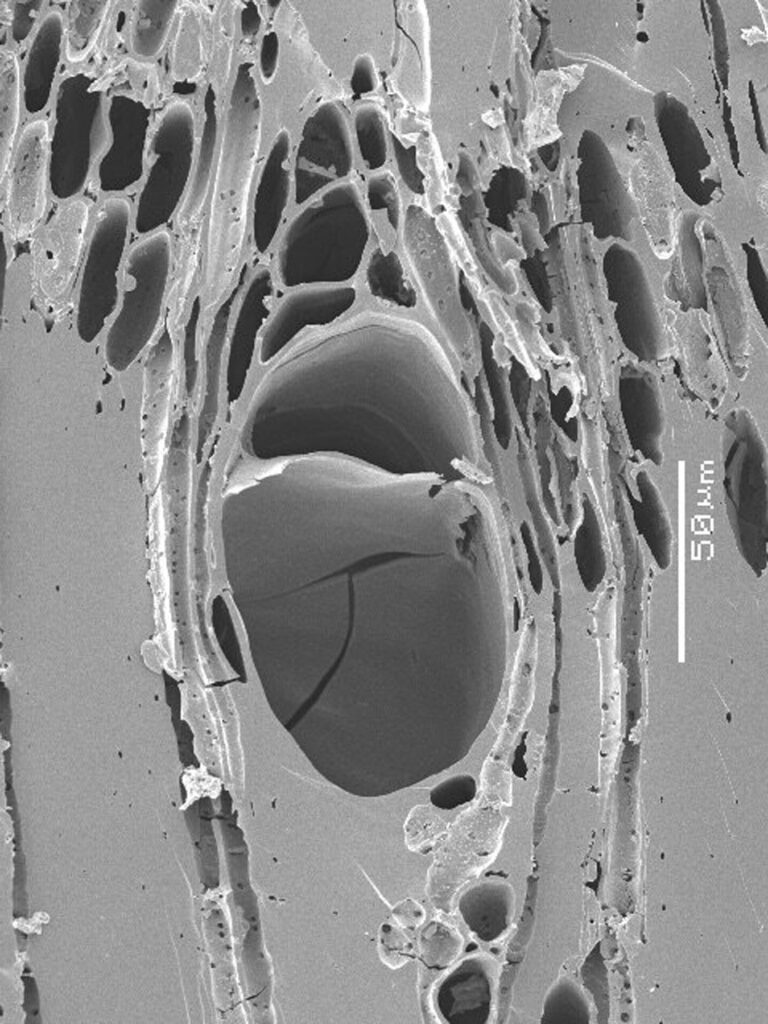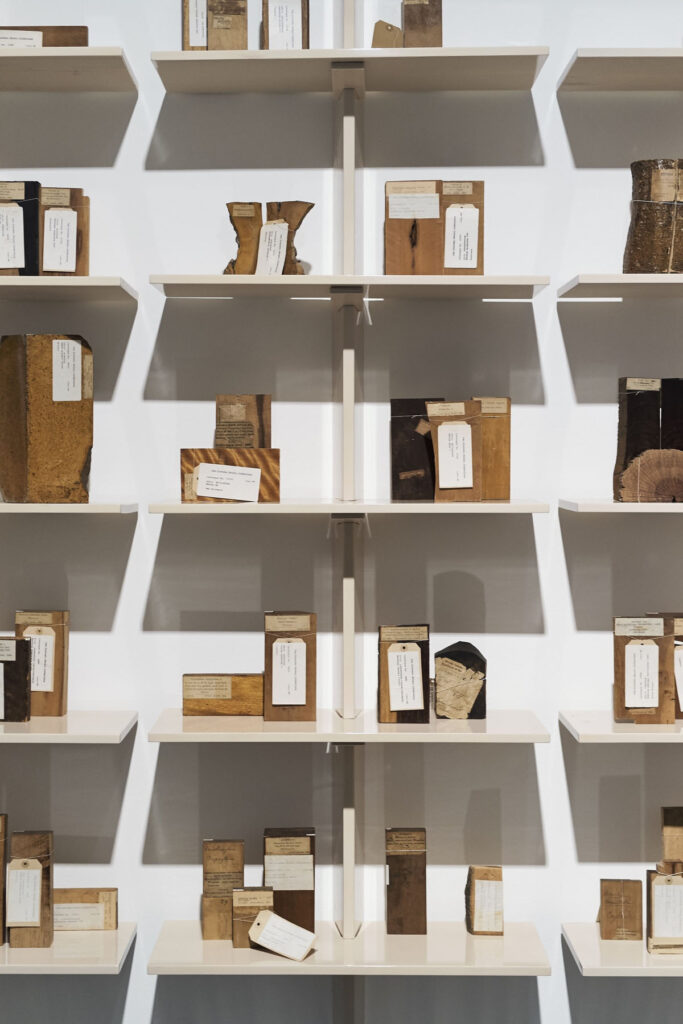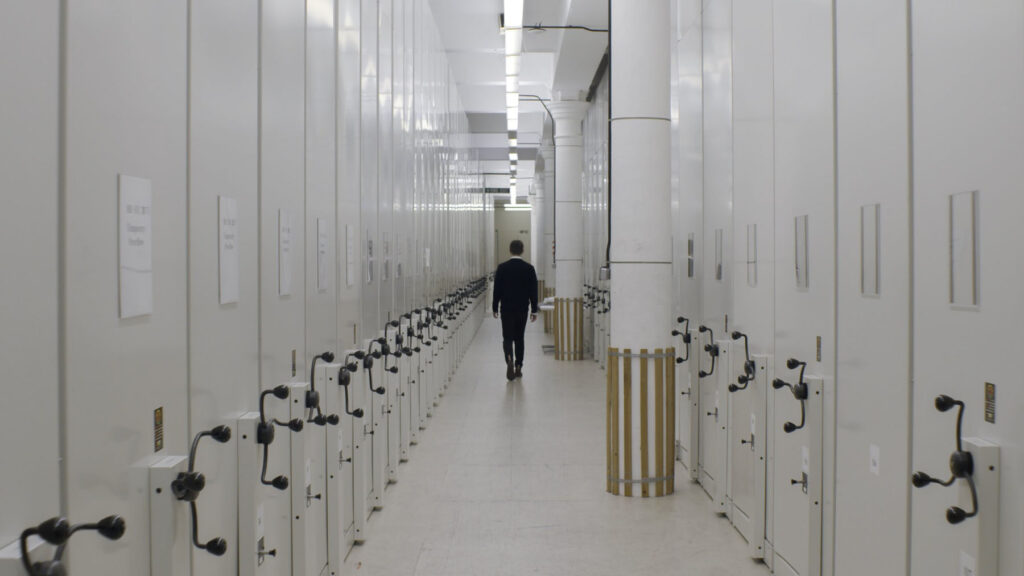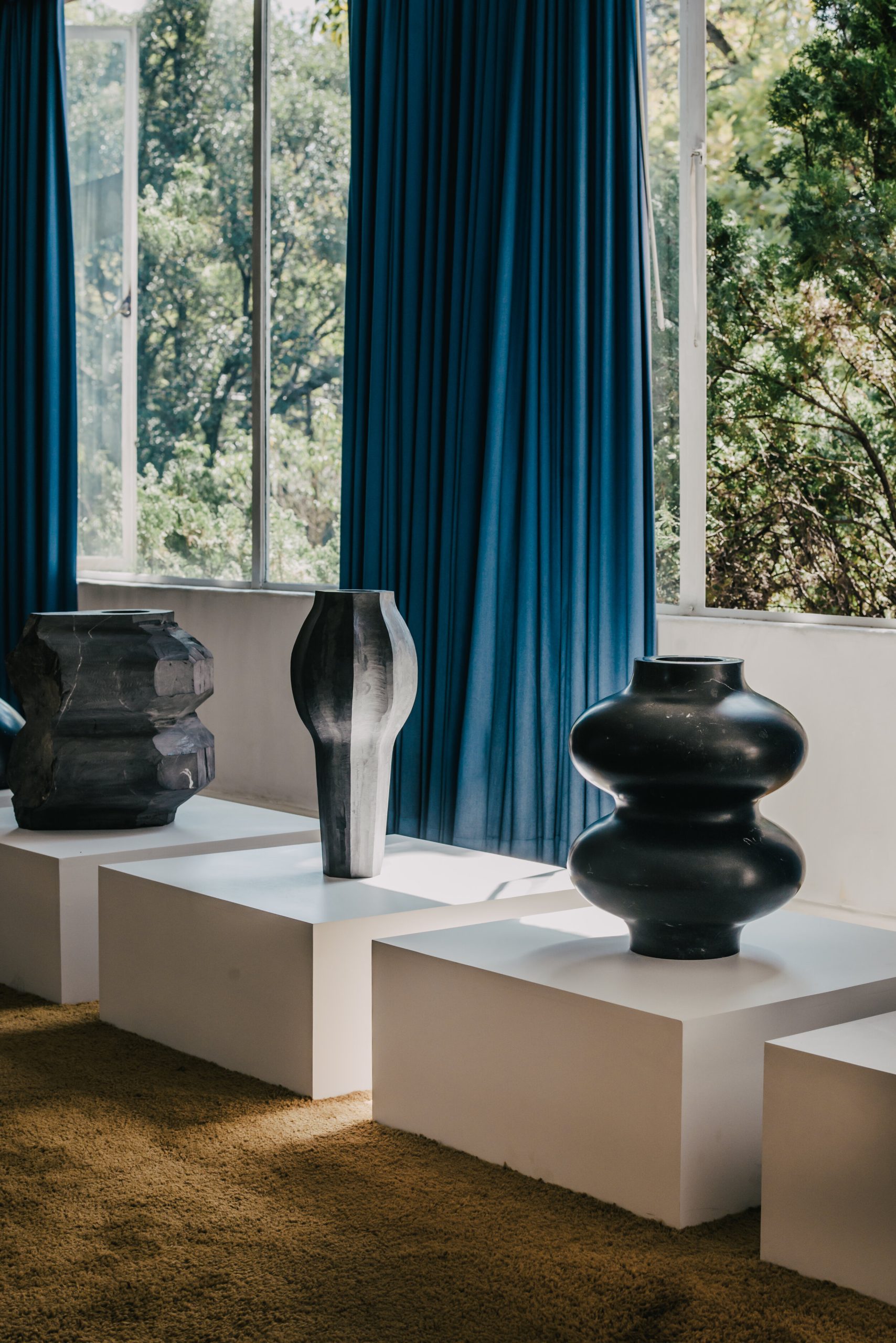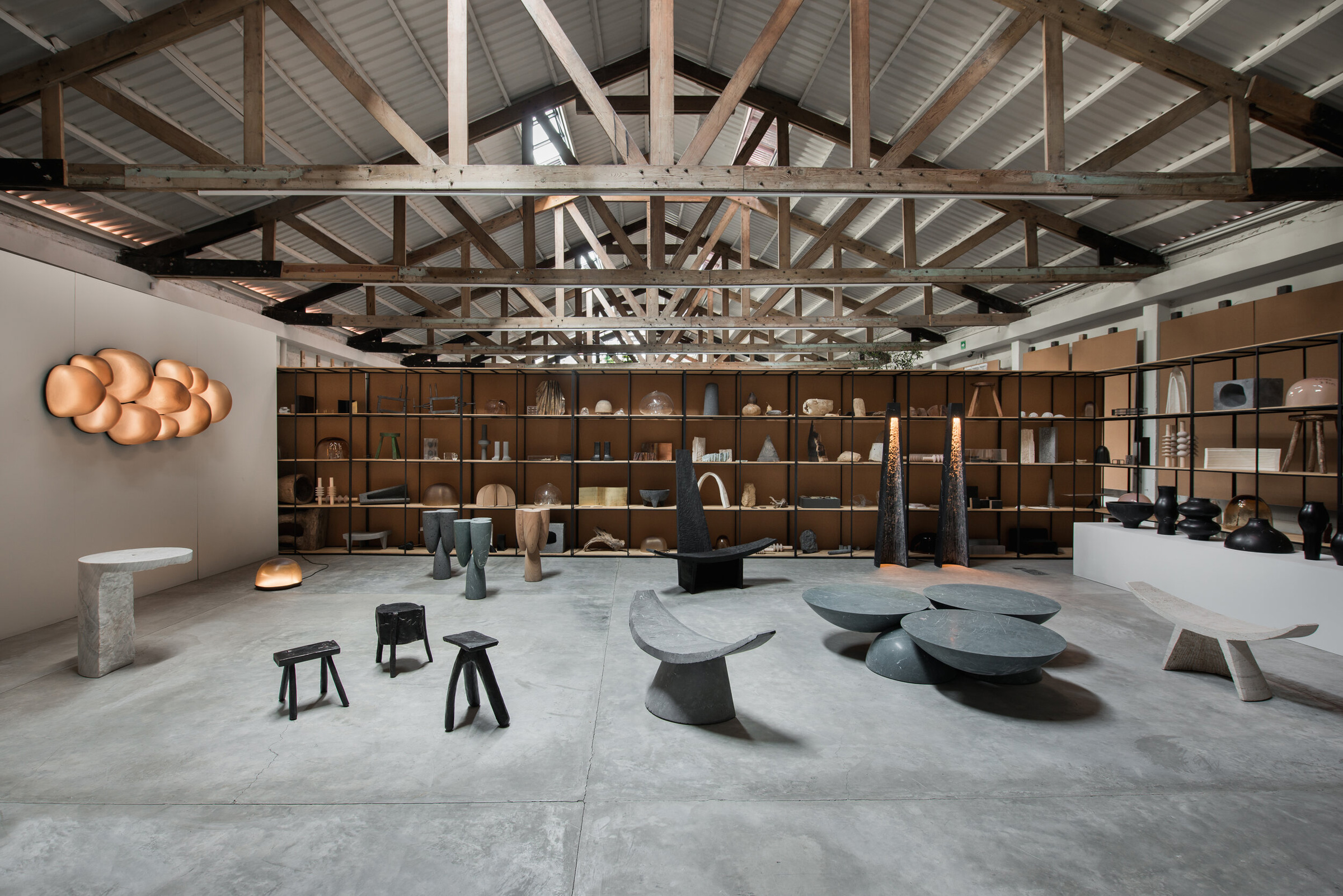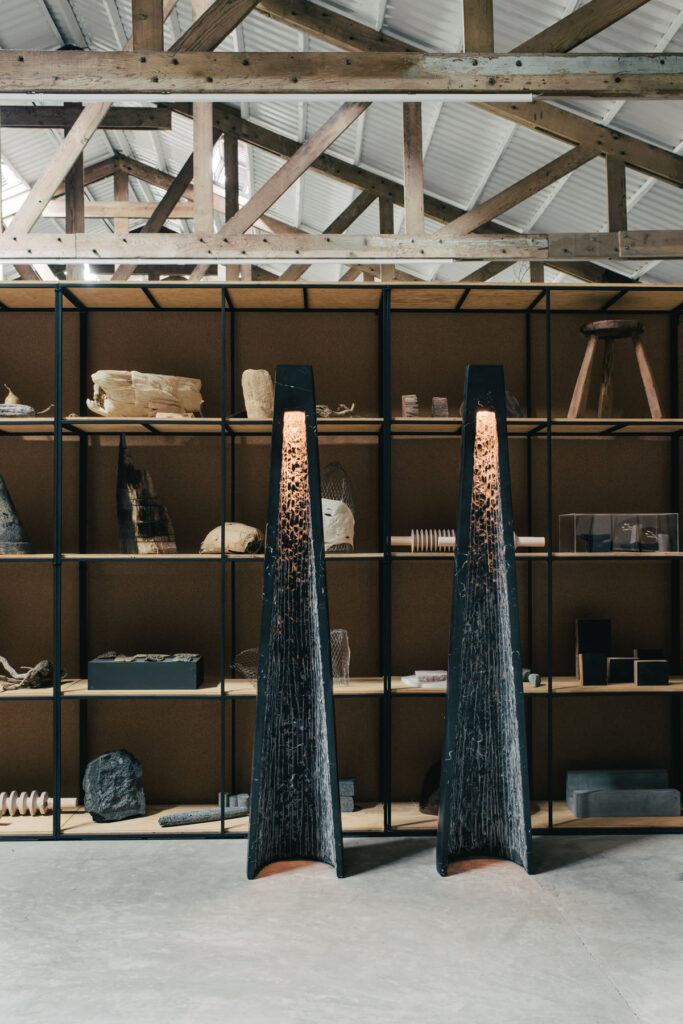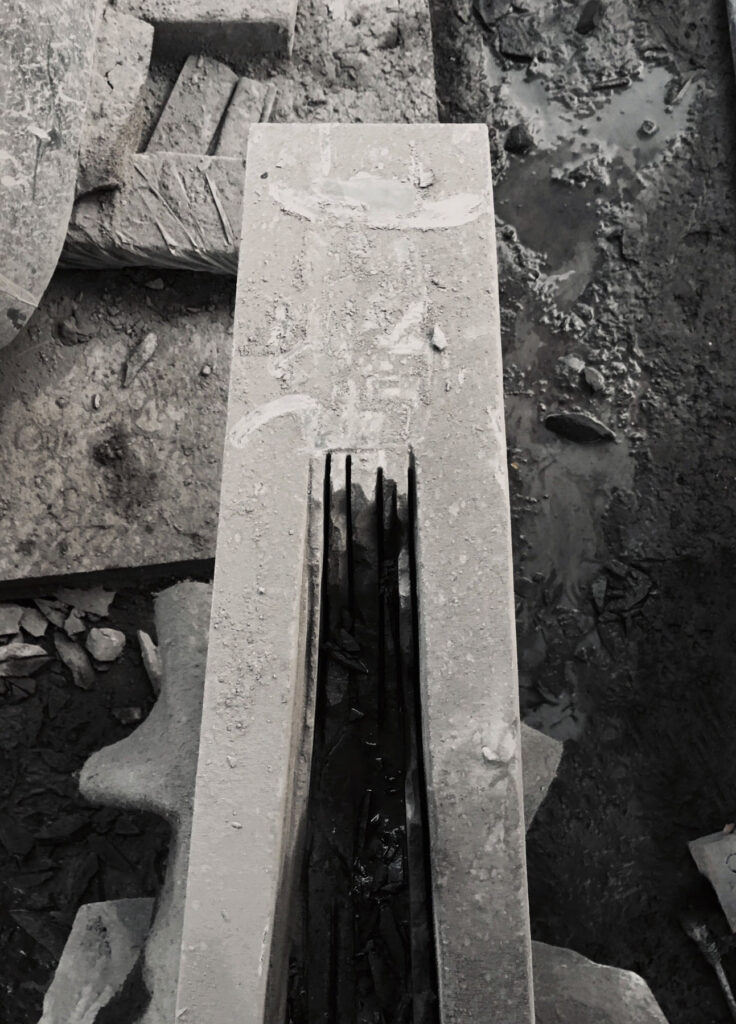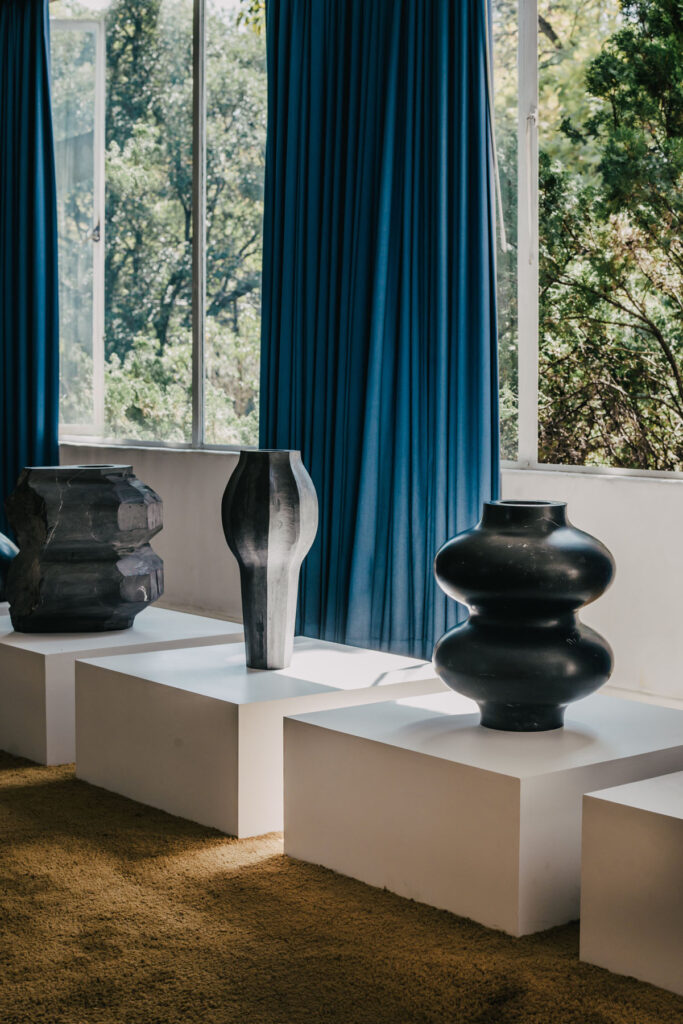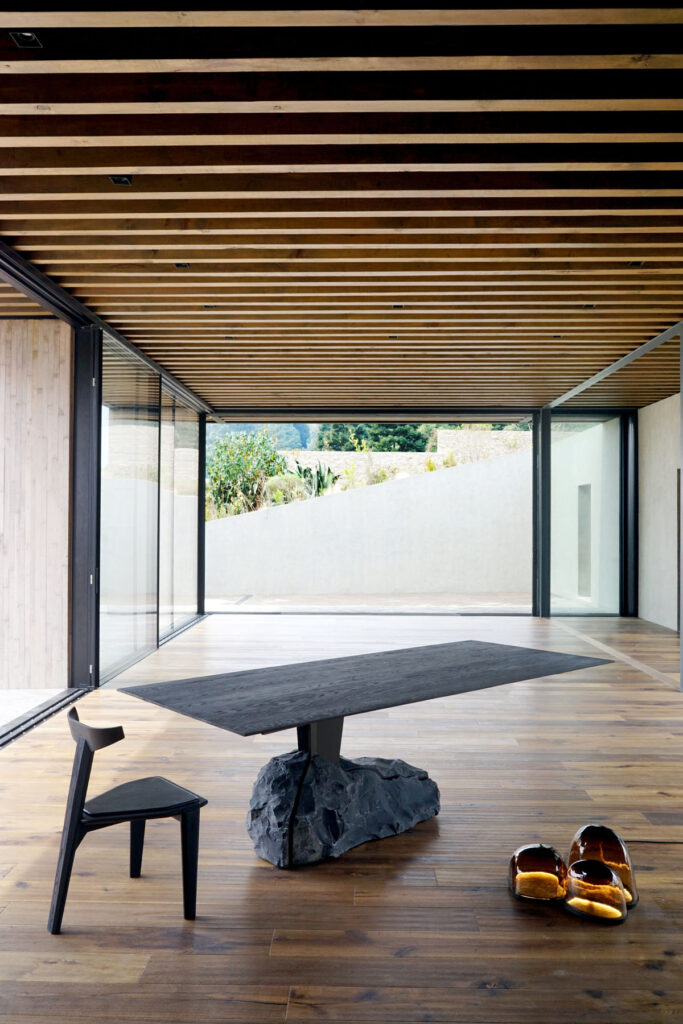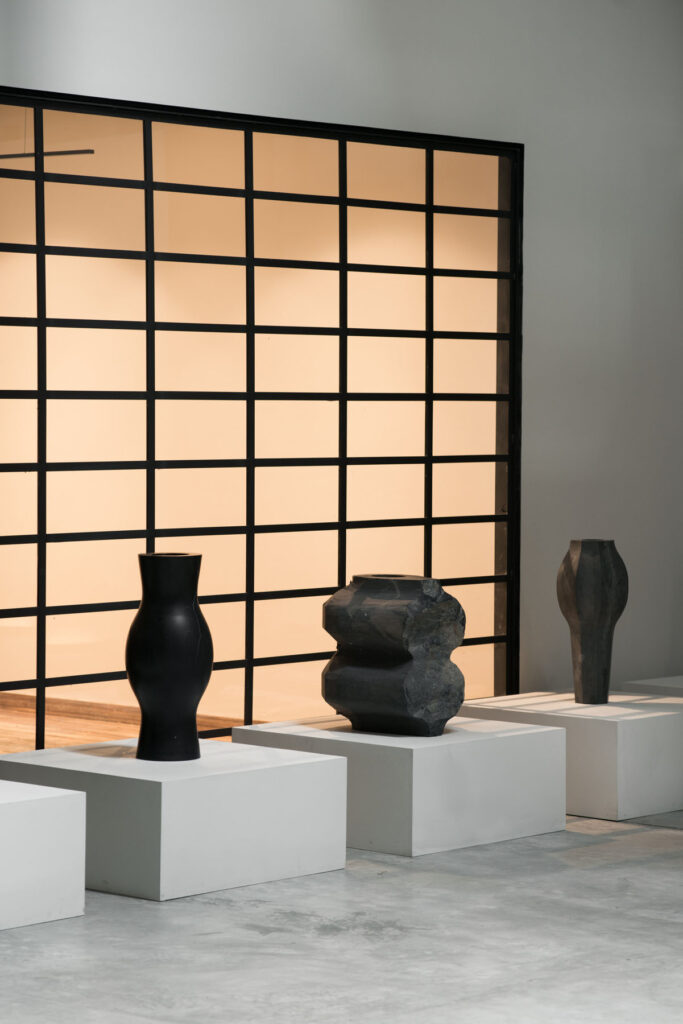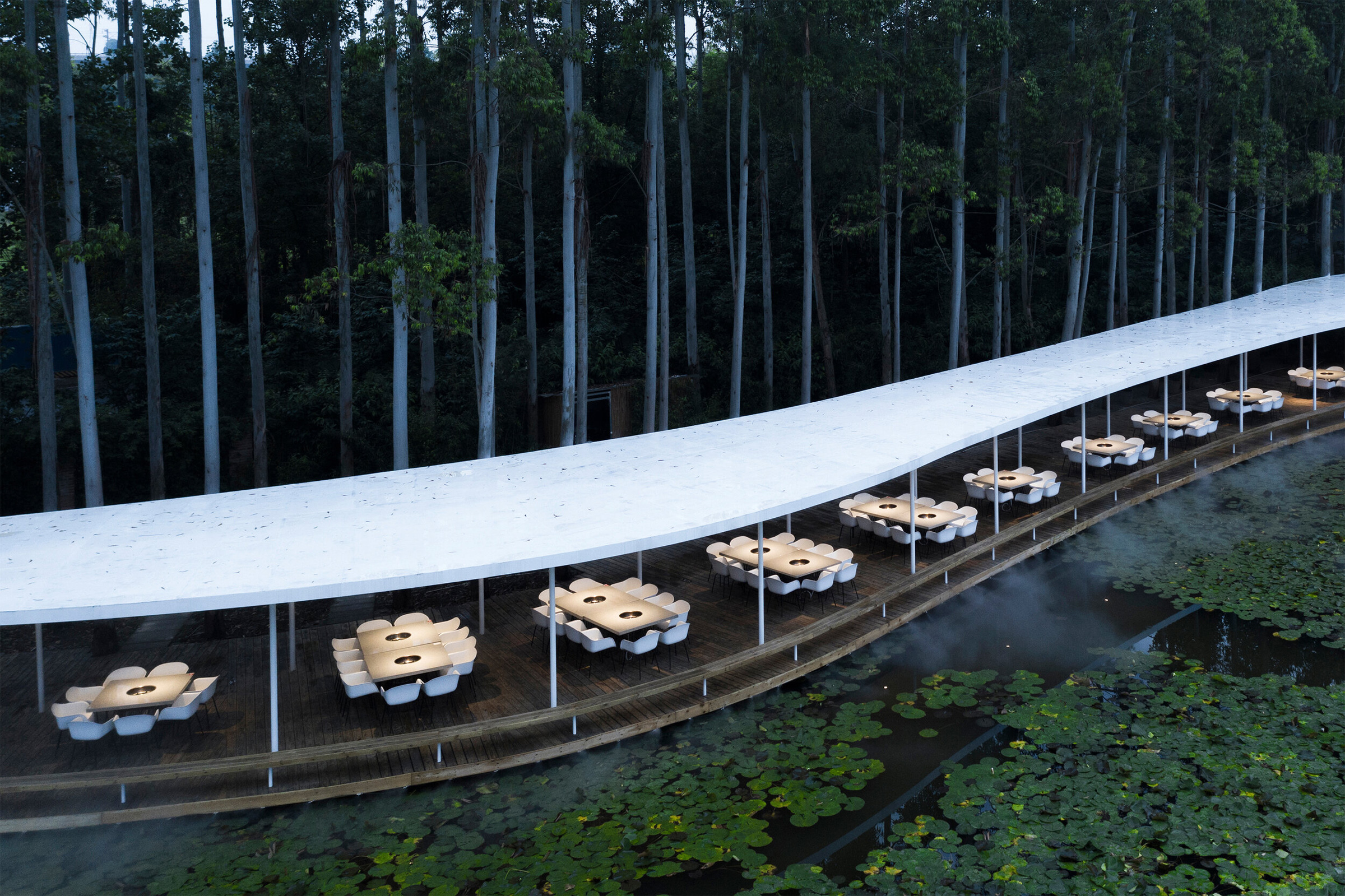
“preserving and staying respectful to the natural environment”
Garden Hotpot Restaurant designed by MUDA Architects is located in the Sansheng Township in the suburb of Chengdu, China. Surrounded by a lotus pond and nestled in the midst of a eucalyptus forest, the building’s unique design reflects the beauty of the natural landscape and pays homage to the established traditions of hotpot culture – the area’s traditional cuisine where a simmering pot is served at the table.
Originally founded in Boston in 2015, MUDA Architects have set up offices in both Beijing and Chengdu. The studio’s aim for the Garden Hotpot Restaurant was to gently integrate the site with the surrounding environment, creating a leisurely and peaceful dining experience. The suburb’s warm climate makes its location ideal for visitors, and Chengdu’s unique natural features made it the perfect setting for the architects to generate an interactive space.
With no external or internal walls, MUDA decided to construct the restaurant out of a series of pillars and boards to blend the building in with the surrounding woodlands, allowing it to gently integrate with the site. The building’s canopy skirts the body of water, curving organically and seemingly in response to the landscape, replicating the shape of steam and smoke of hotpots diffusing into the air, further blurring the boundary between the building and nature.
The overall aim of the design was to minimise human intervention and enhance the interaction between the guests and nature. NR speaks with the architecture studio to learn more about their approach to sustainability and design.
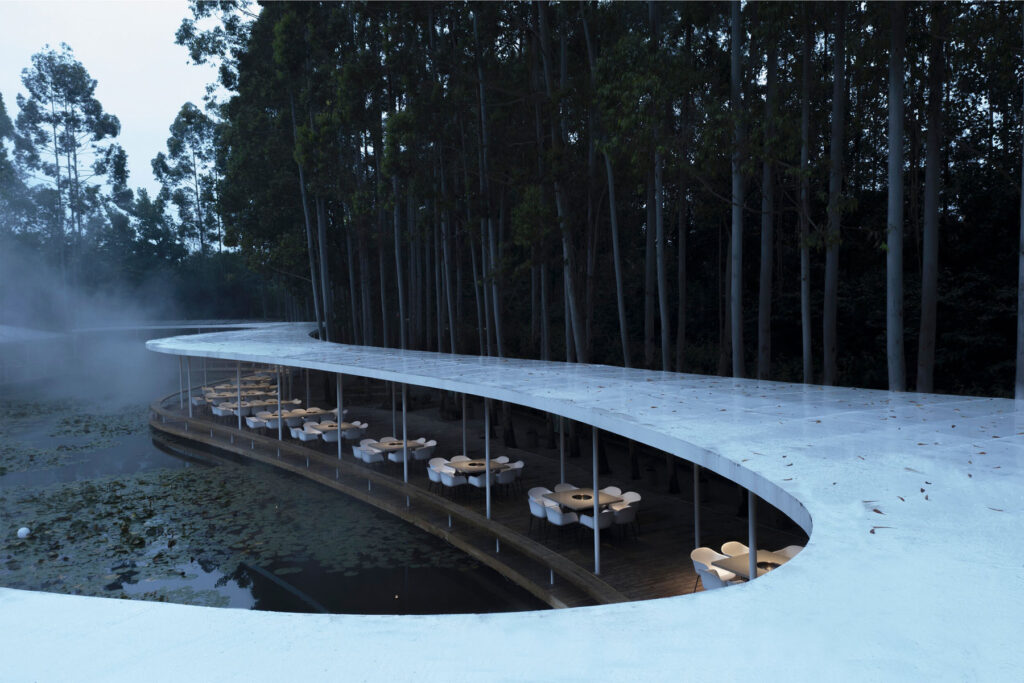
The restaurant is located in the Sansheng Township – what were the advantages of working in such a suburban area?
The natural environment of the suburb is incredibly beautiful and peaceful. Its also very close to the city, so visitors can reach it easily.
How did you decide to integrate hotpot culture into the design of the restaurant?
“Hotpot” is the best representation of the leisurely spirit of life in Chengdu; so we thought it best for the design concept of the restaurant to echo this culture. We drew inspiration from the dense smoke rising from the boiling soup of the hot pot to create the free-flowing curves of the building.
How do you feel the project reflects and respects its surrounding environment?
When I first visited the site, I was deeply impressed by the breathtaking natural environment, with its tall eucalyptus trees and silhouettes of egrets skimming through the forest. To preserve the eucalyptus trees on the site, we mapped their locations so the building could curve to avoid the plants, preserving and staying respectful to the natural environment.
Did any other elements of the natural landscape inform or inspire the building’s design?
Inspired the trunks of the eucalyptus trees, we used white columns to support the roof, allowing the columns to integrate with the trees.
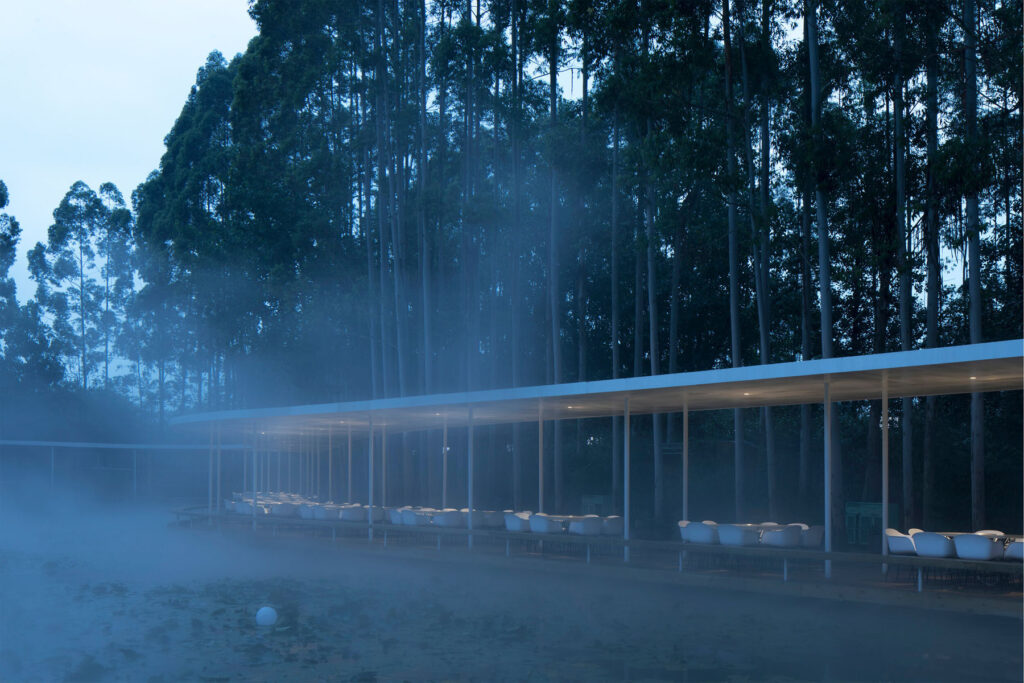
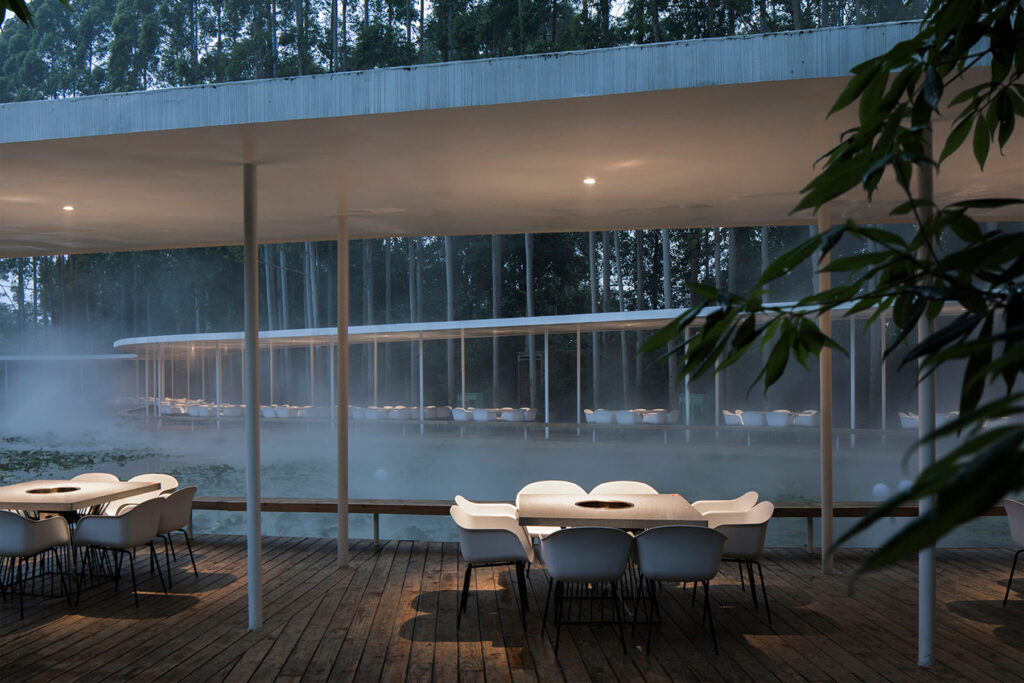
What was the process like when working with the natural environment – was it important for you to conserve some of the landscape?
Preserving the natural environment was a focus of ours. During the construction process, we shared with the contractor about the measures we were willing to take to help protect the natural environment of the site. We avoided large construction equipment and instead used manual operations.
Was bringing people closer to nature an important part of the project?
Absolutely. With the idea of paying the greatest respect to the natural environment, we decided to blur the architectural scale, leave out walls, and only use pillars and boards in order to let the building gently integrate with the site and to delineate the shape of the lake in a gentle way, so that visitors could experience the natural landscape close-up.
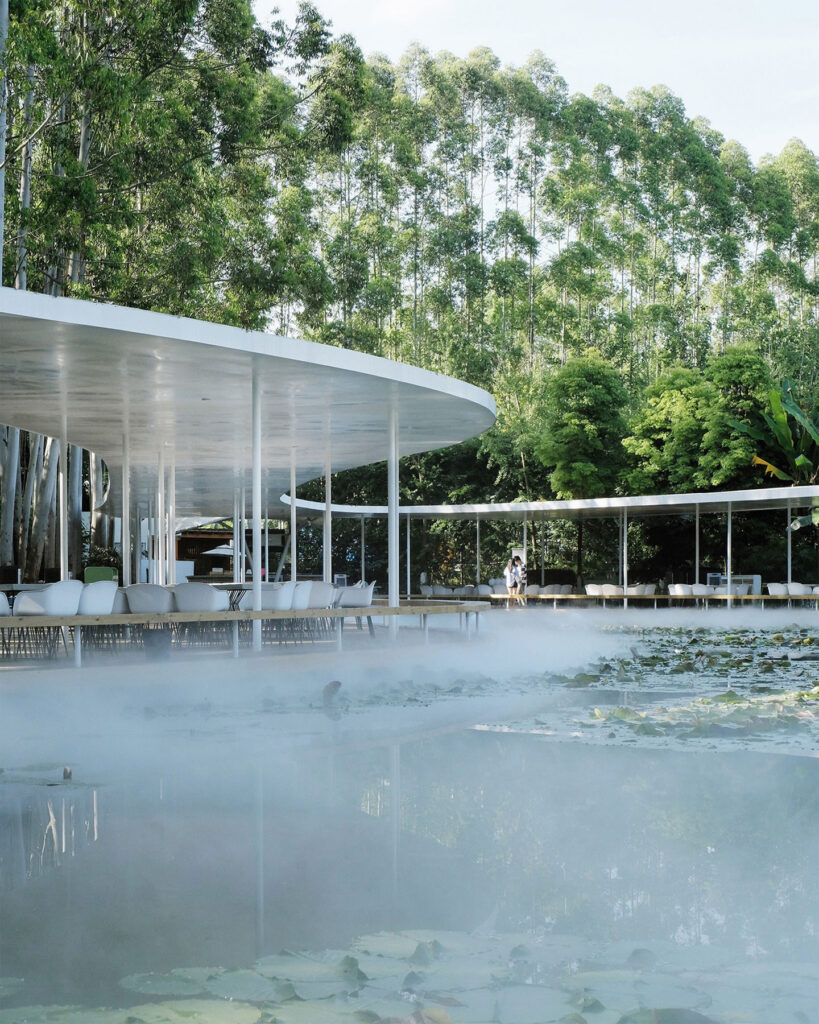
The features of your other project, the Xinglong Lake CITIC Bookstore, also interprets cultural traditions – is this something that you try to maintain within each of your designs?
The design concept of the Xinglong Lake CITIC Bookstore originates from the idea of “a book falling from the sky”, and the curved roof refers to the local traditional single-pitch roof. We aim to tap into each project’s locality and culture, and to incorporate that in a contemporary way into our design strategy.
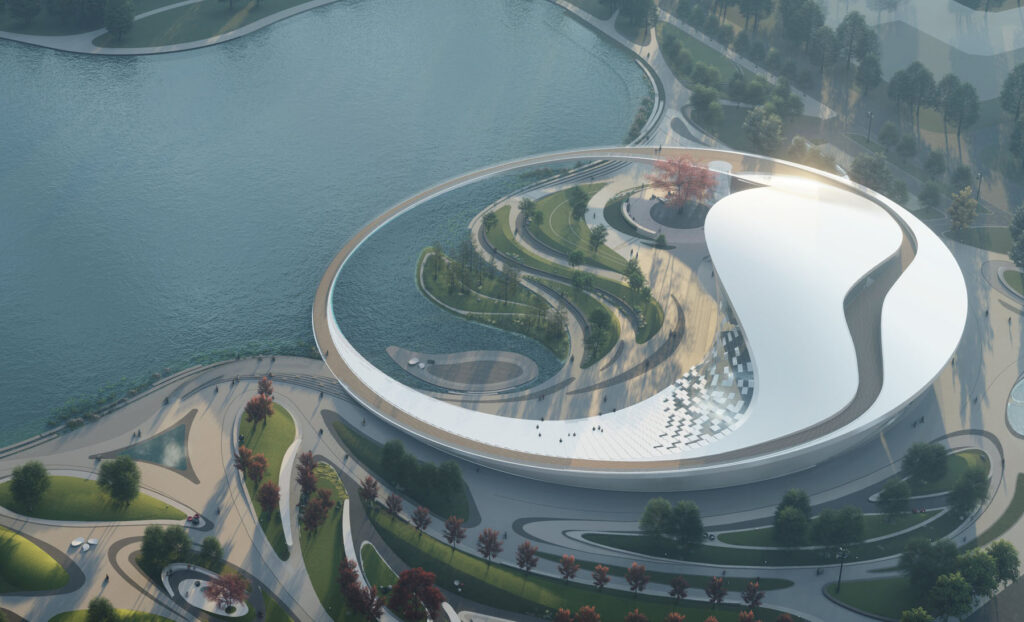
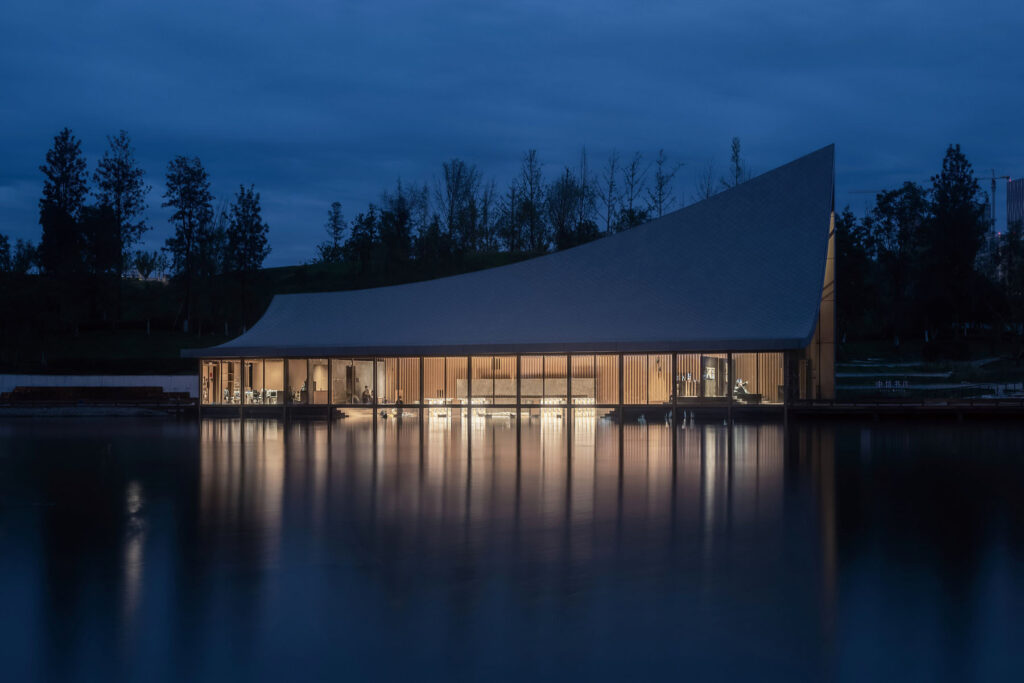
What are some of the projects MUDA is currently working on?
The projects that are under construction right now are the M50 Art Hotel, Haikou Visitor Center and the TCM Museum of Pengzhou.
Credits
Images · MUDA ARCHITECTS
www.muda-architects.com
